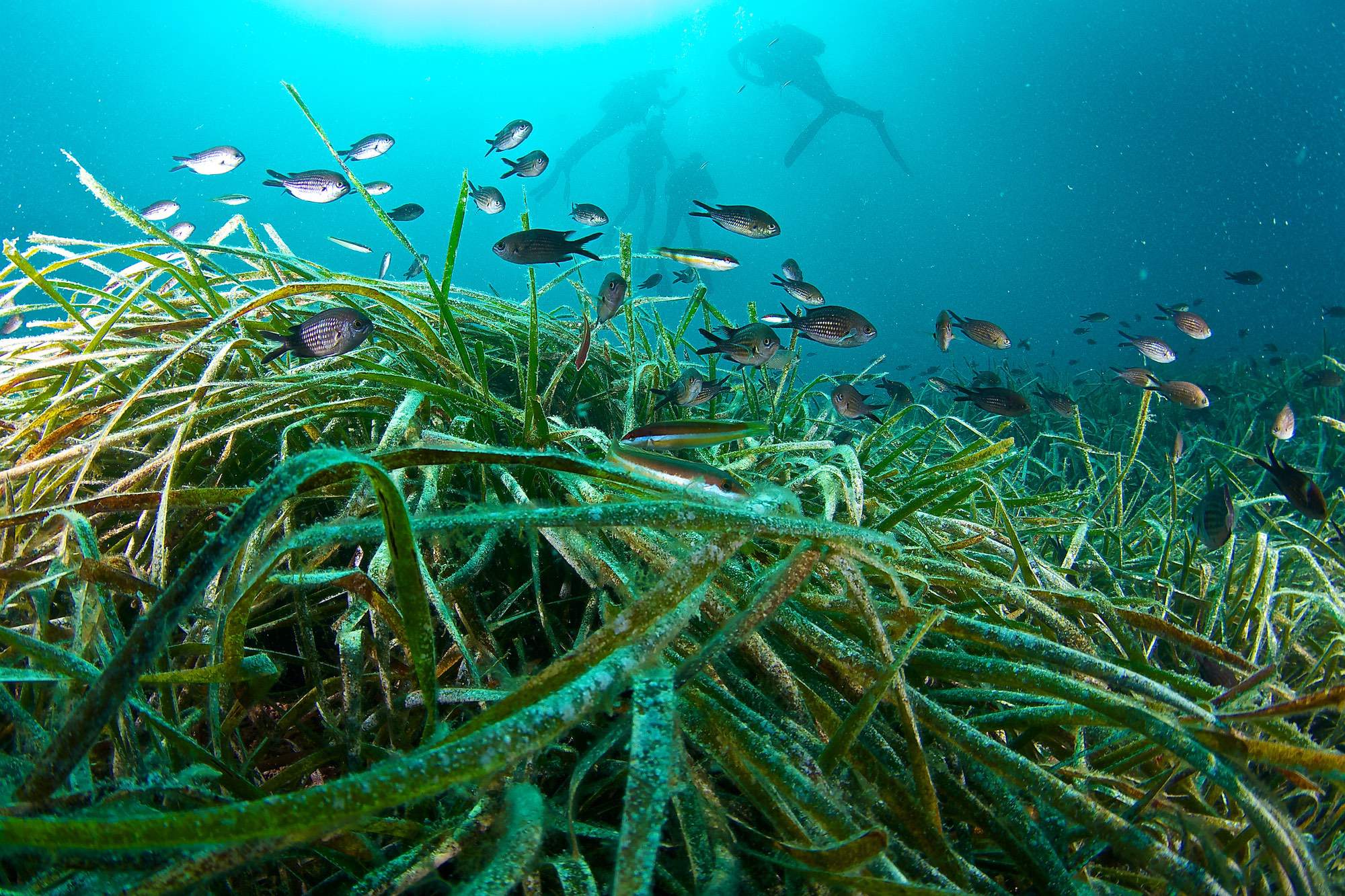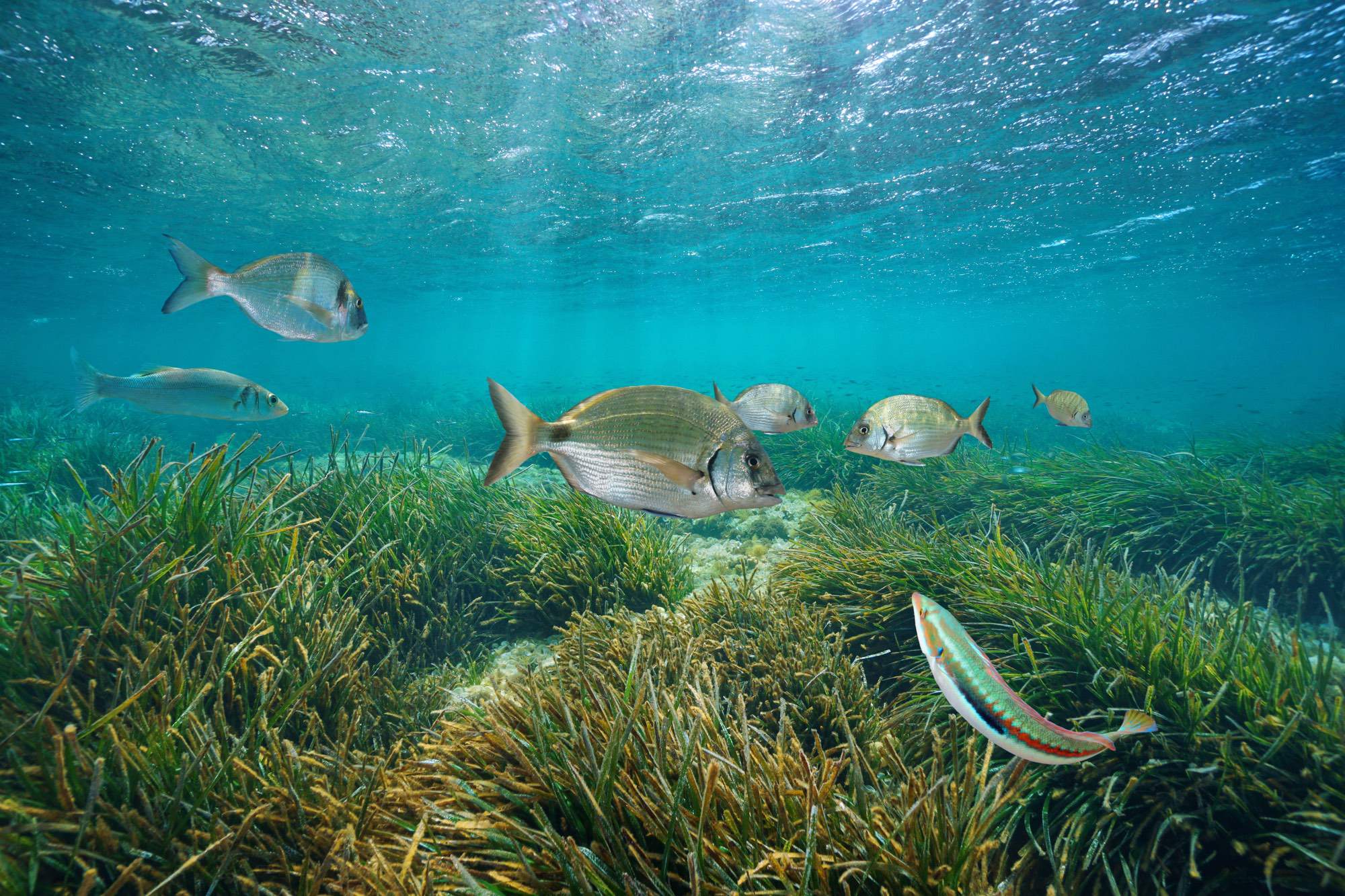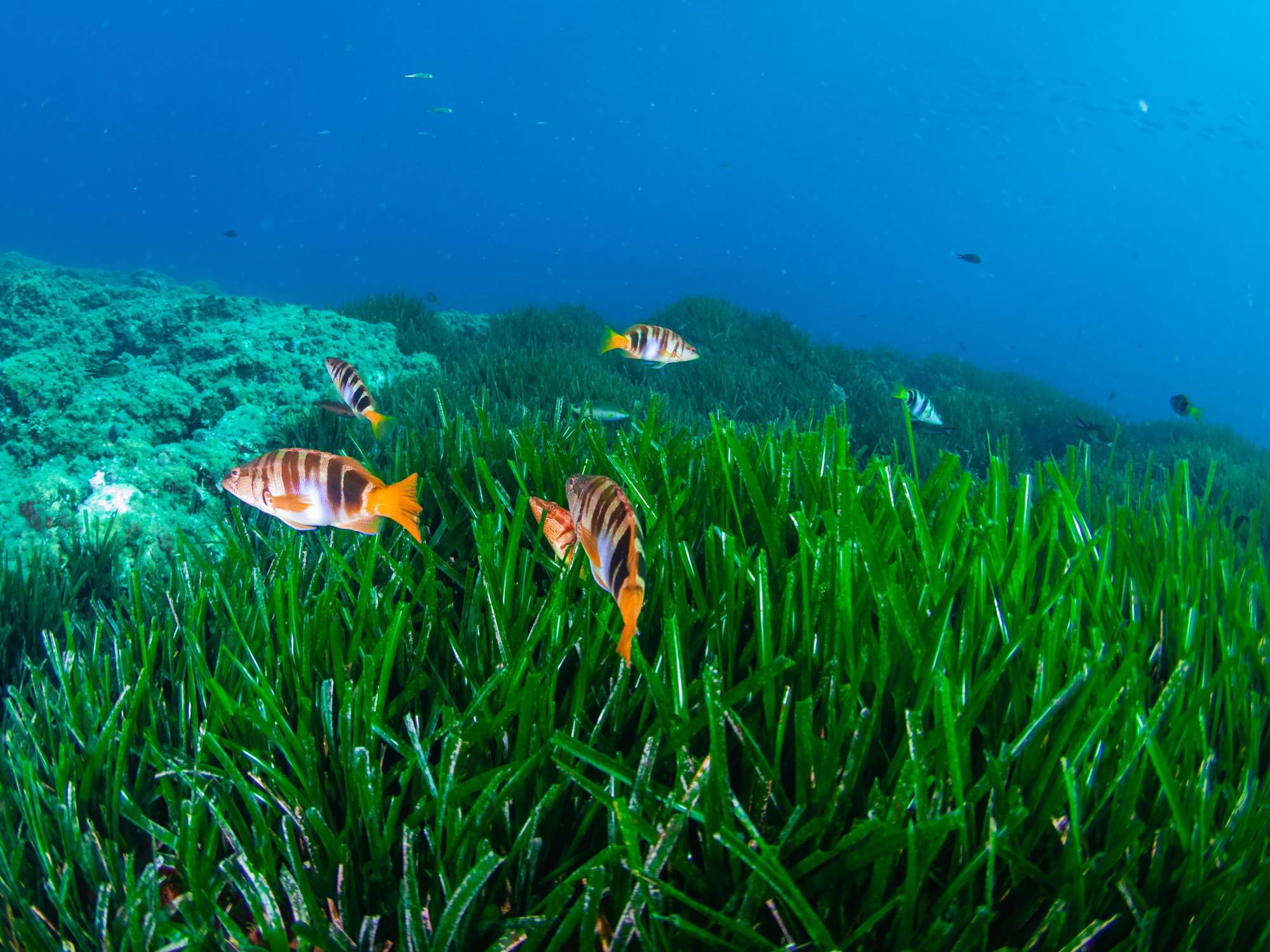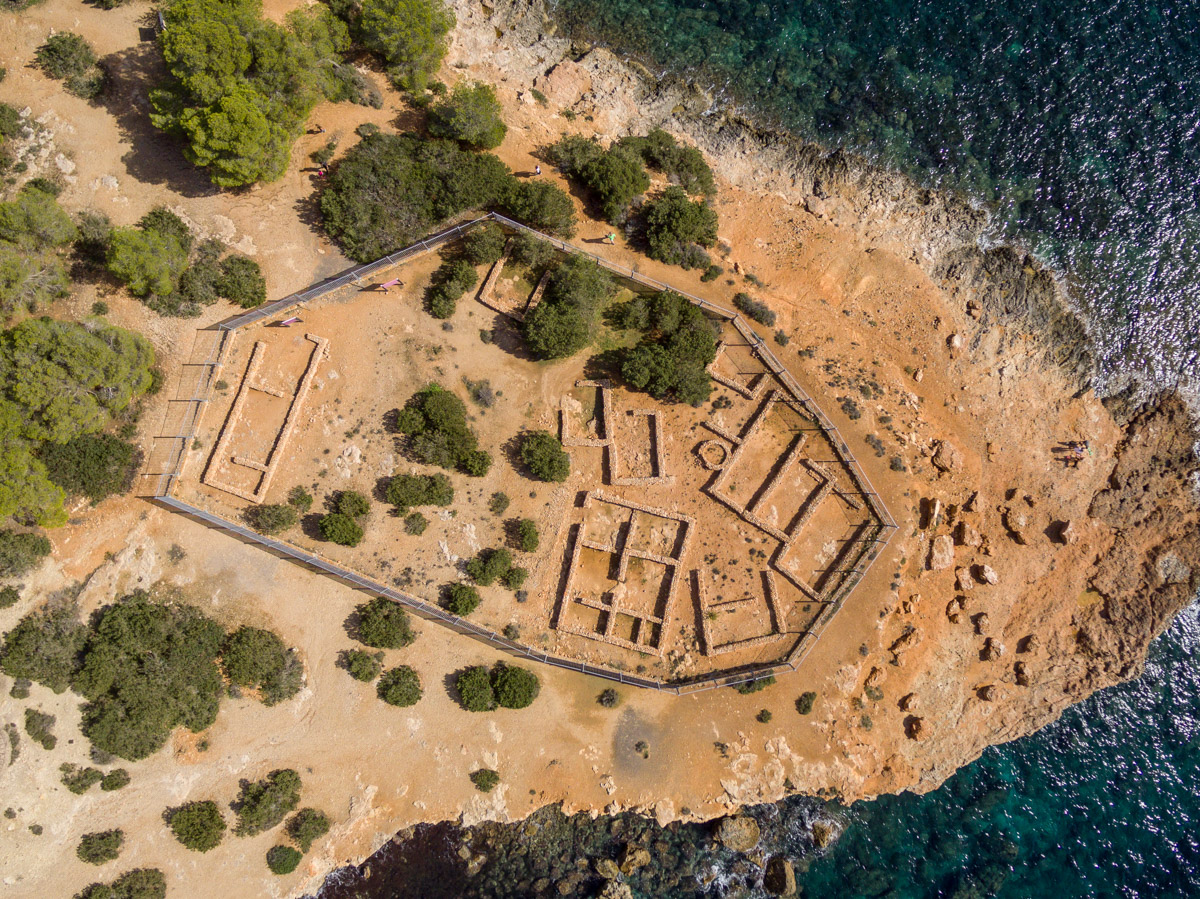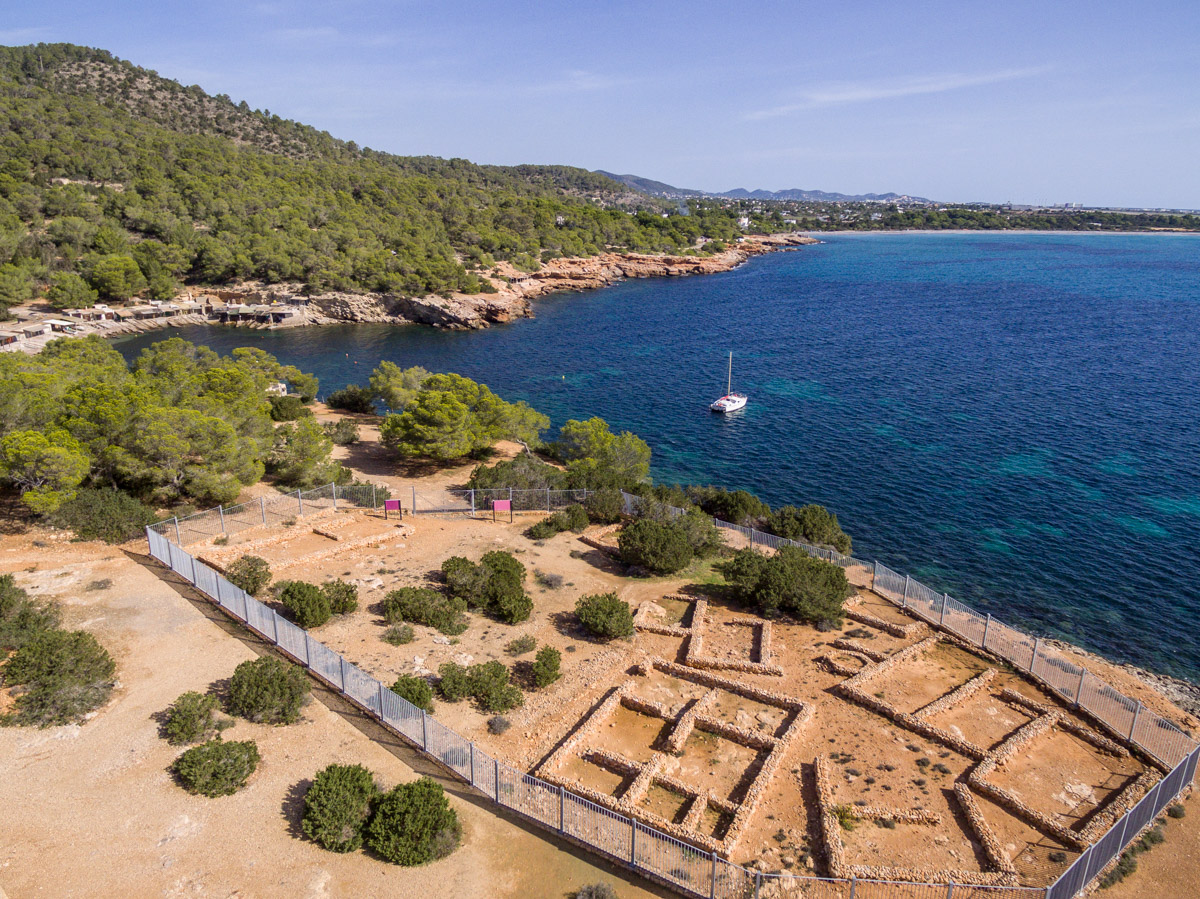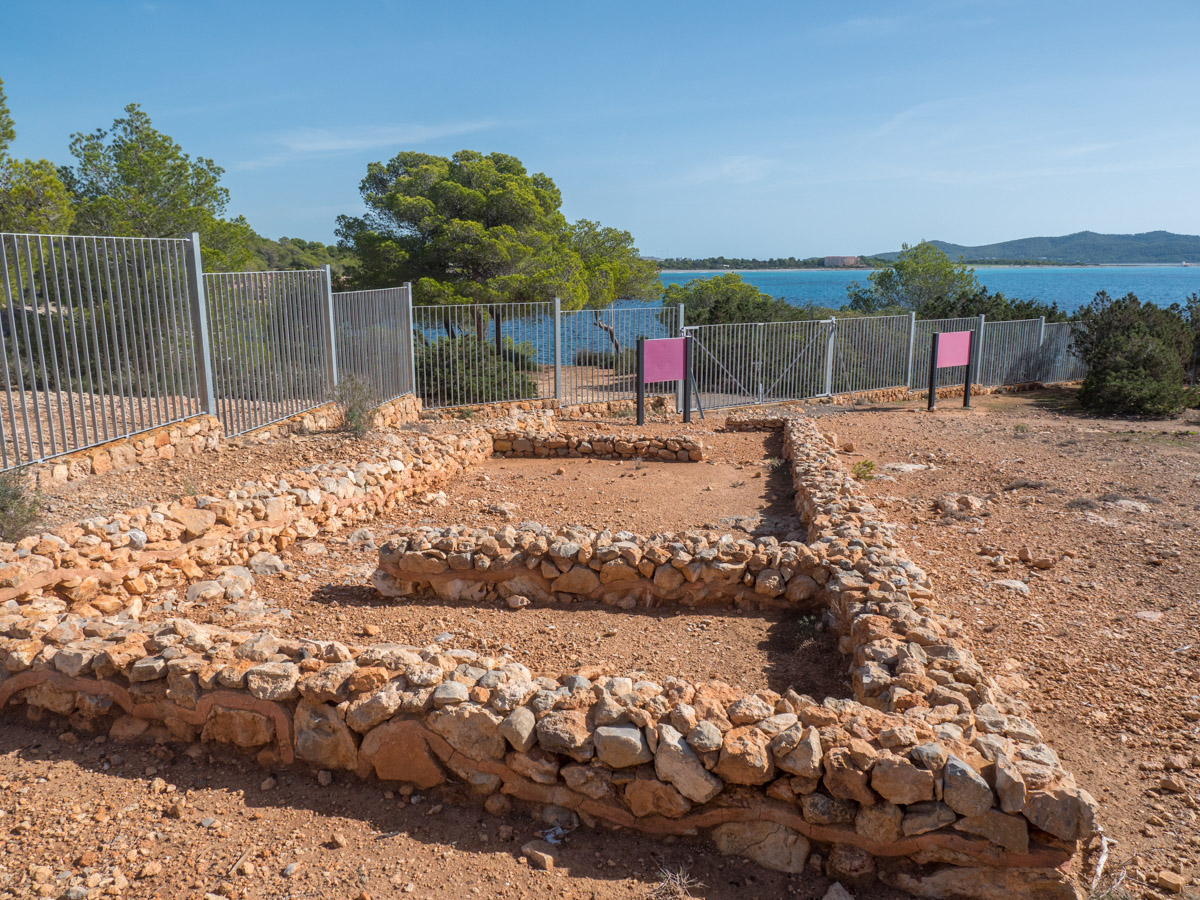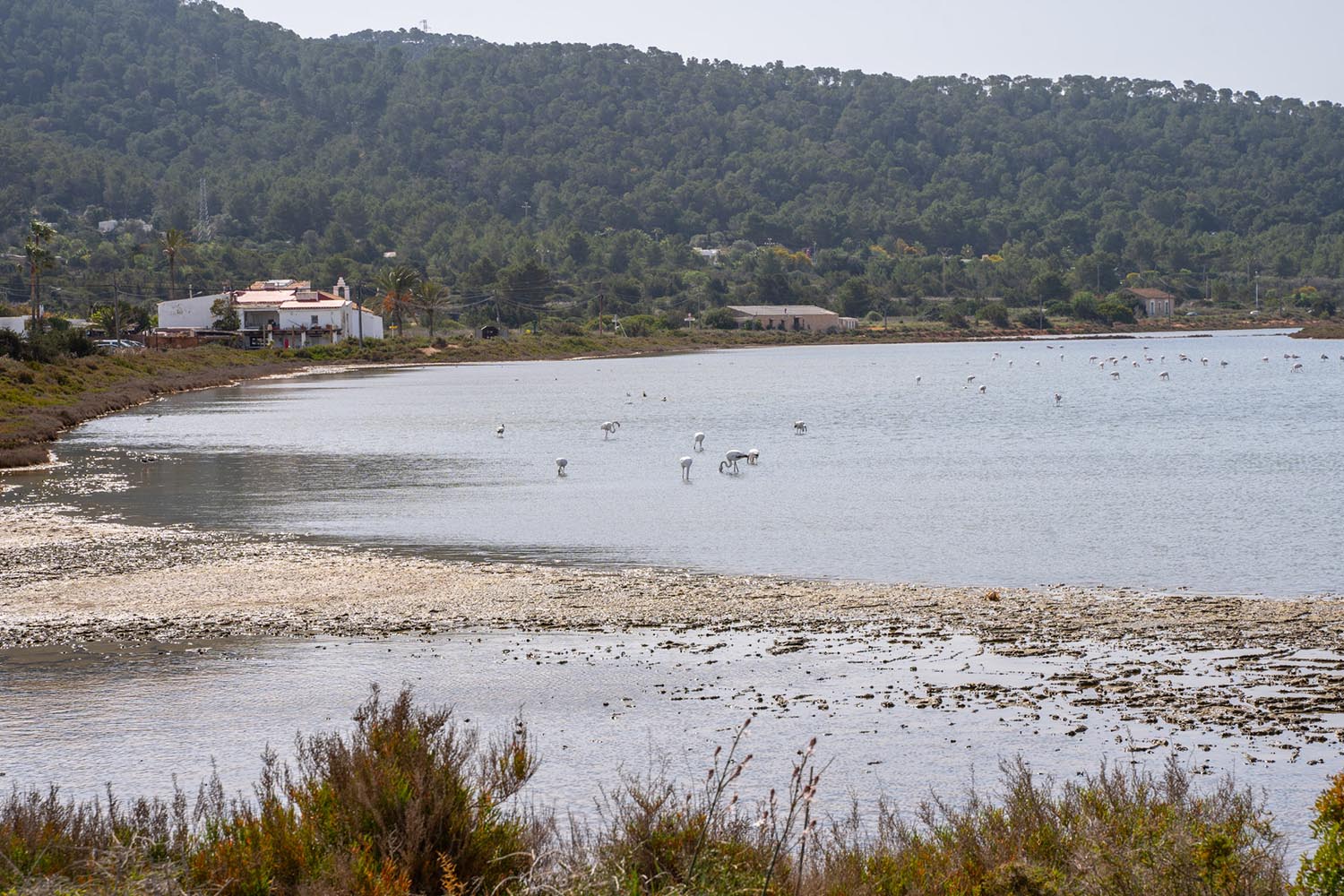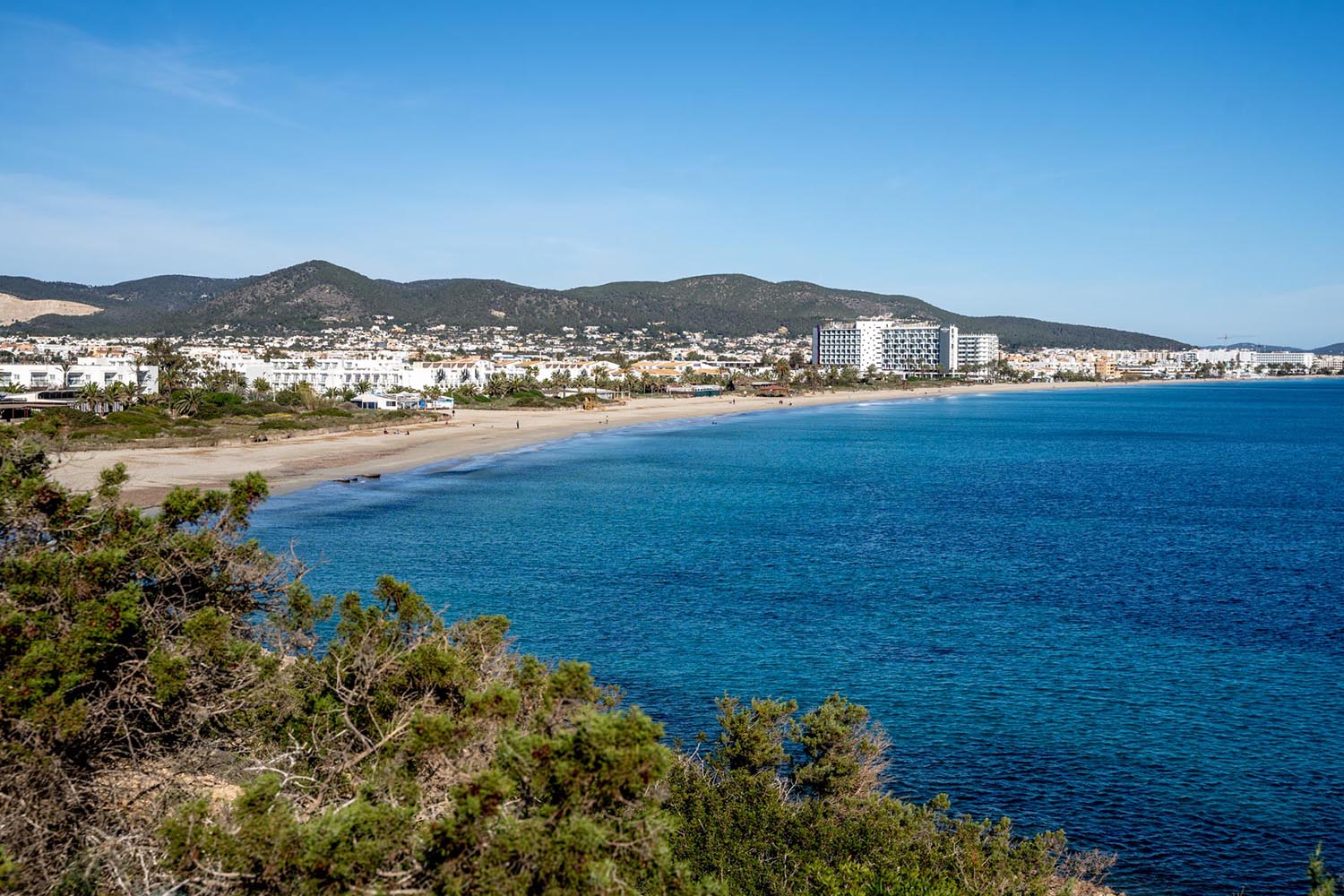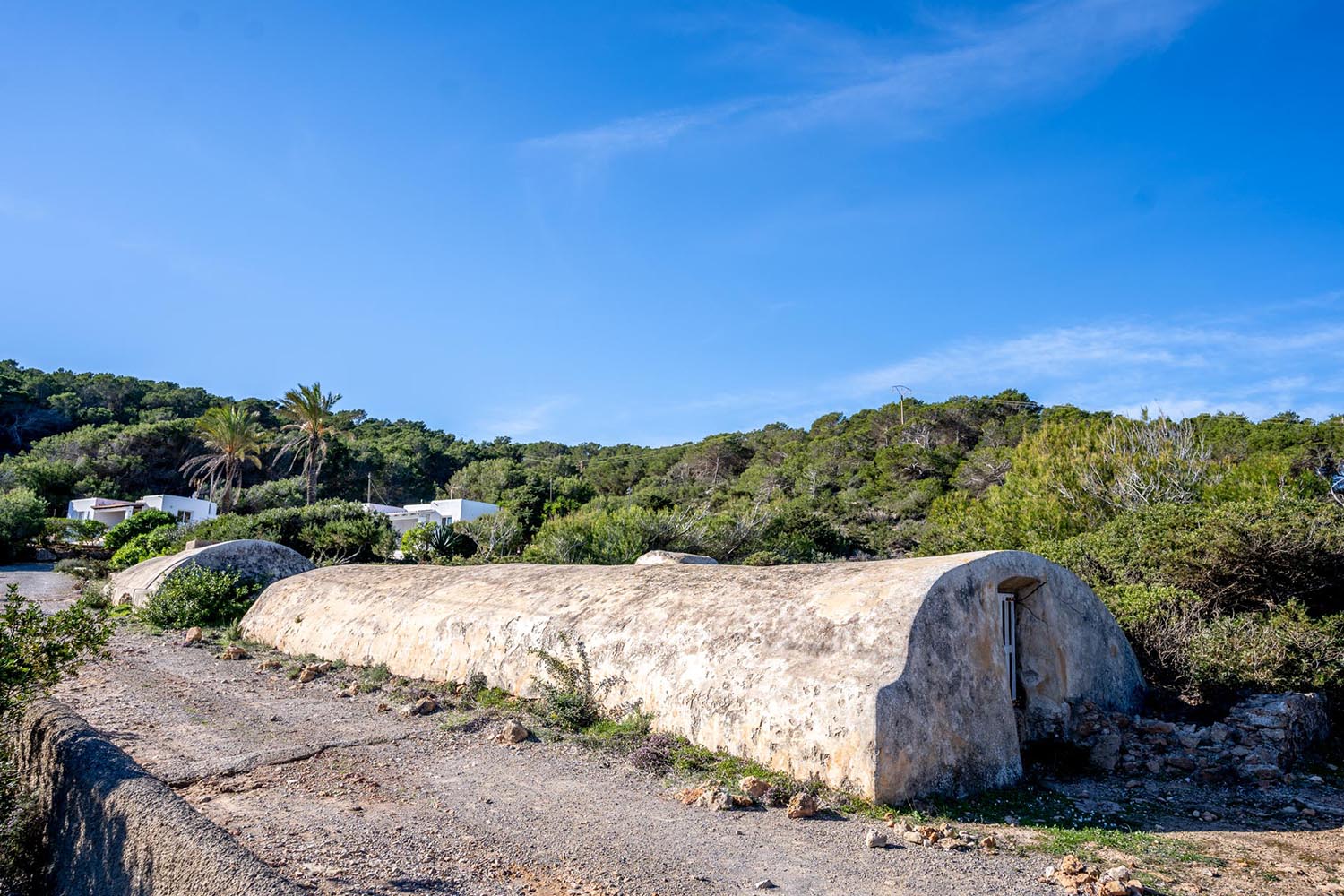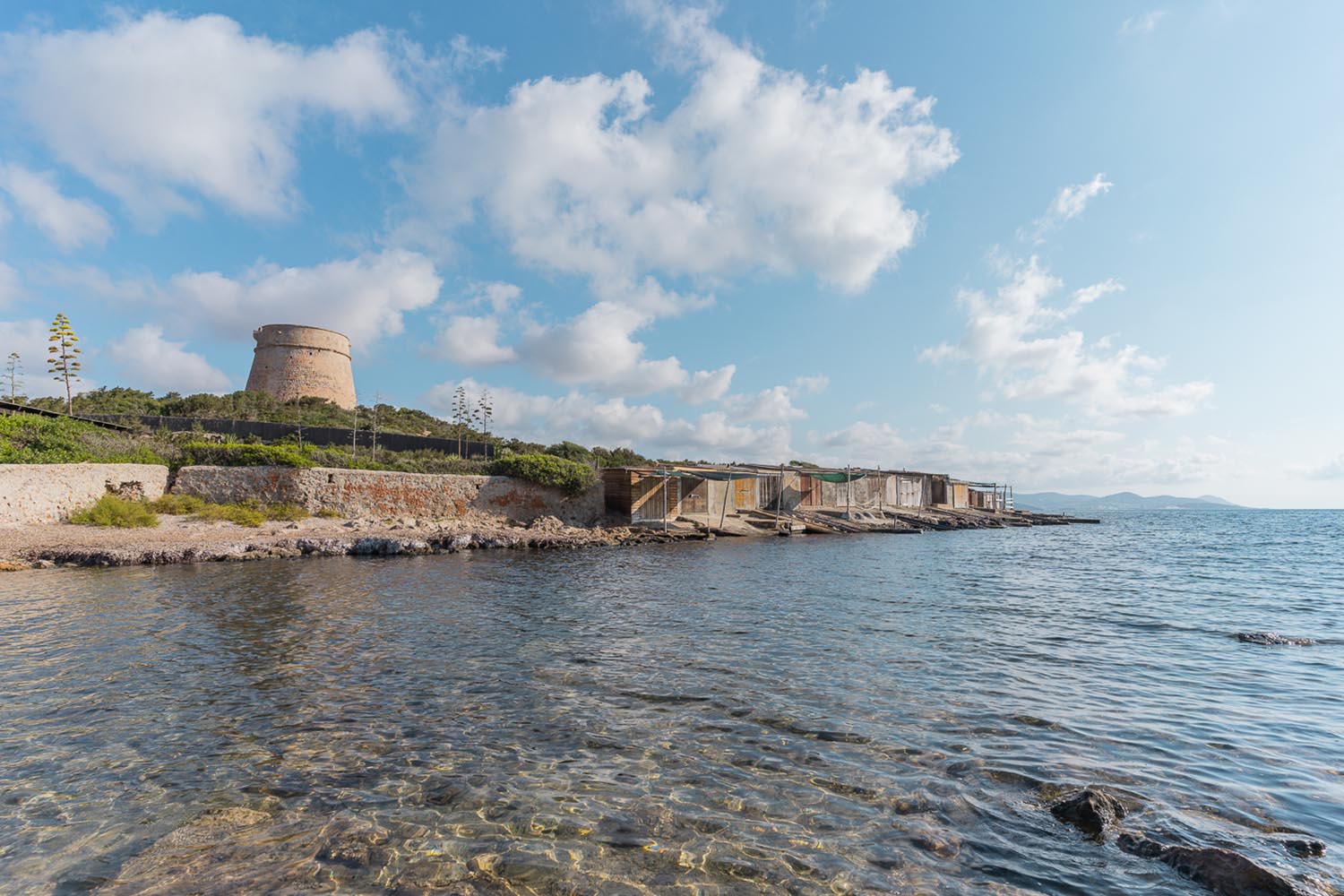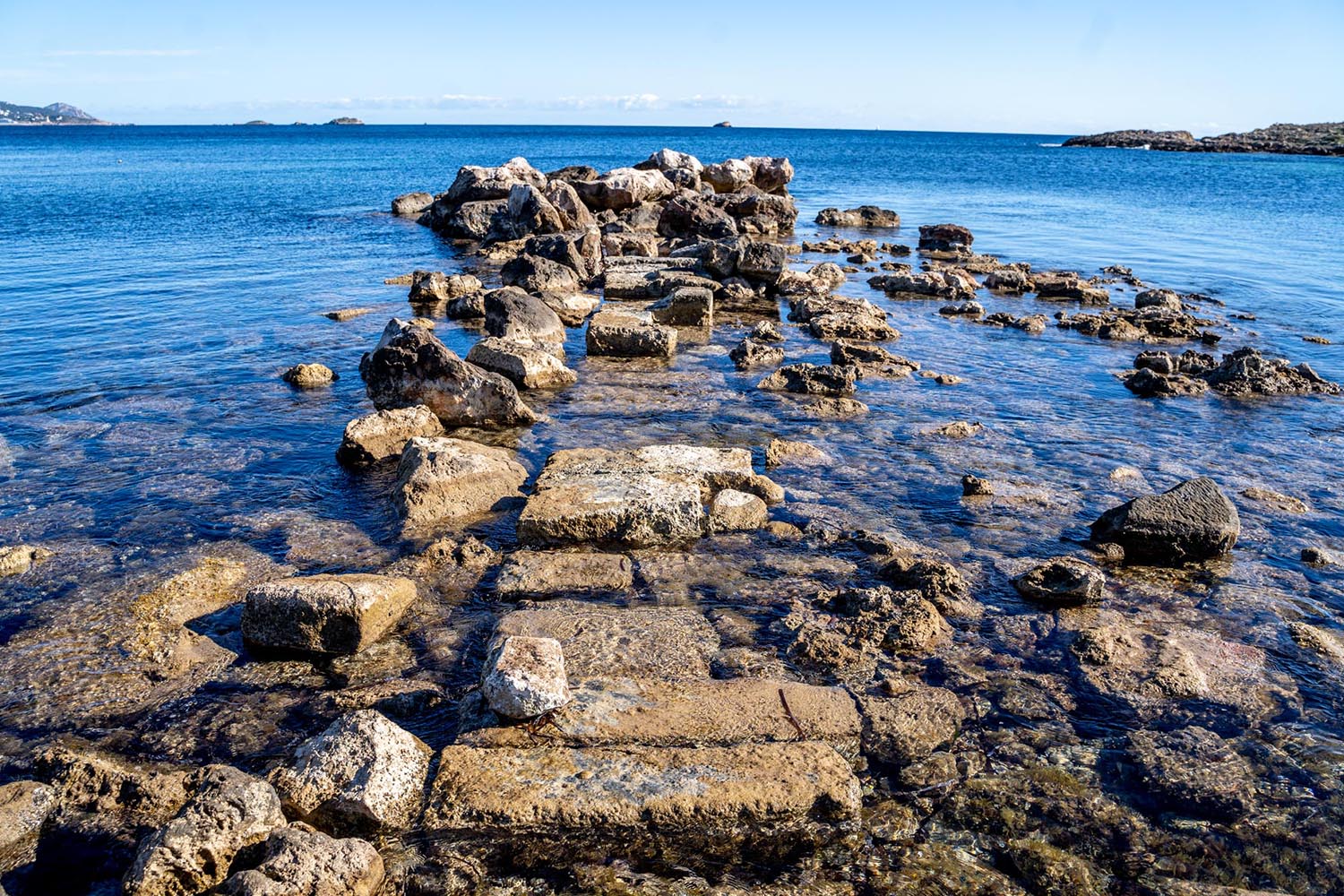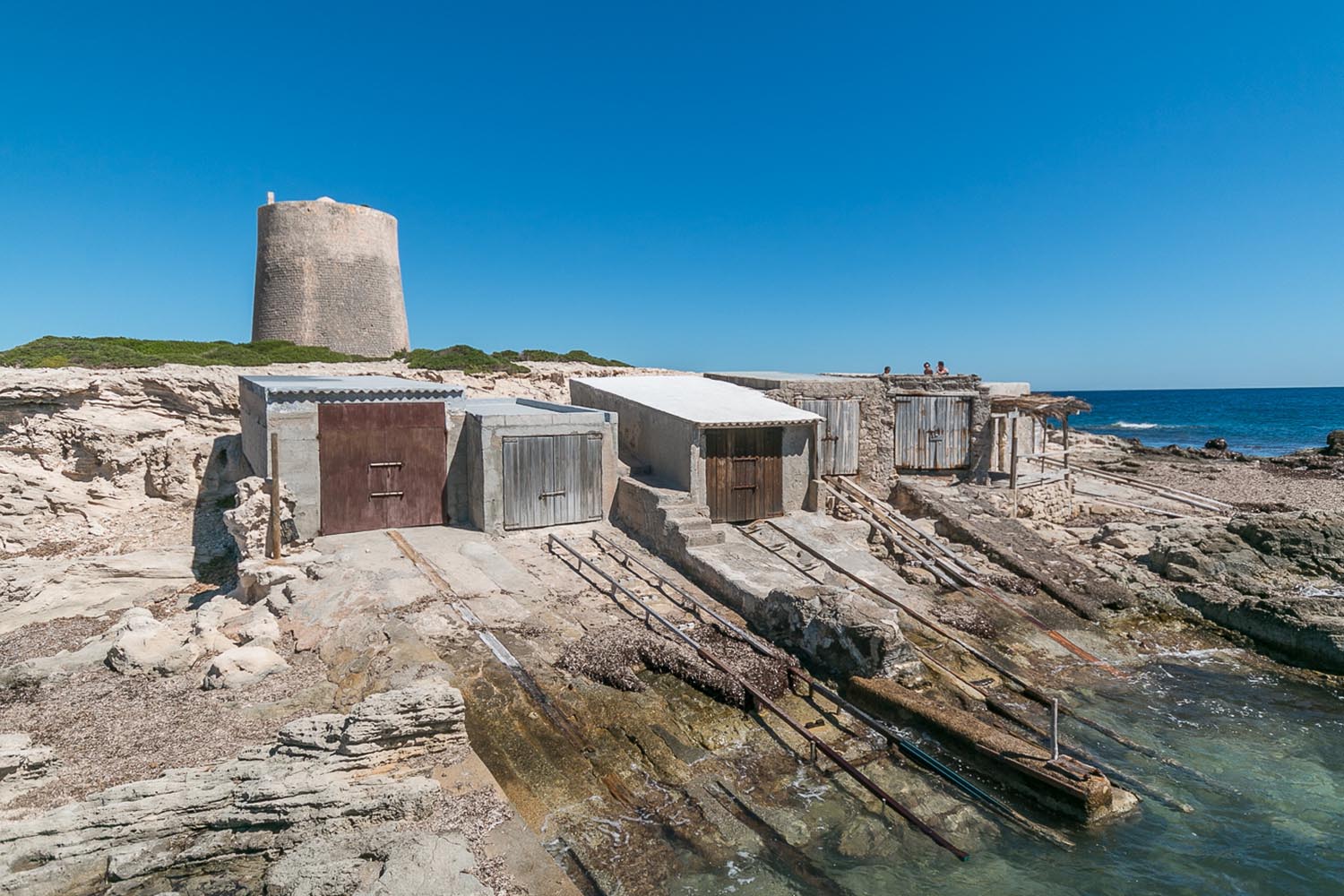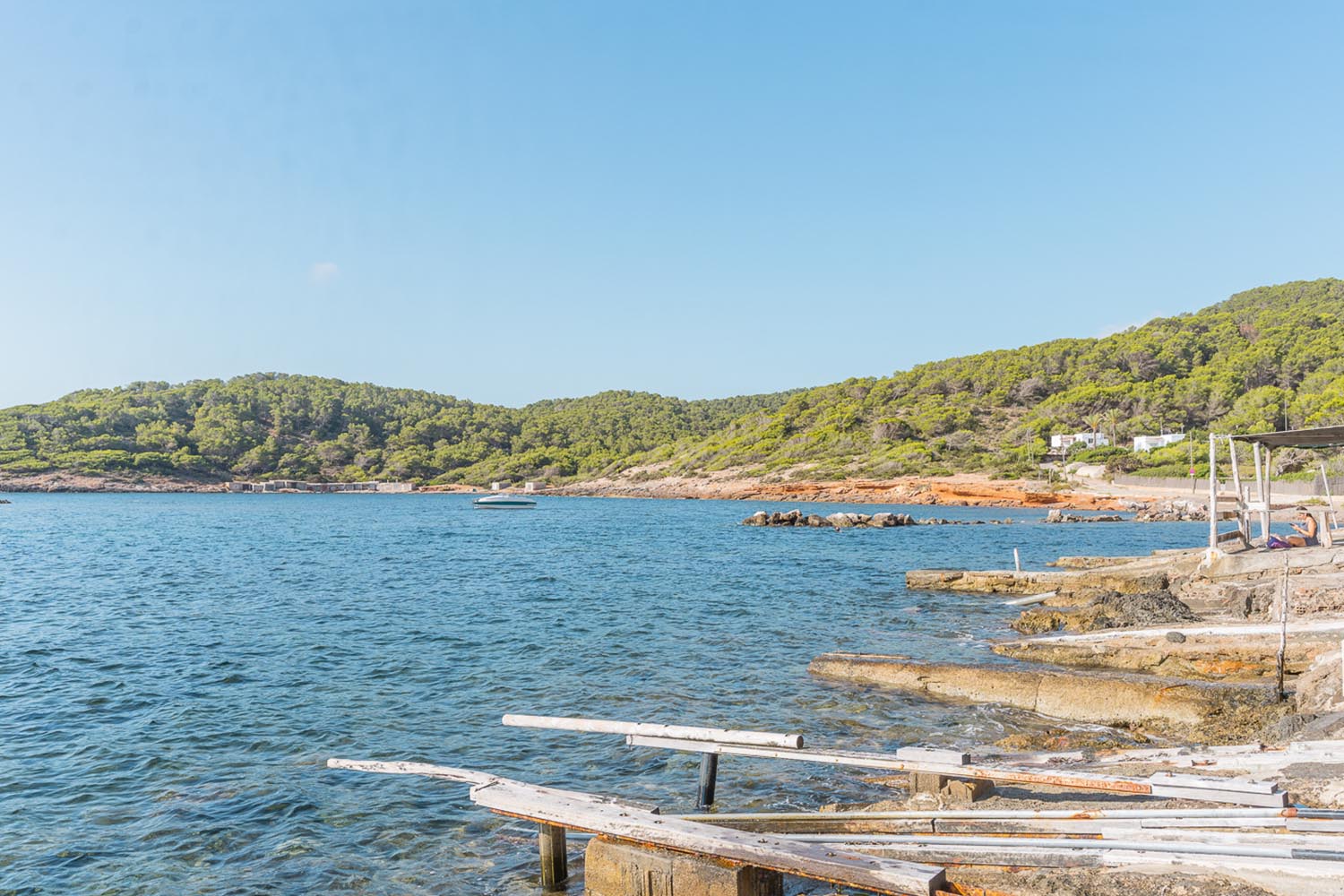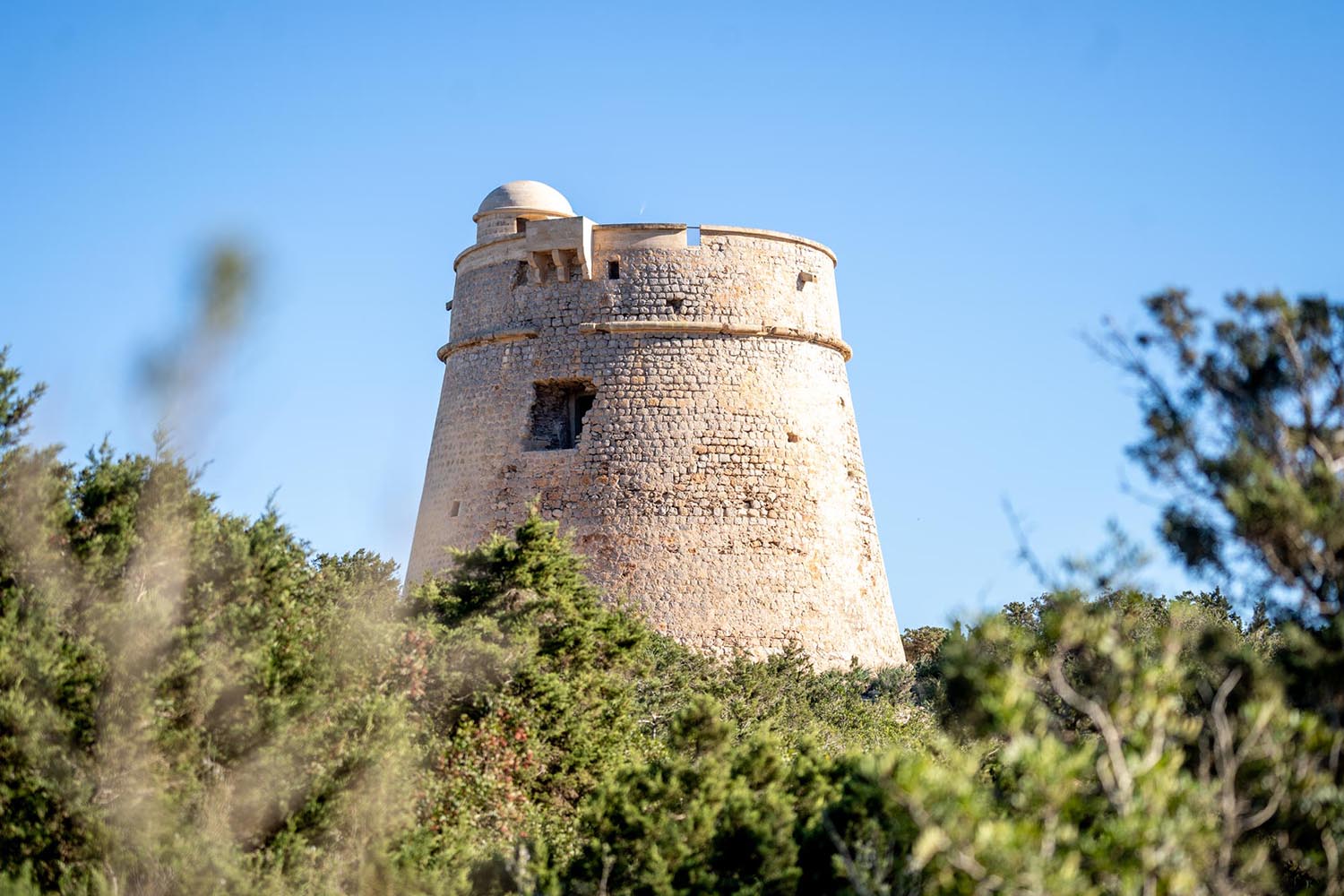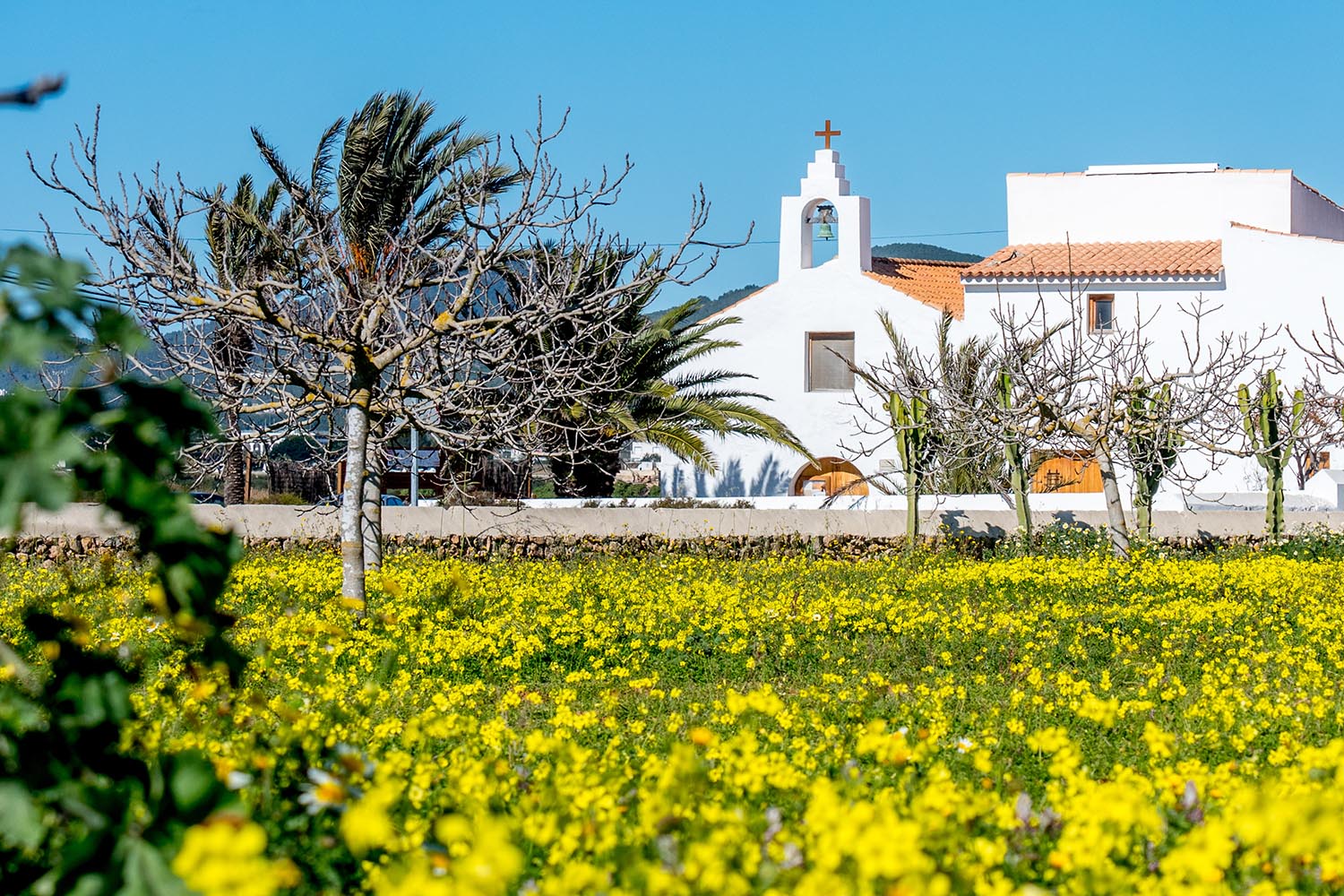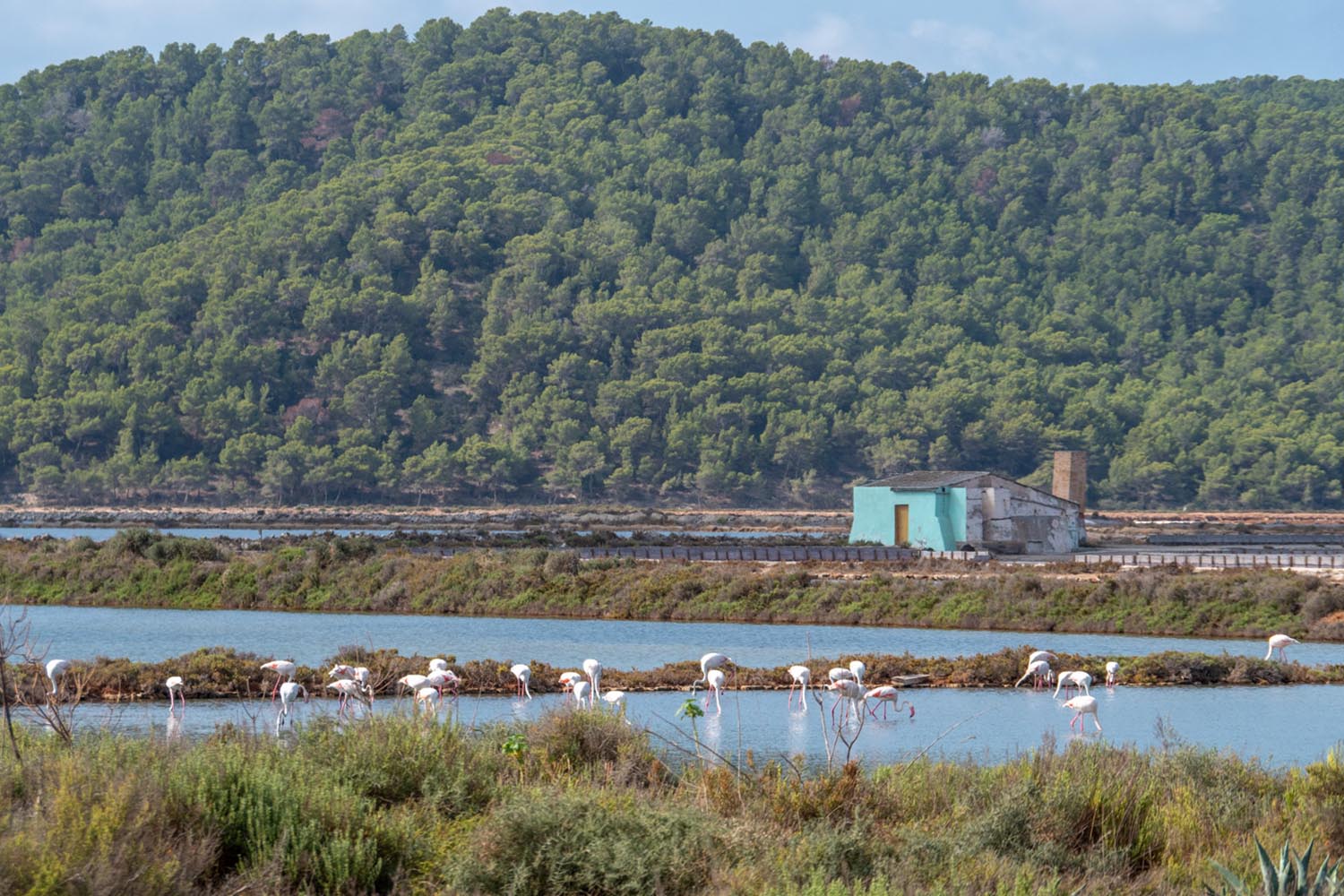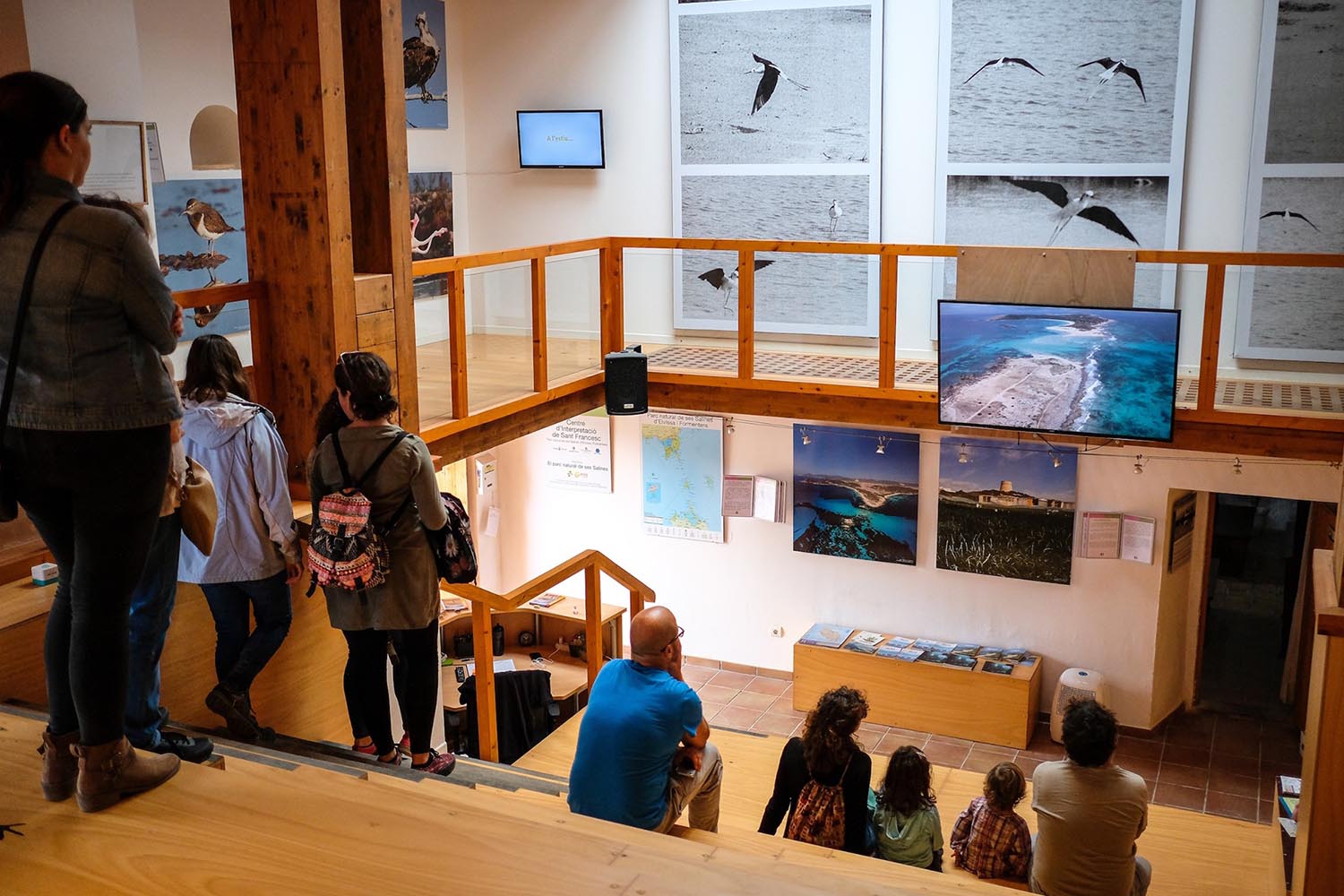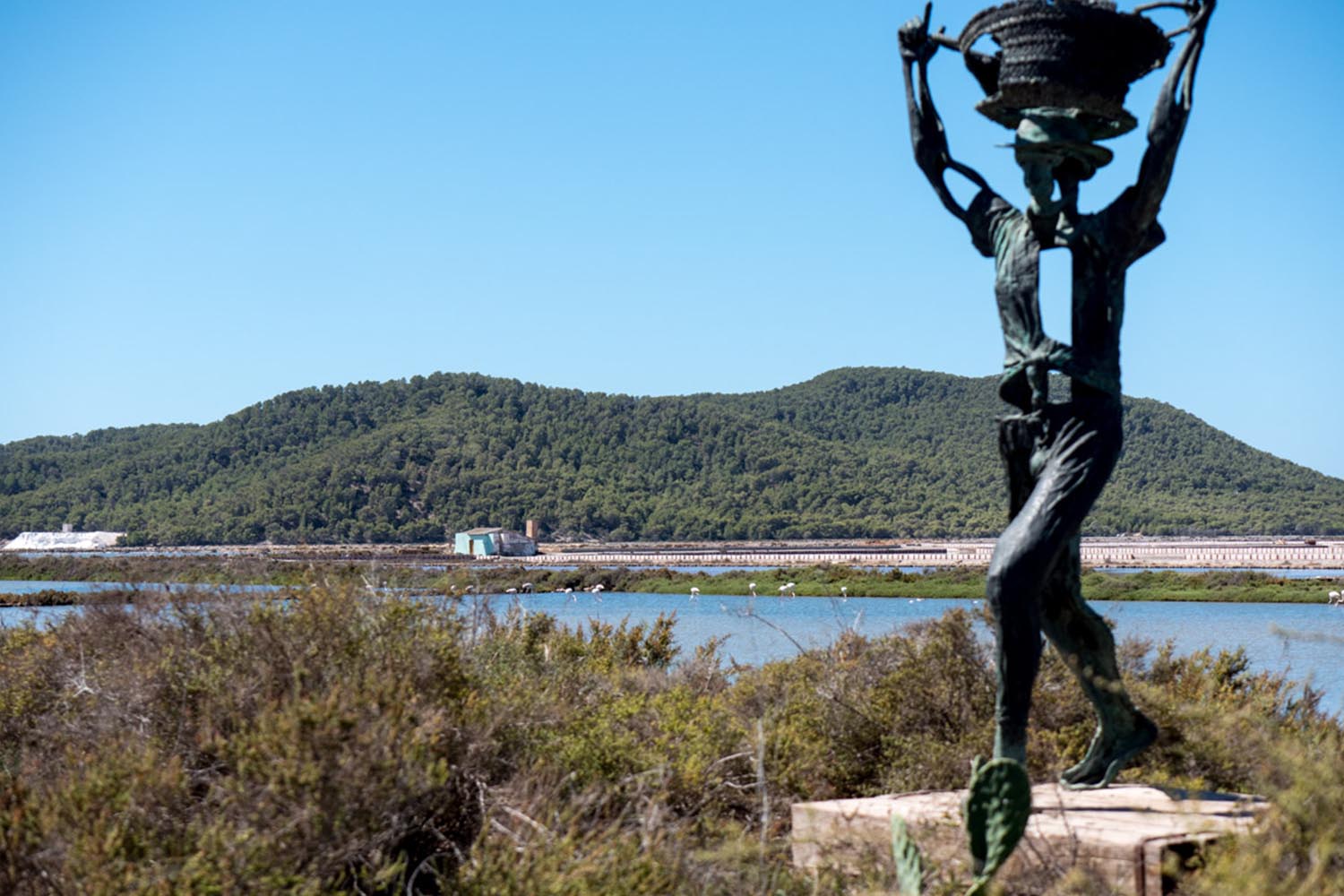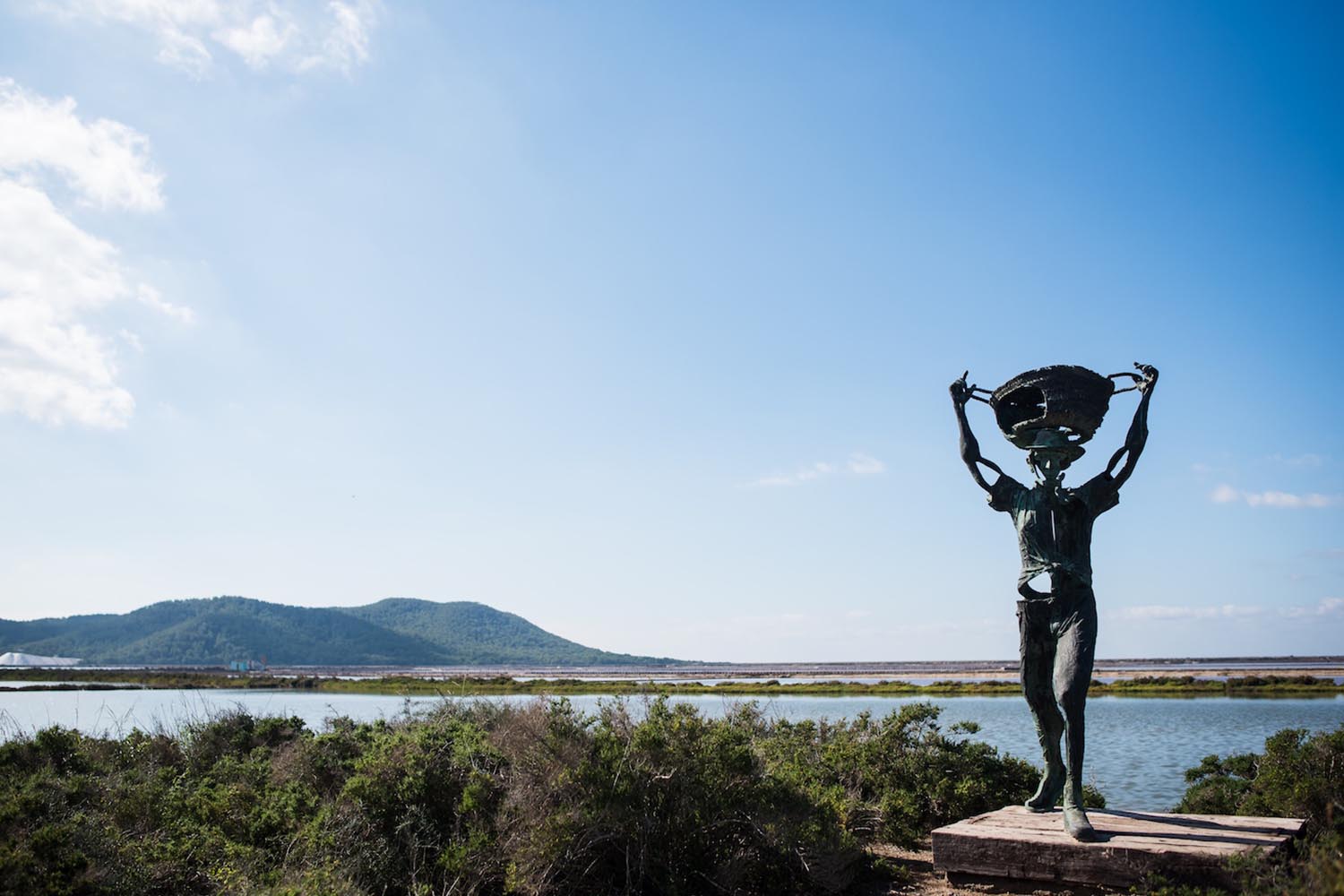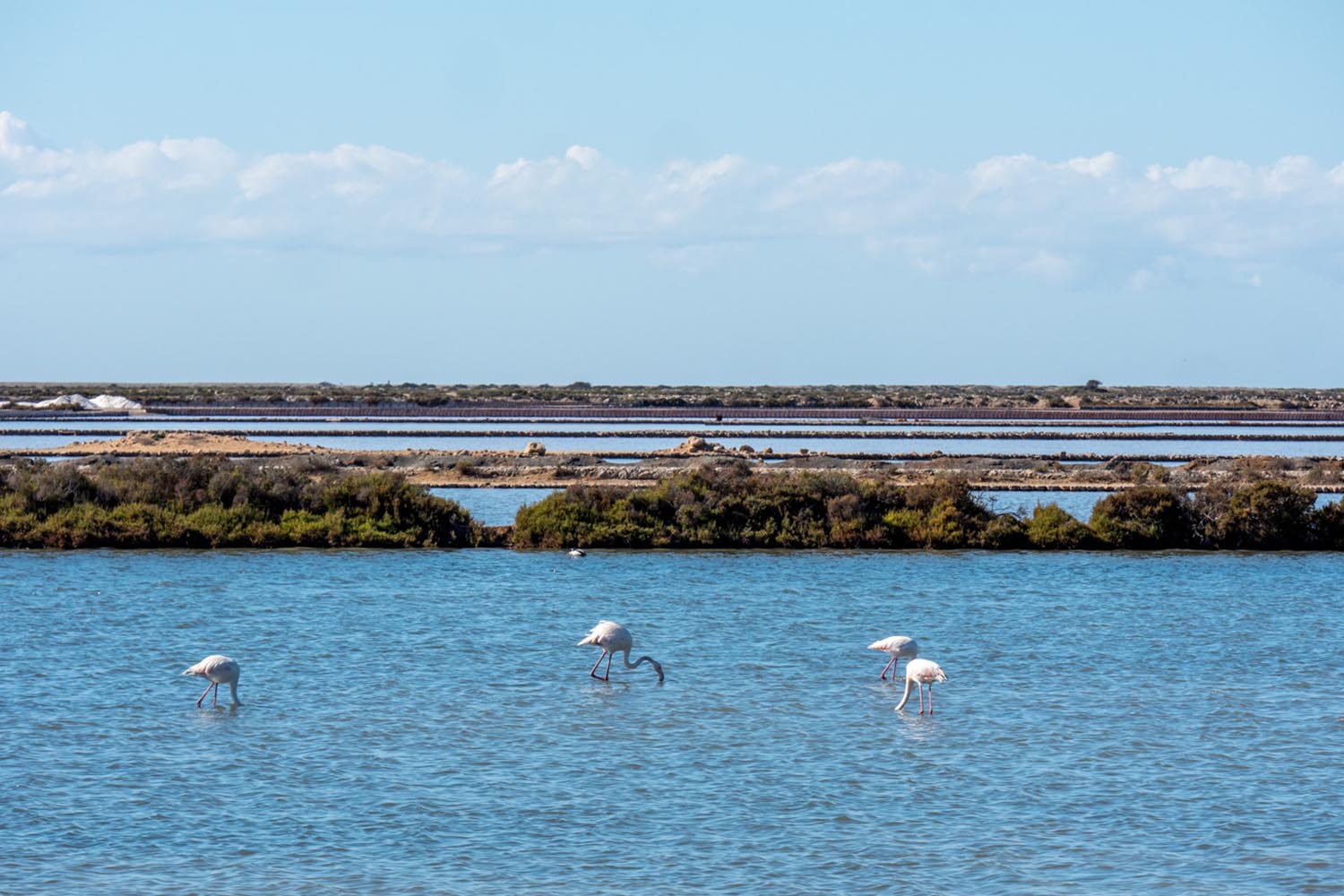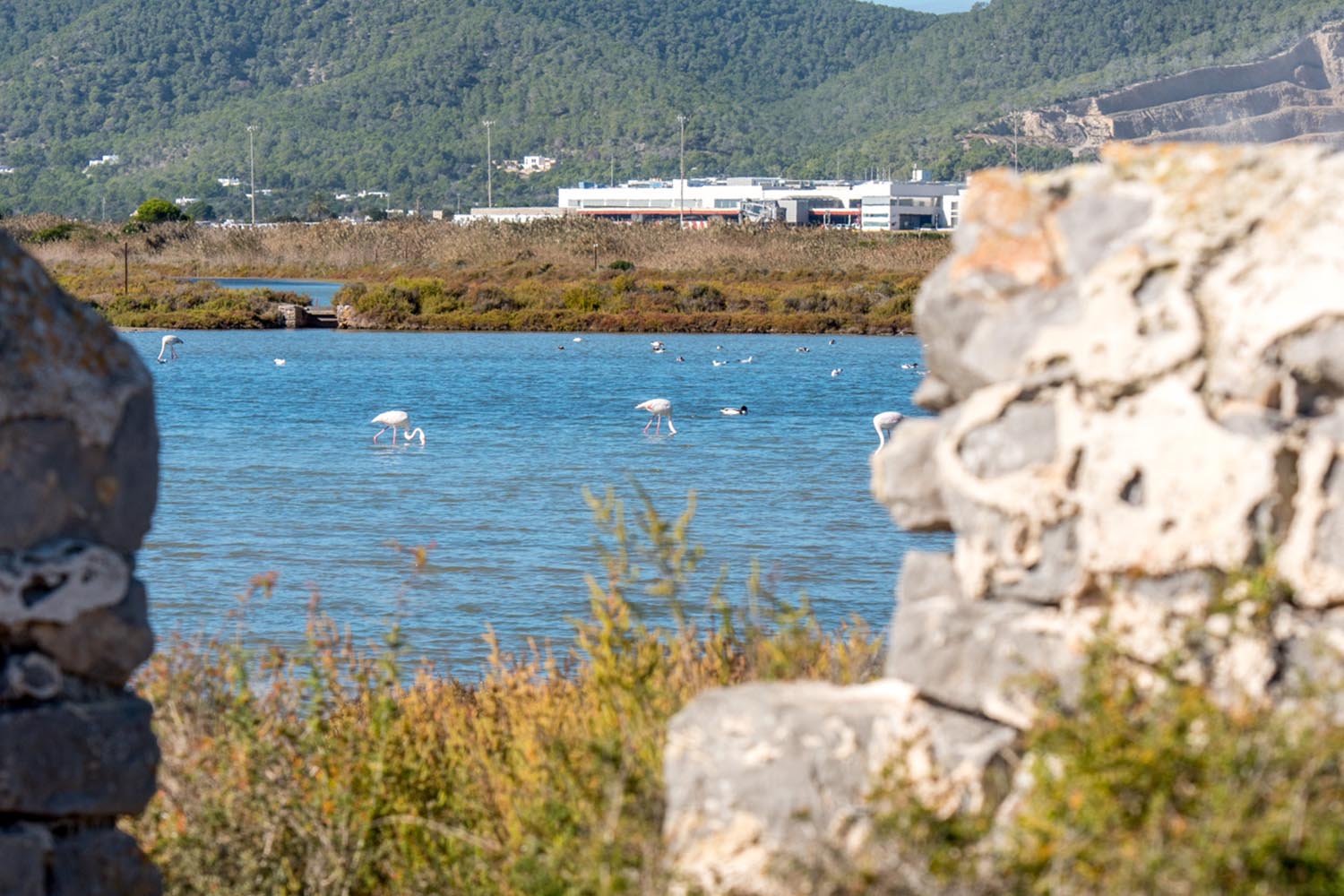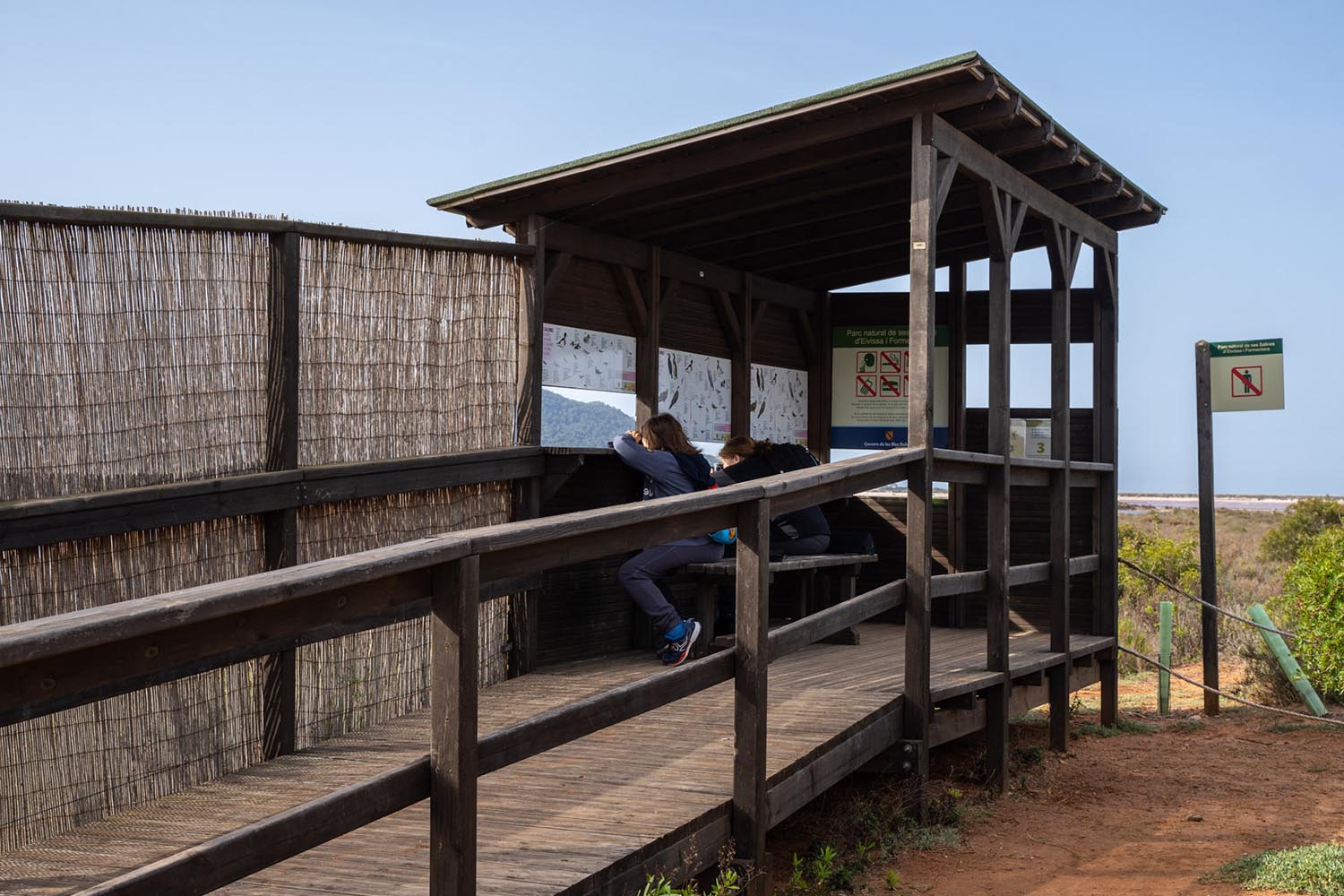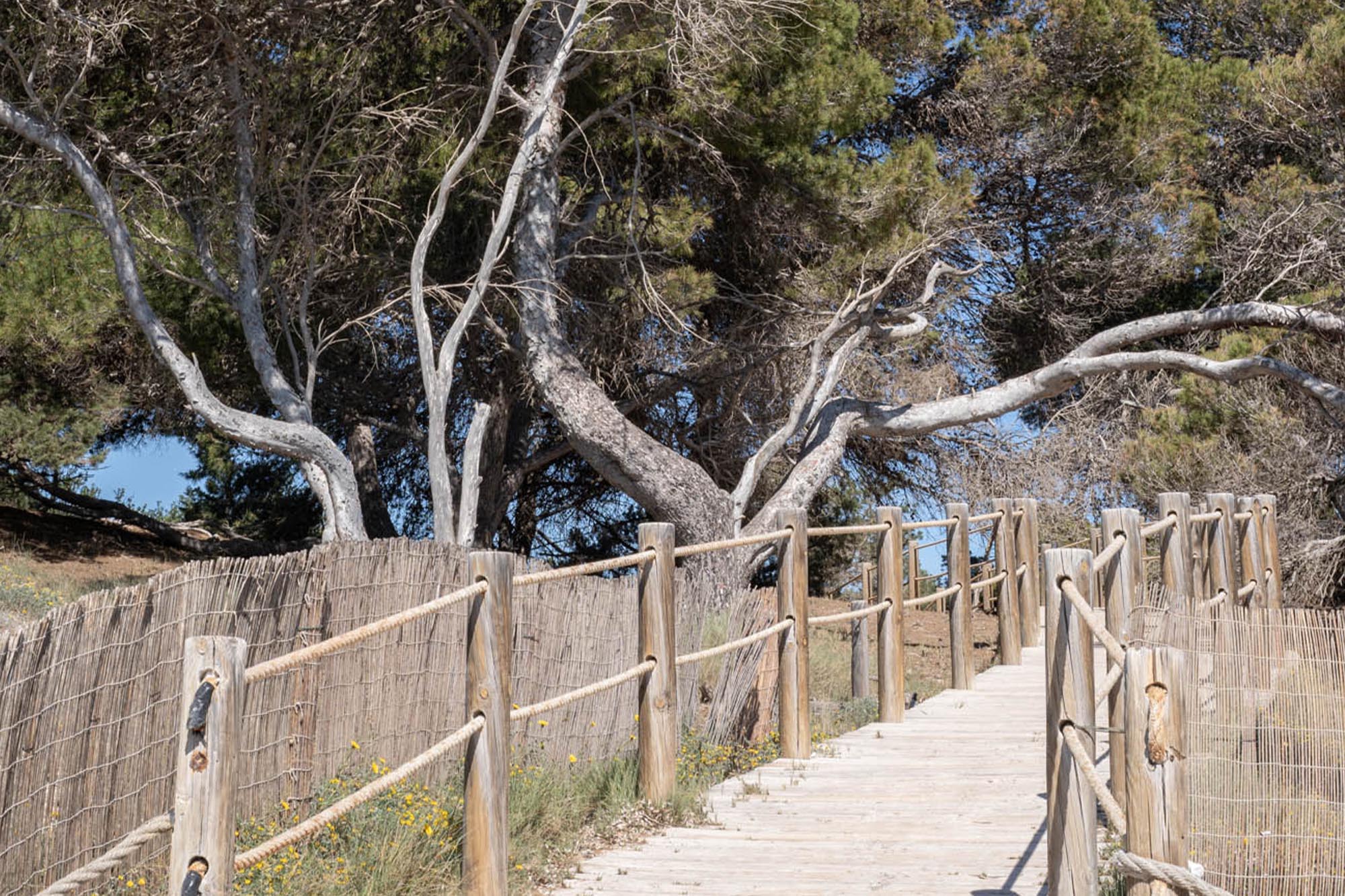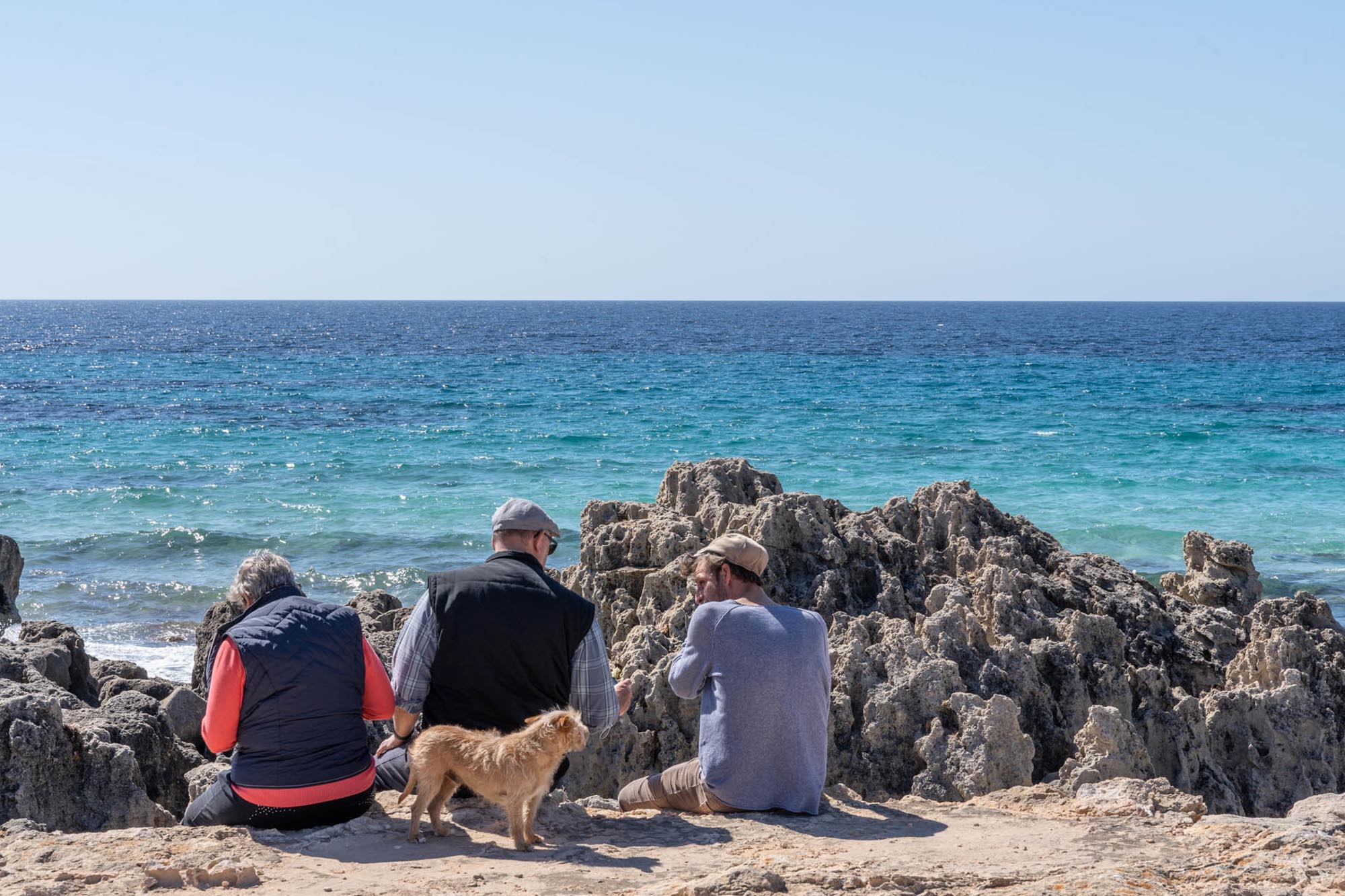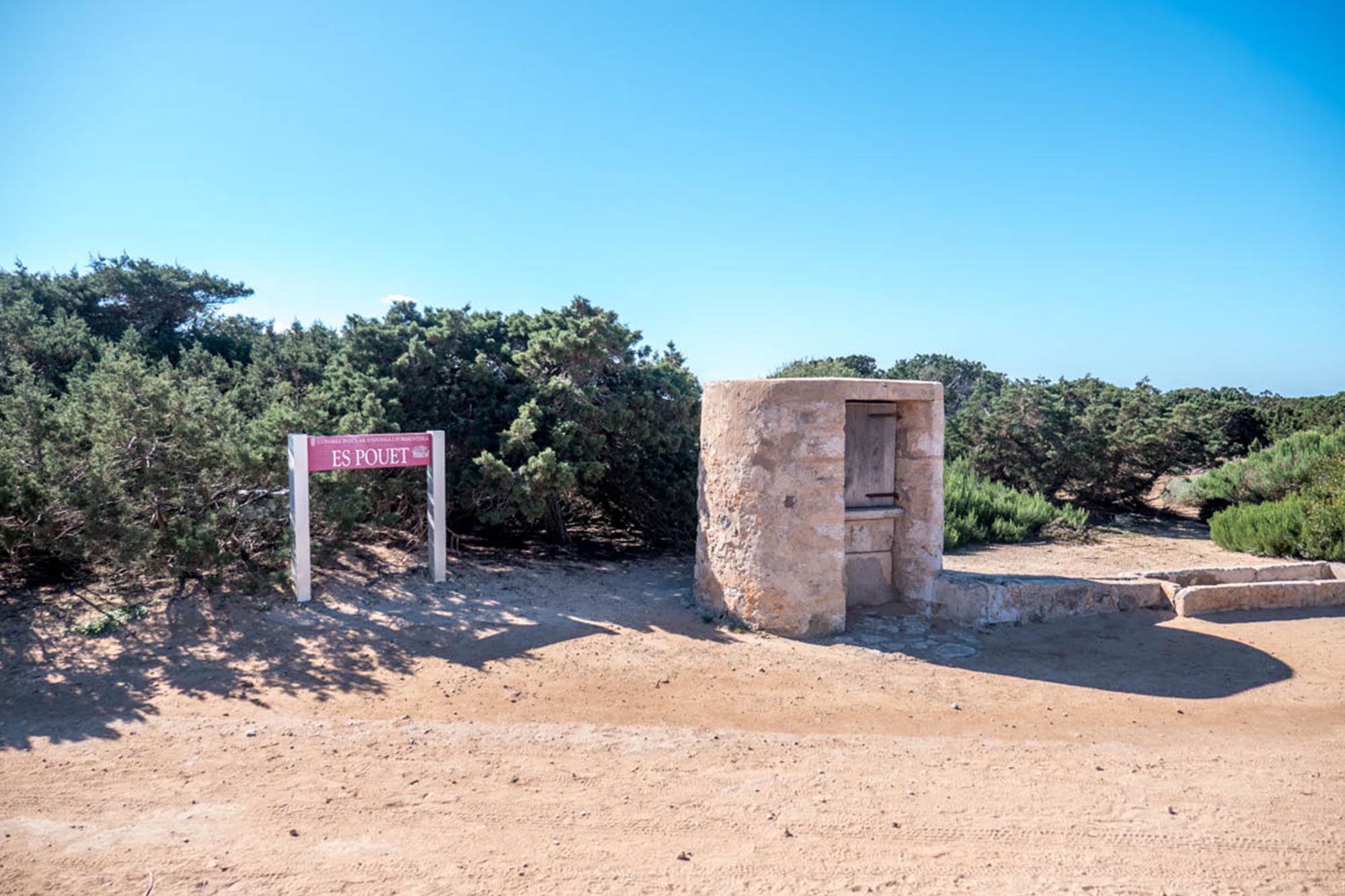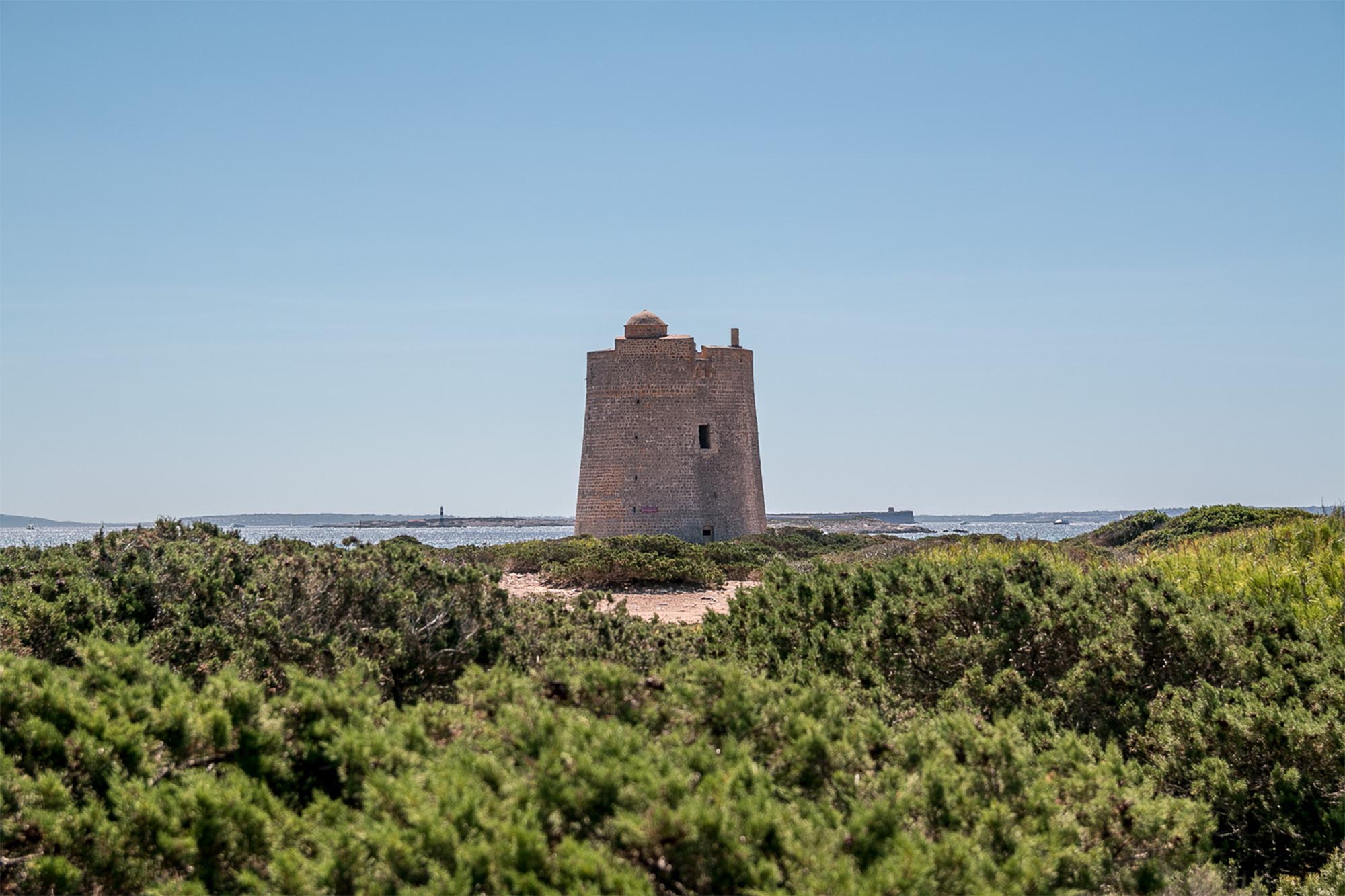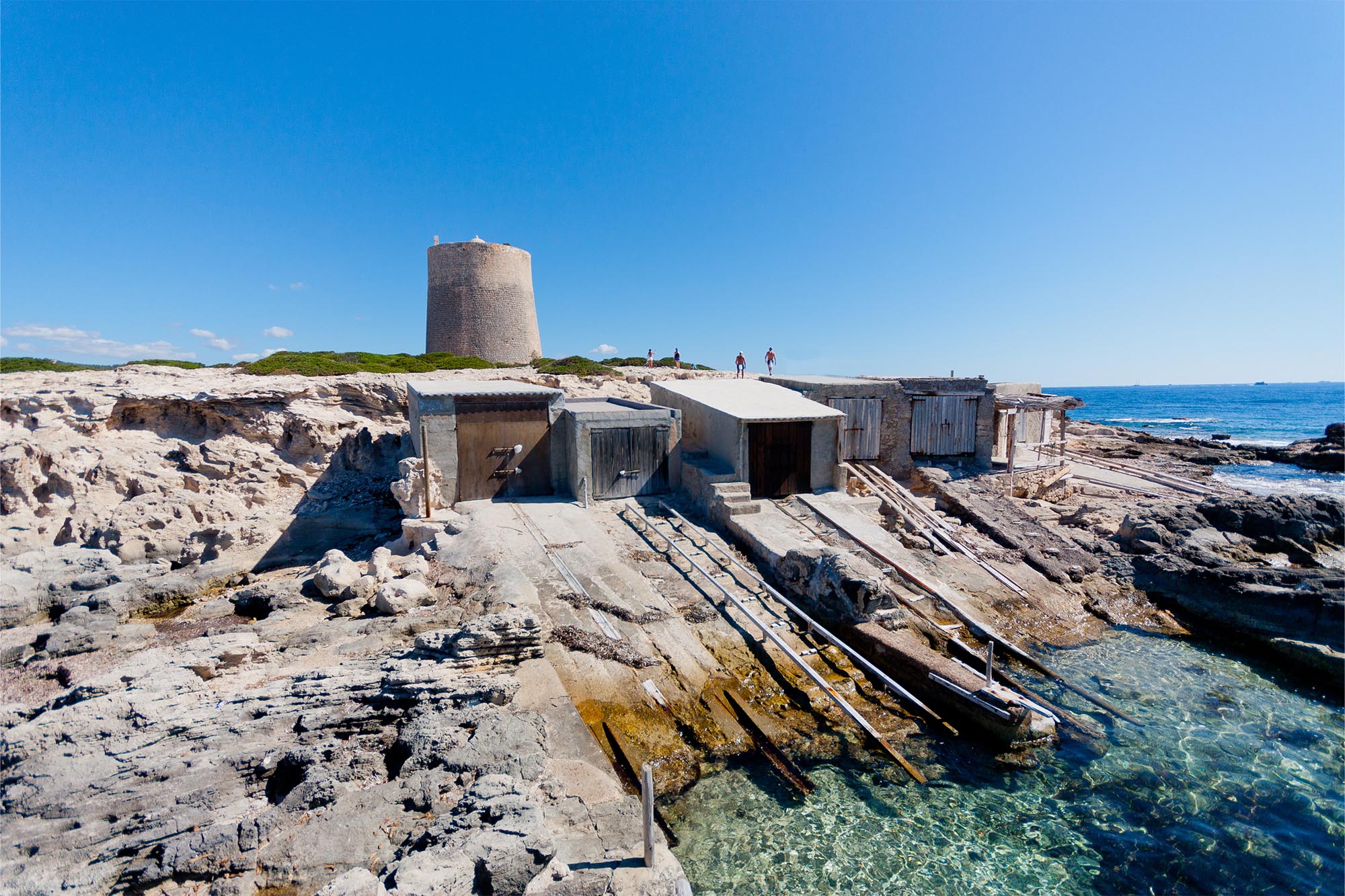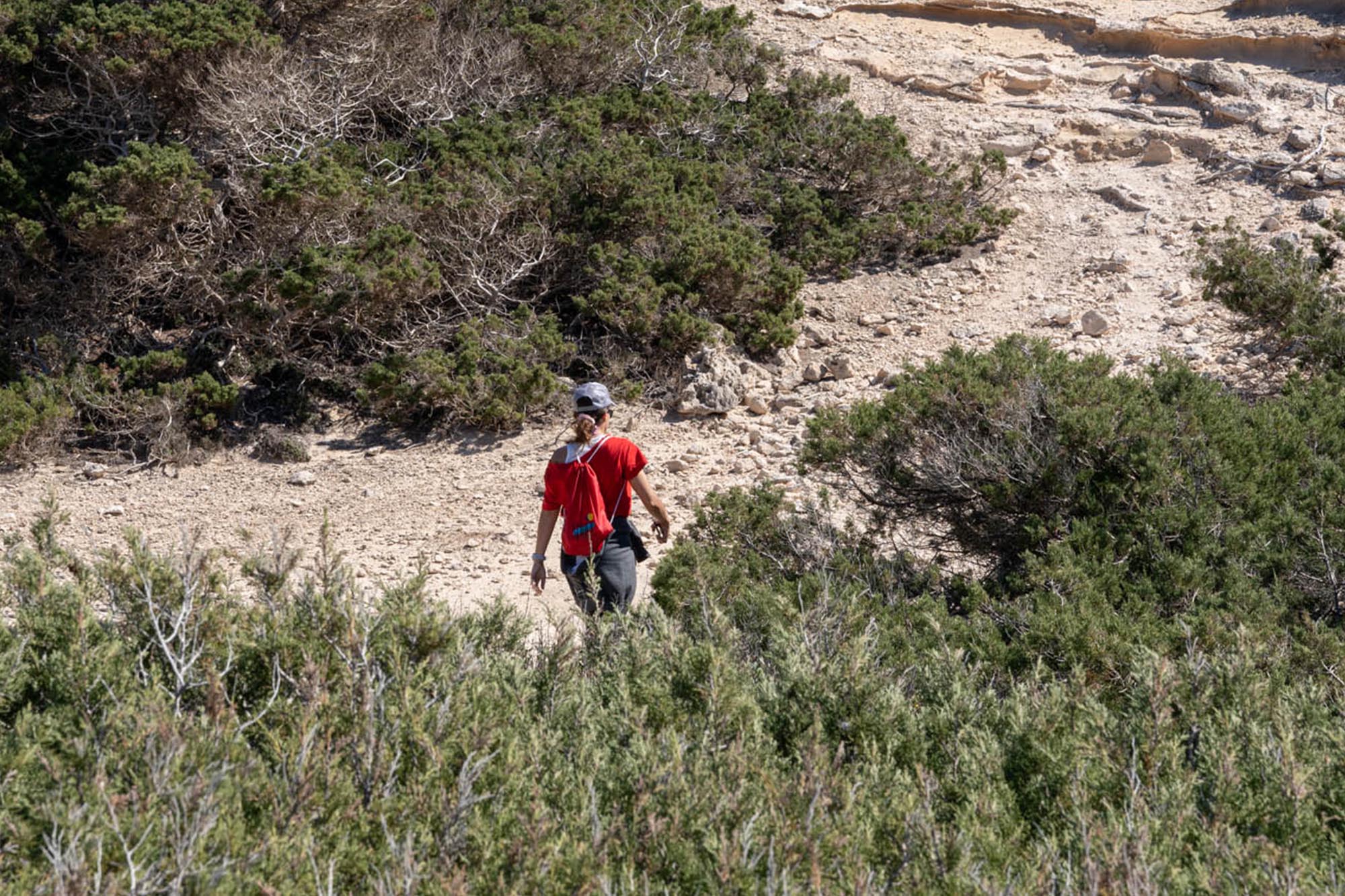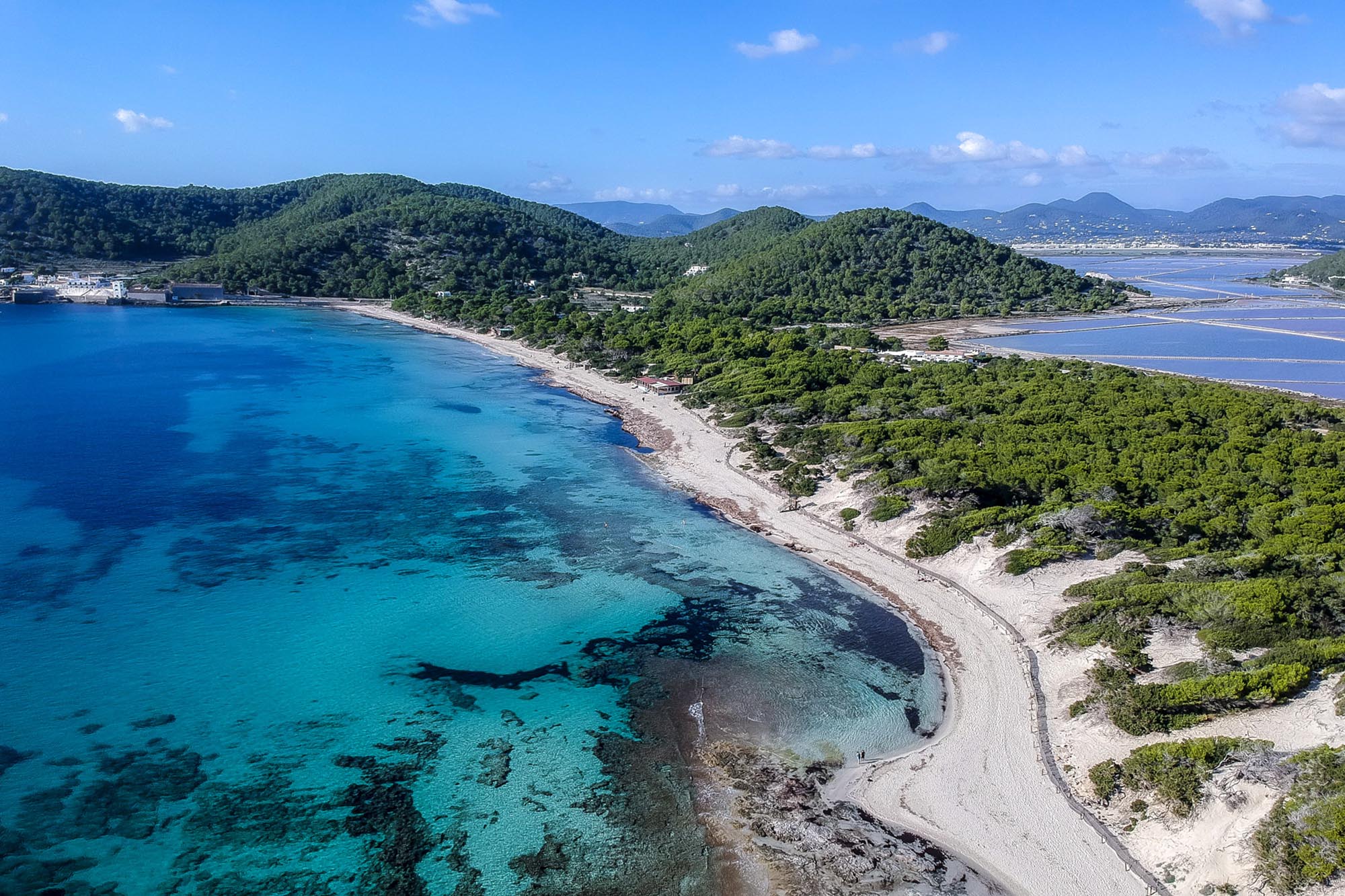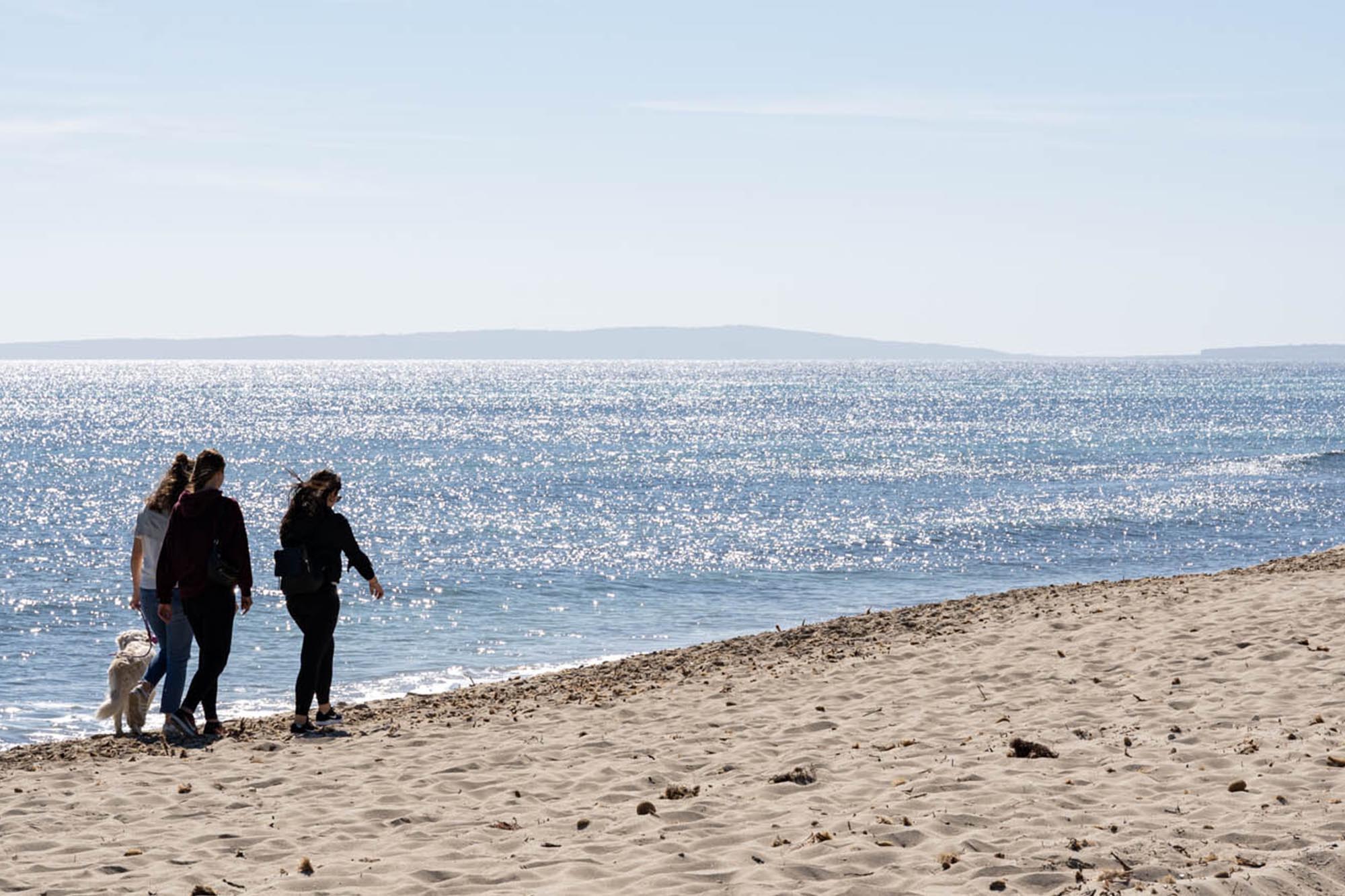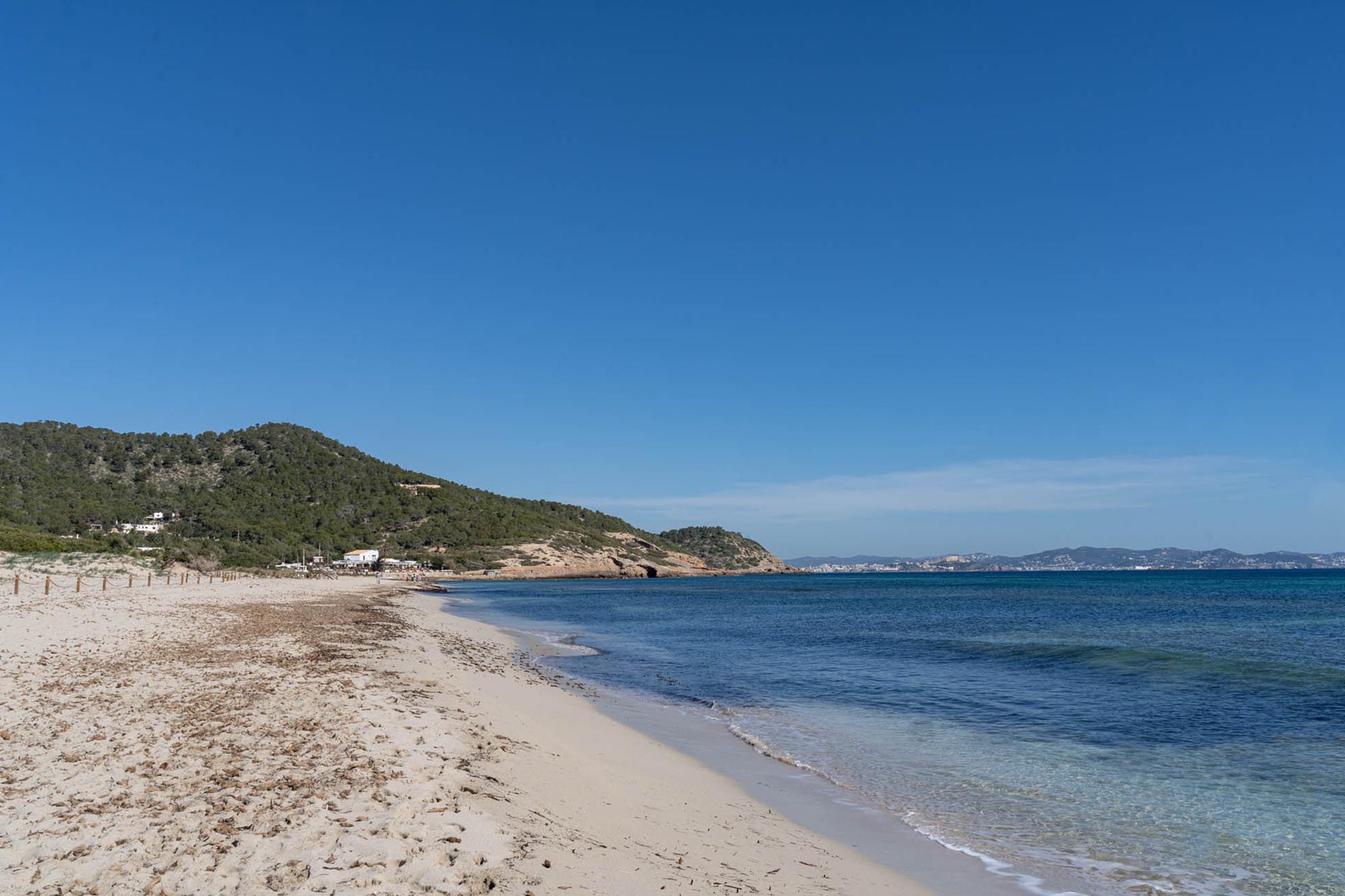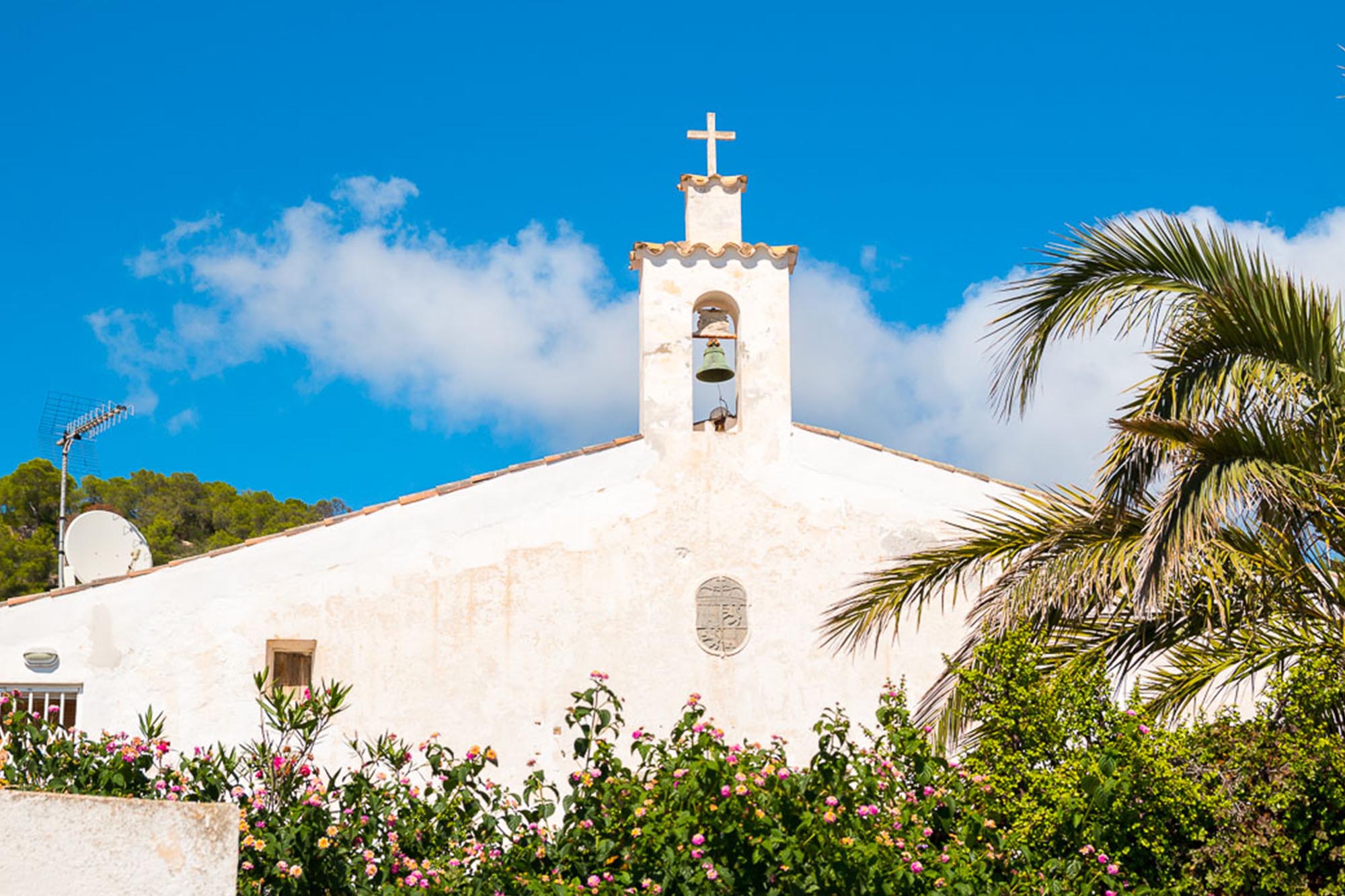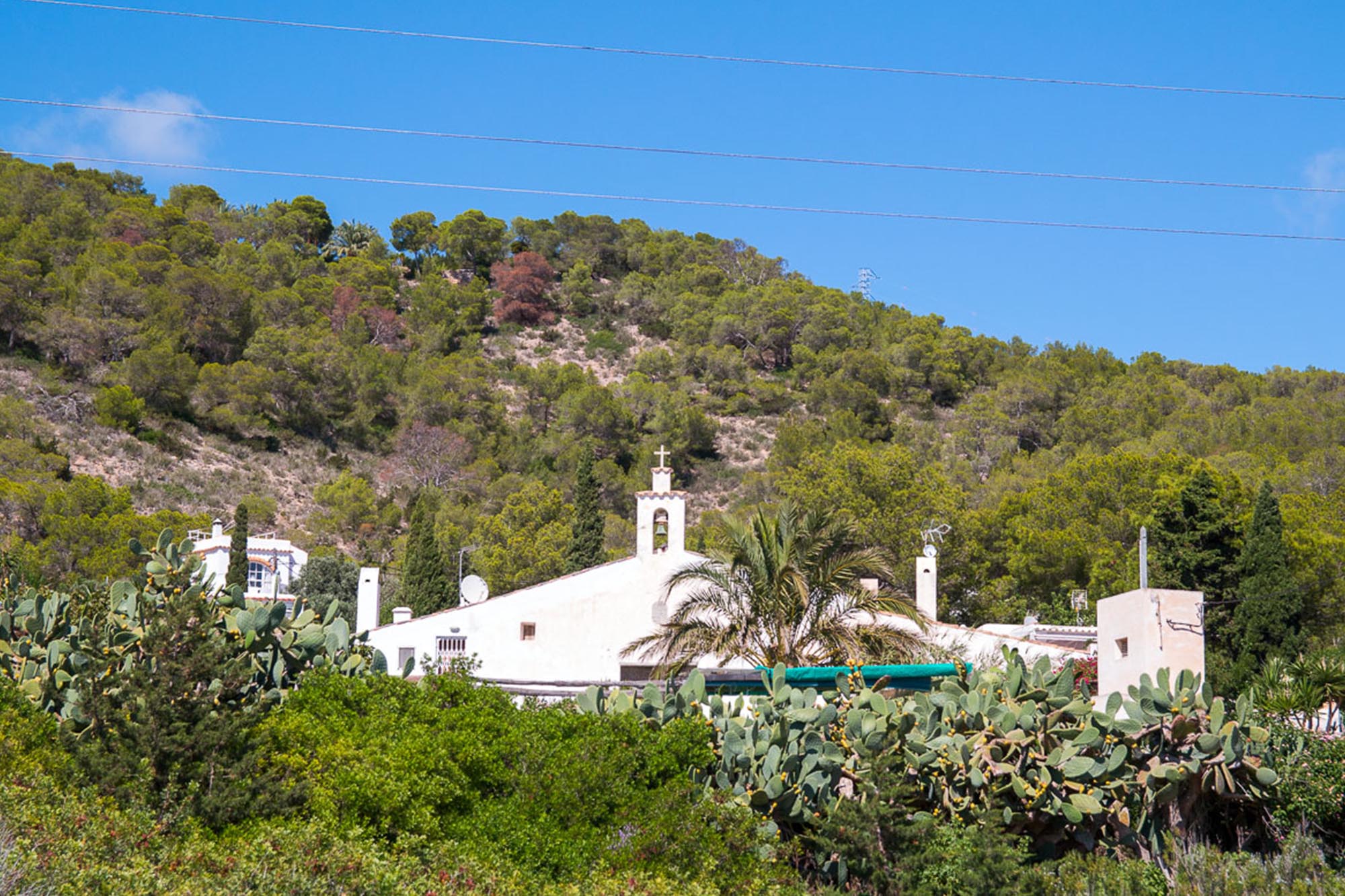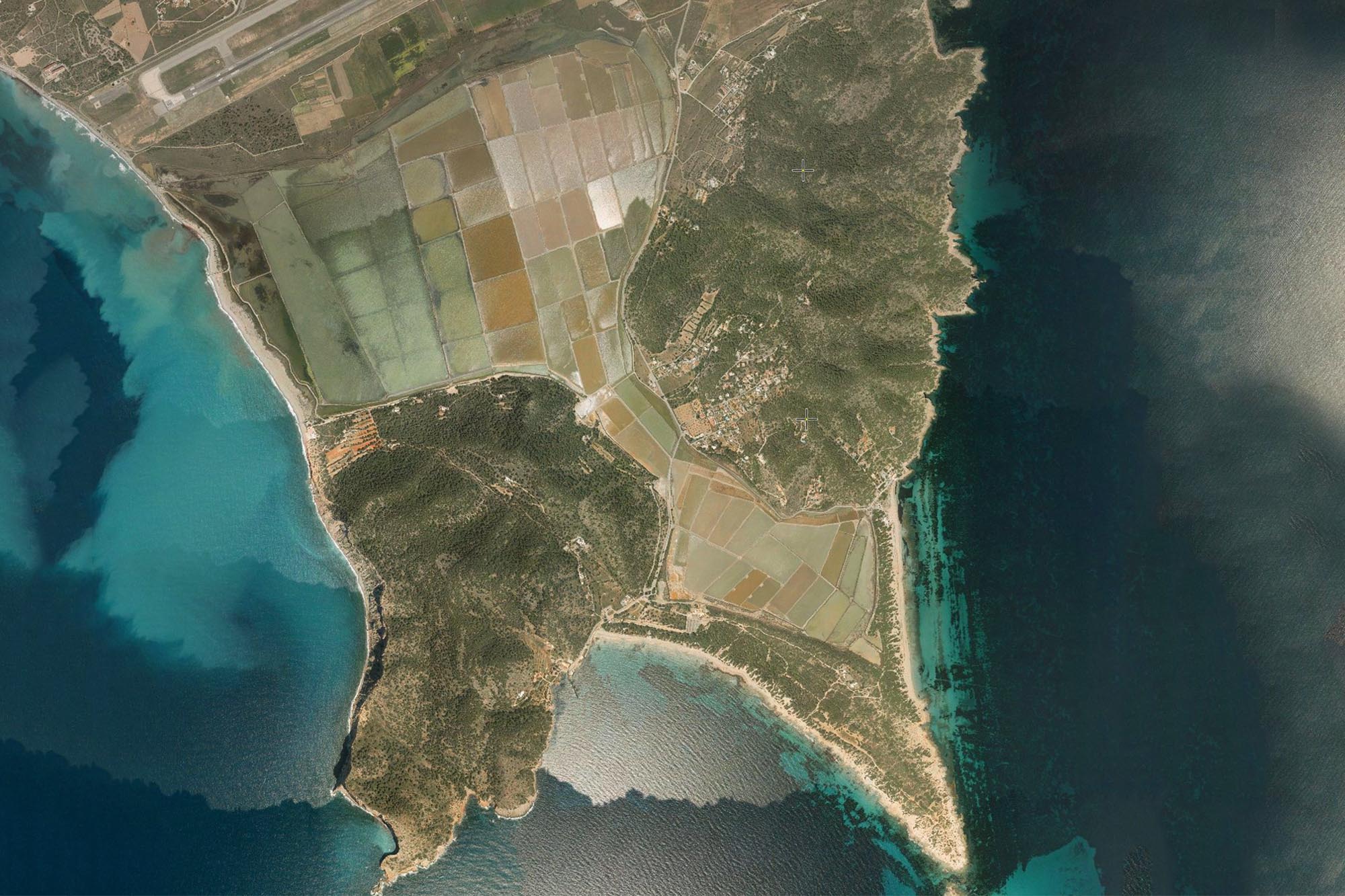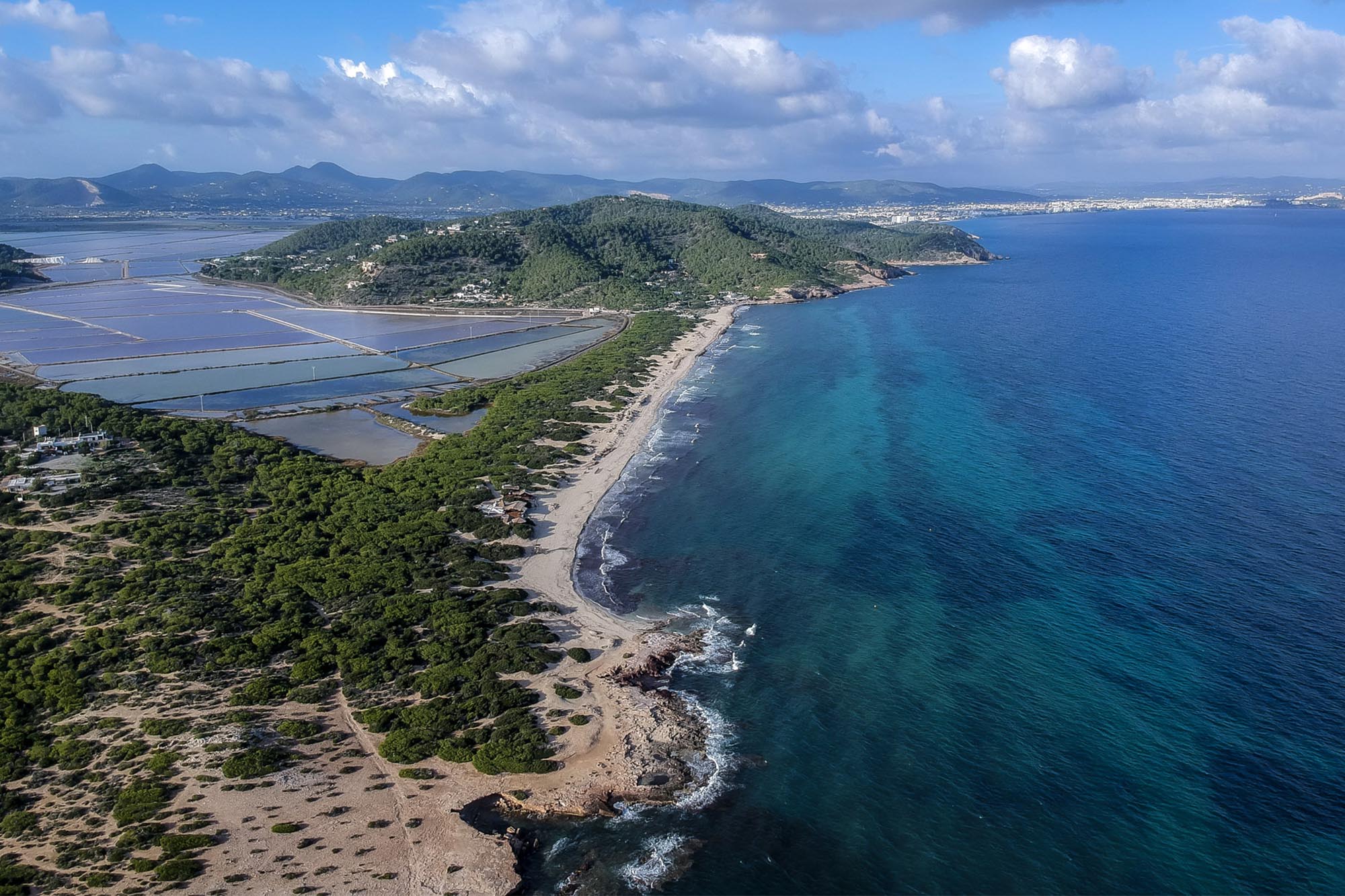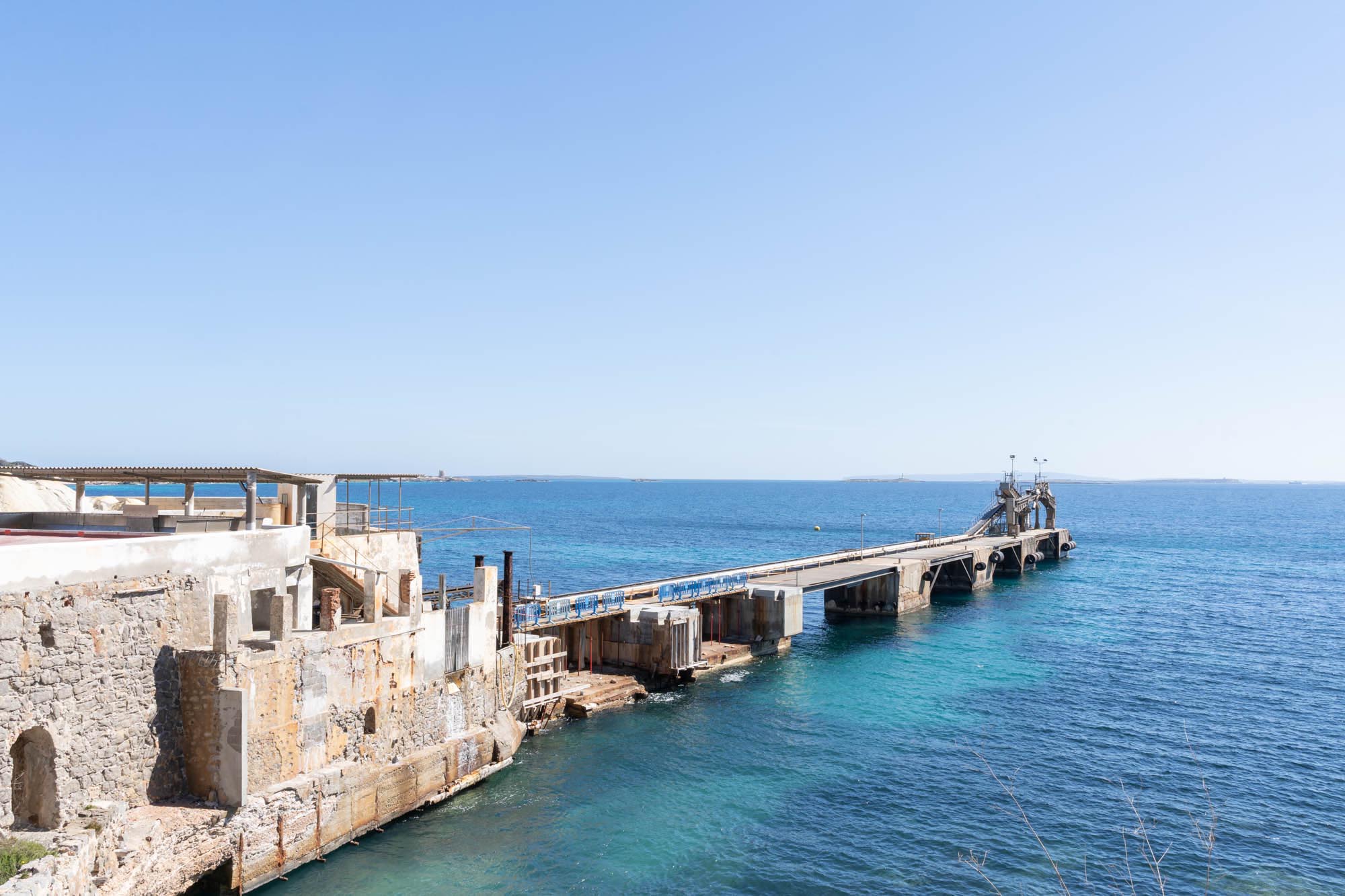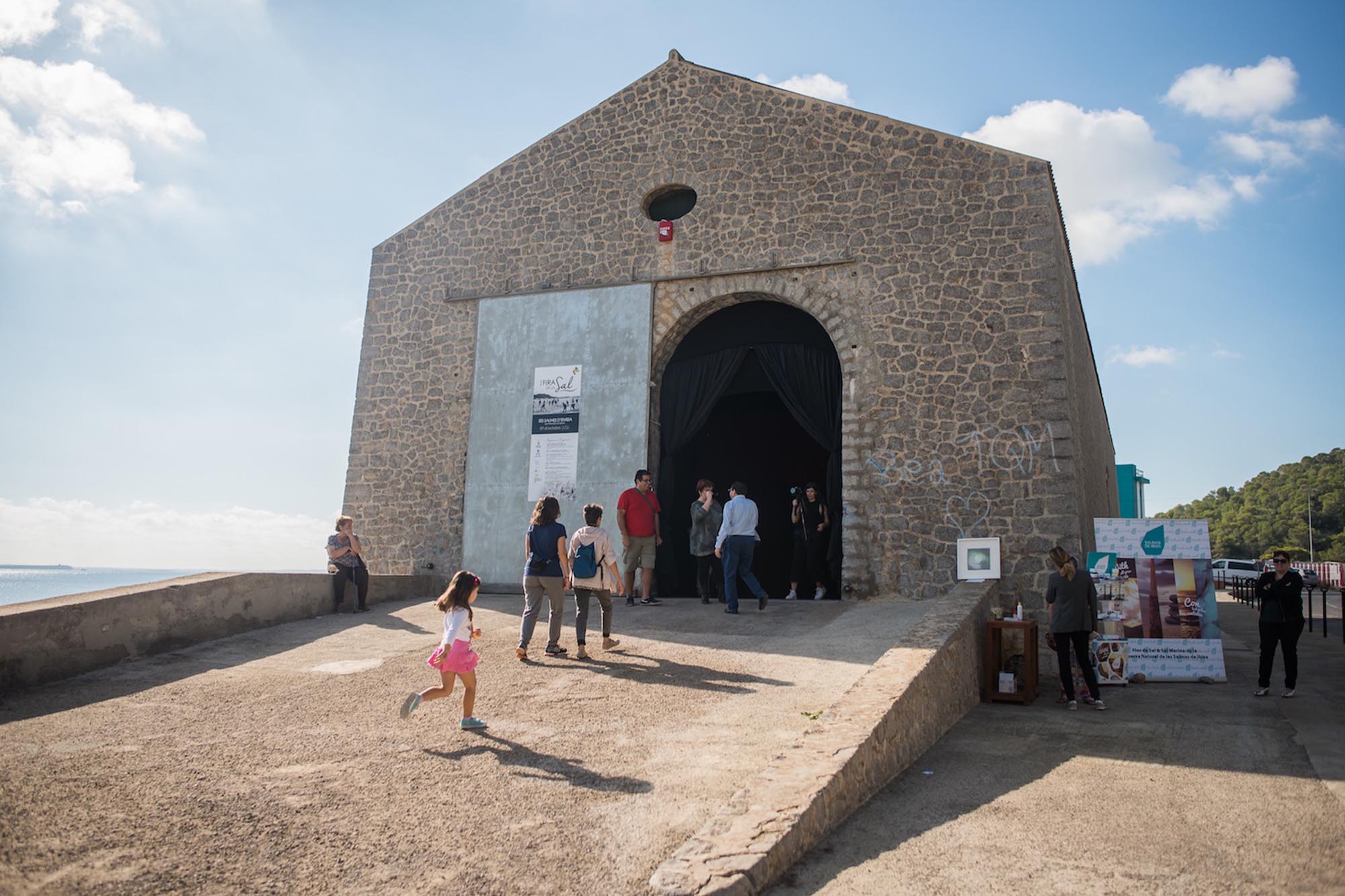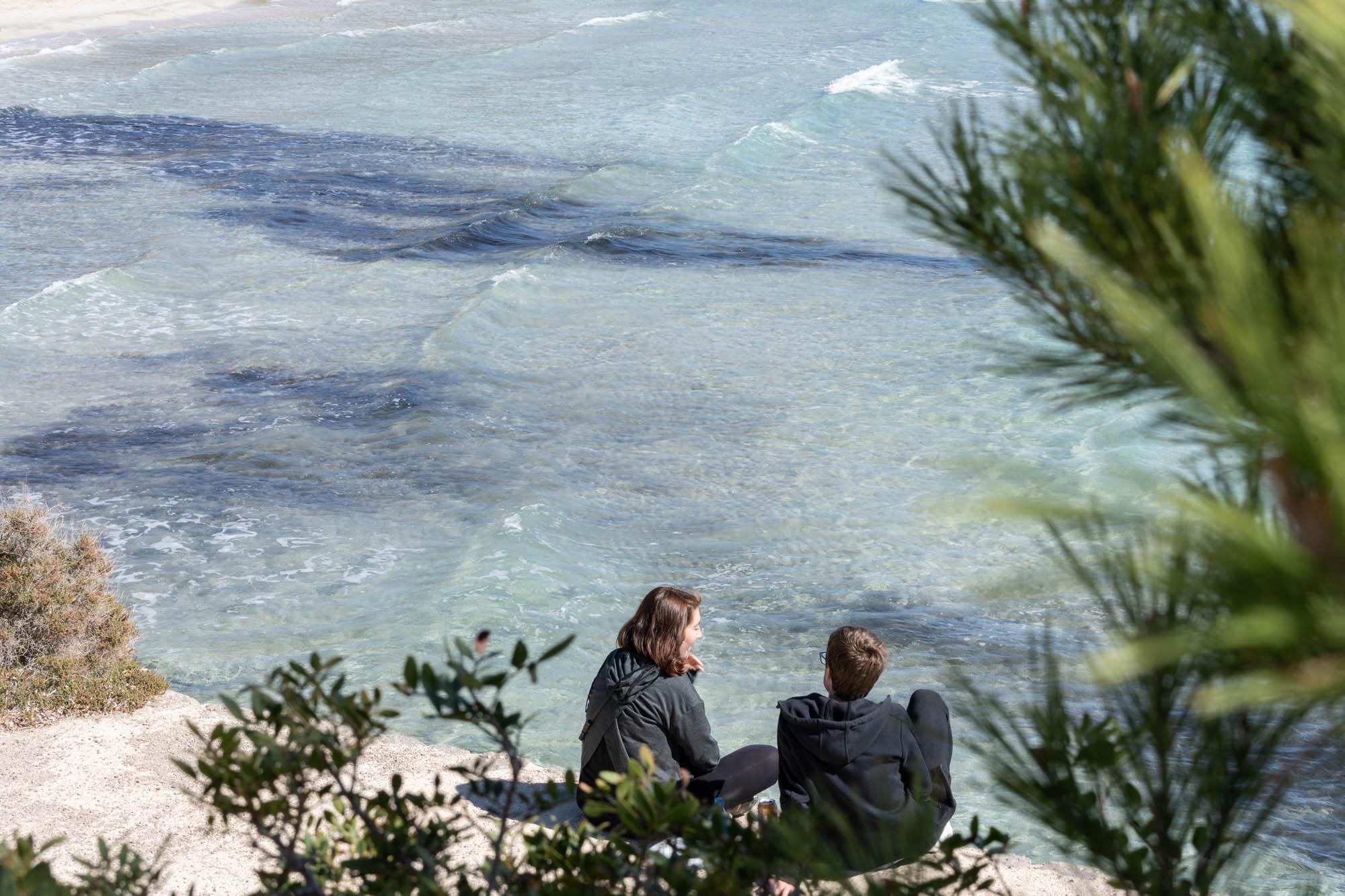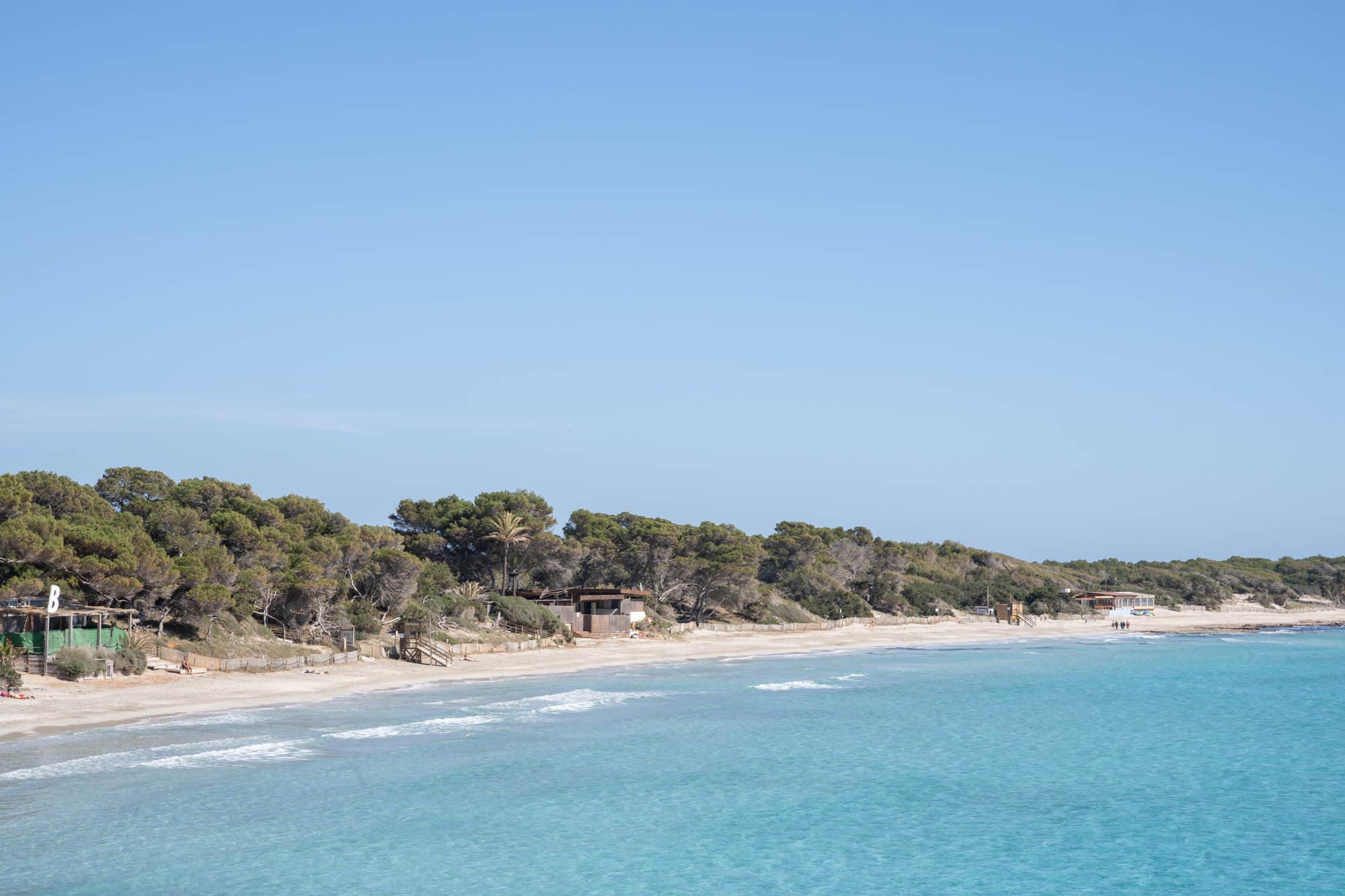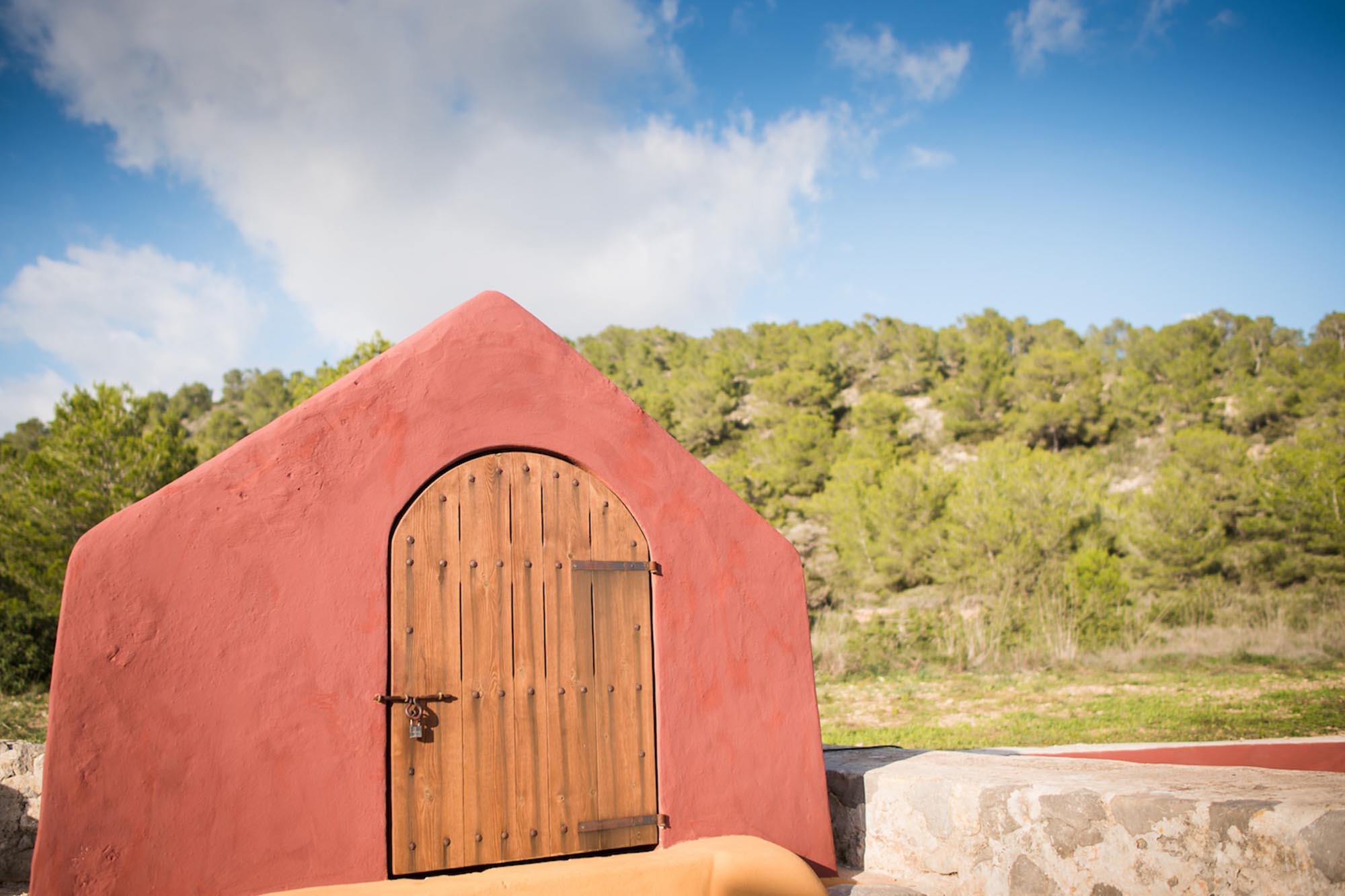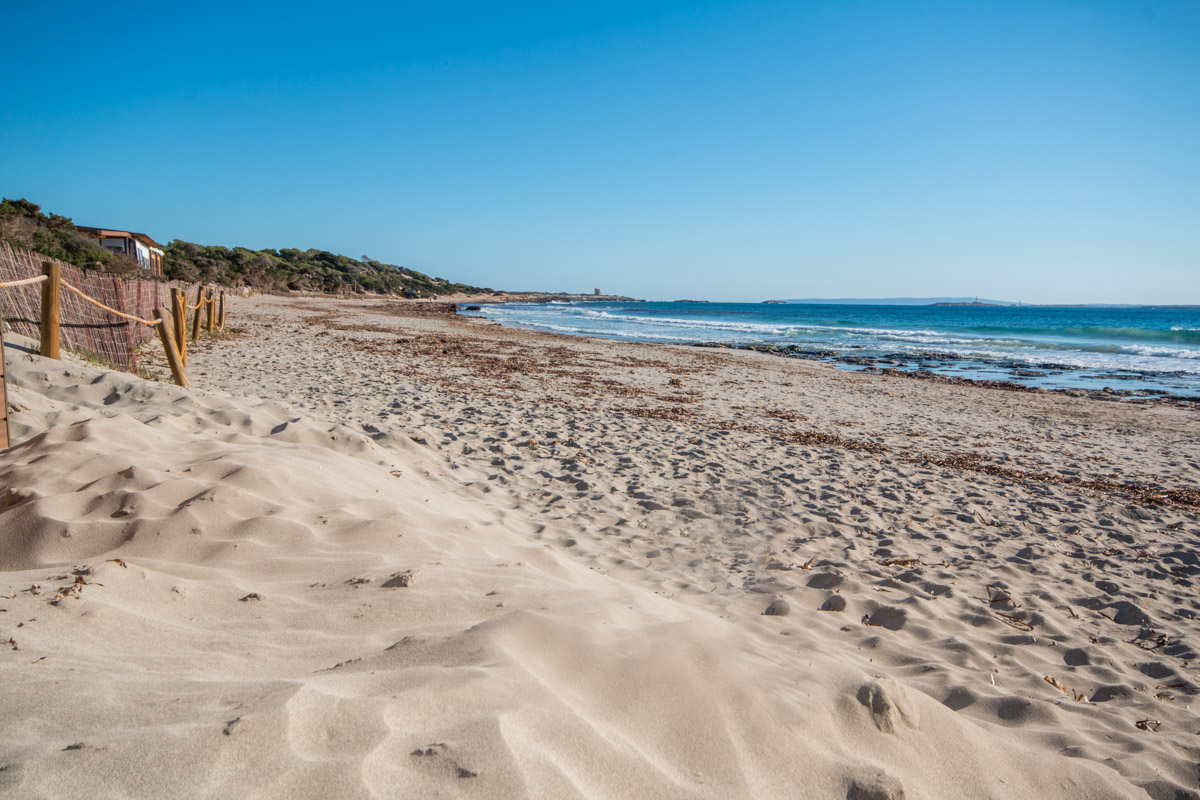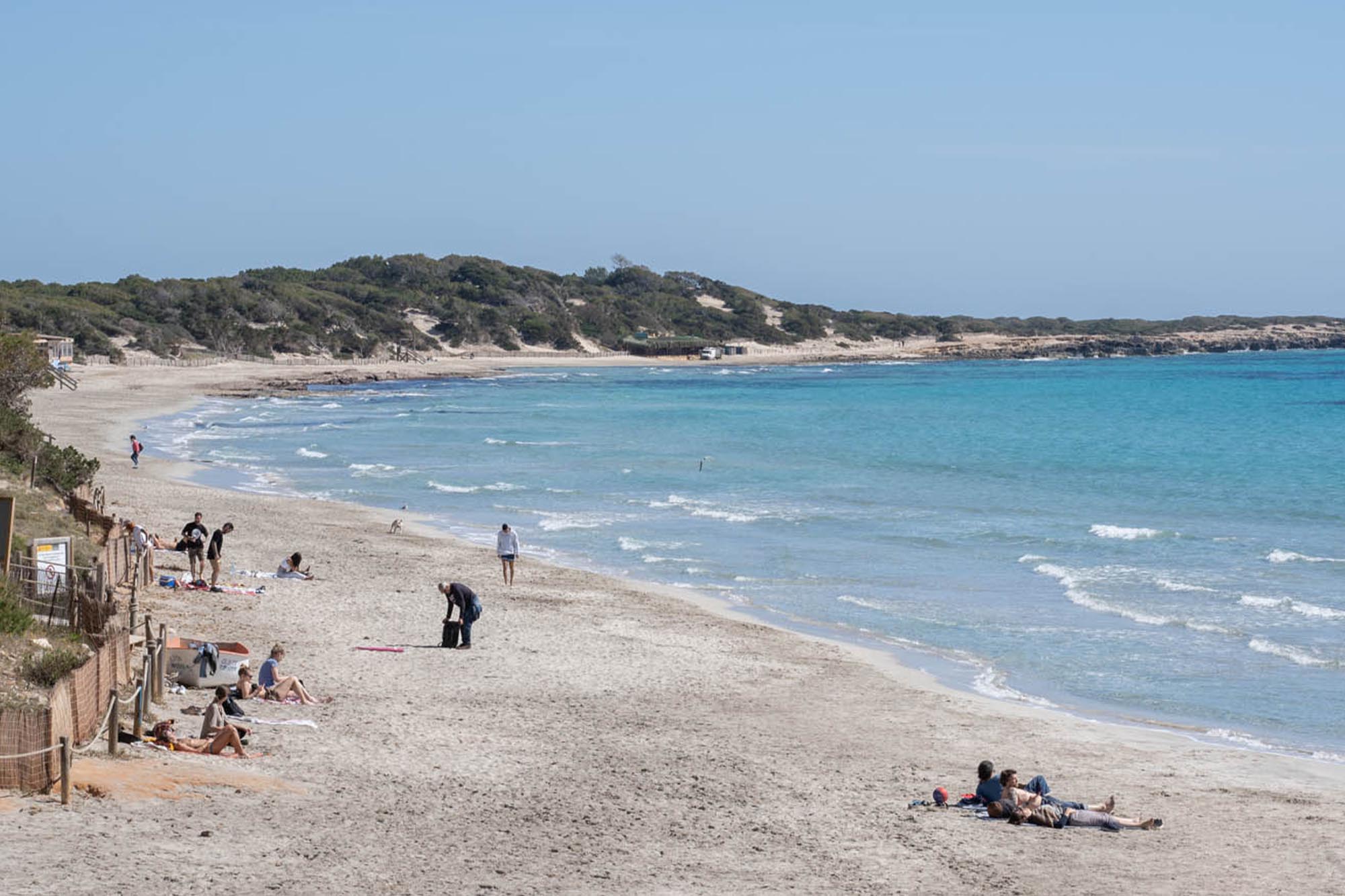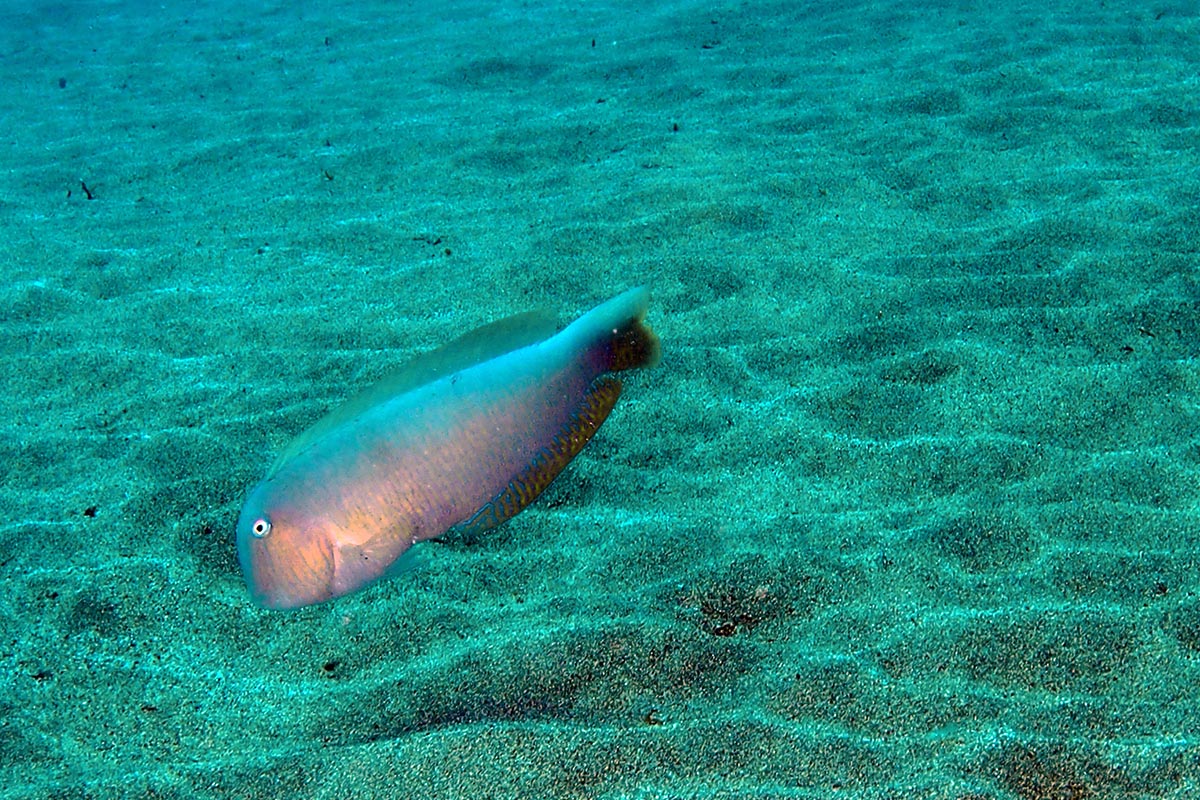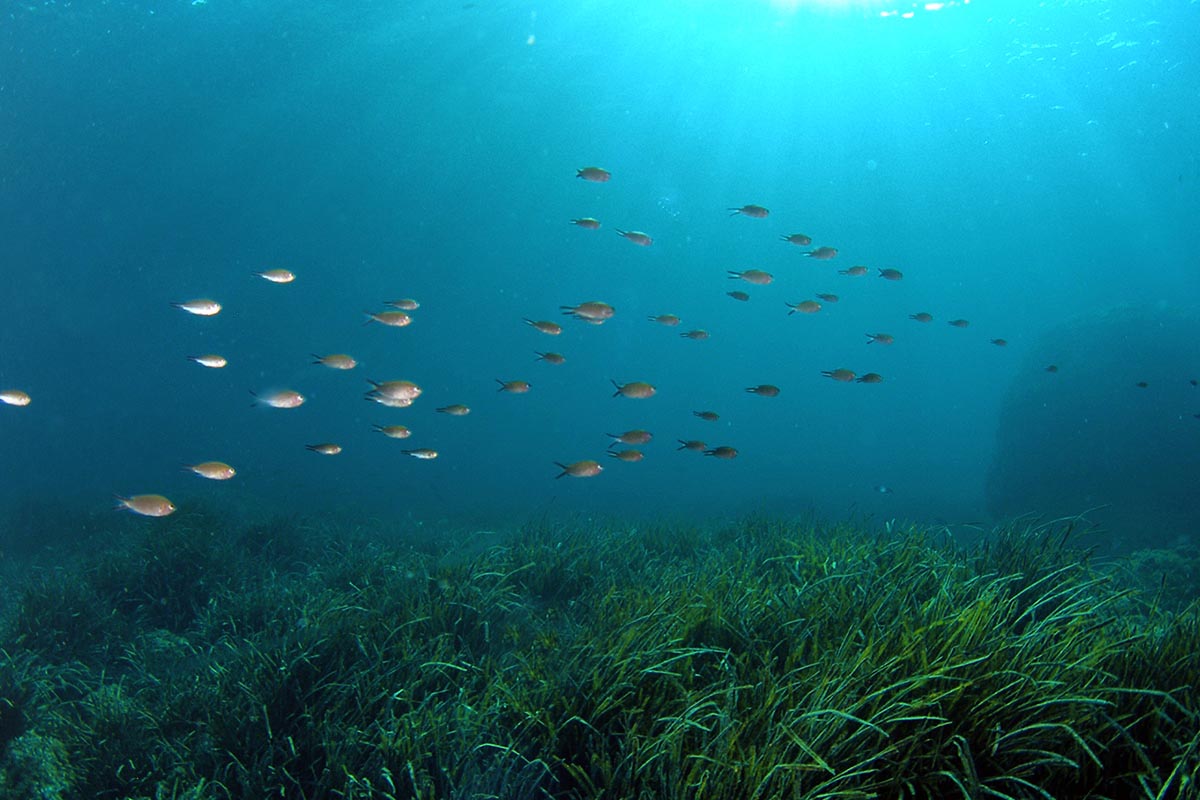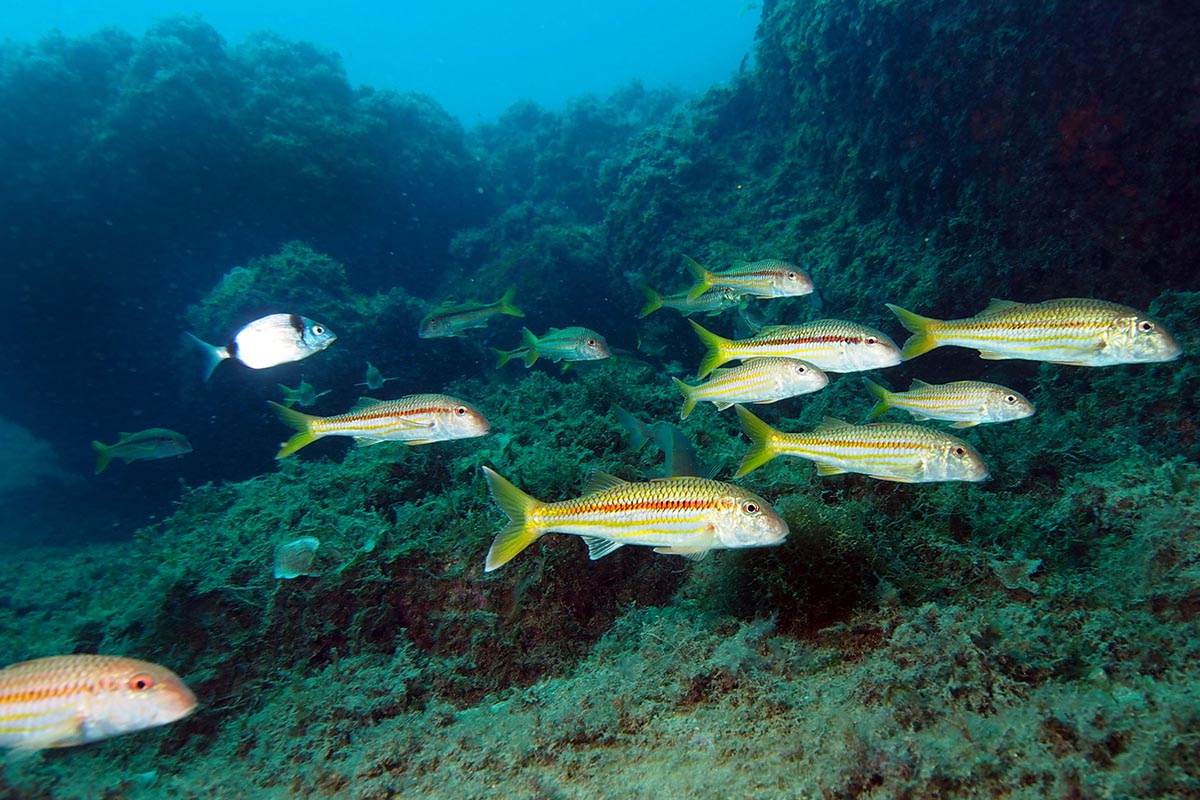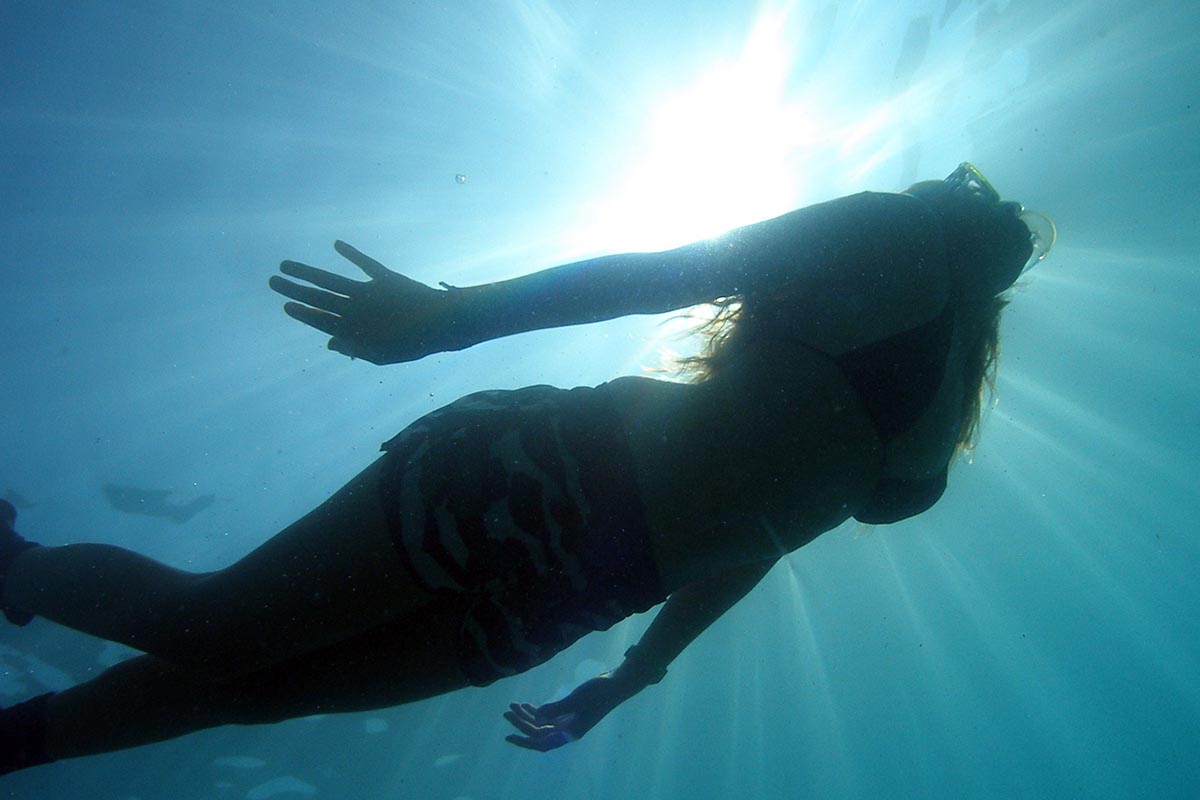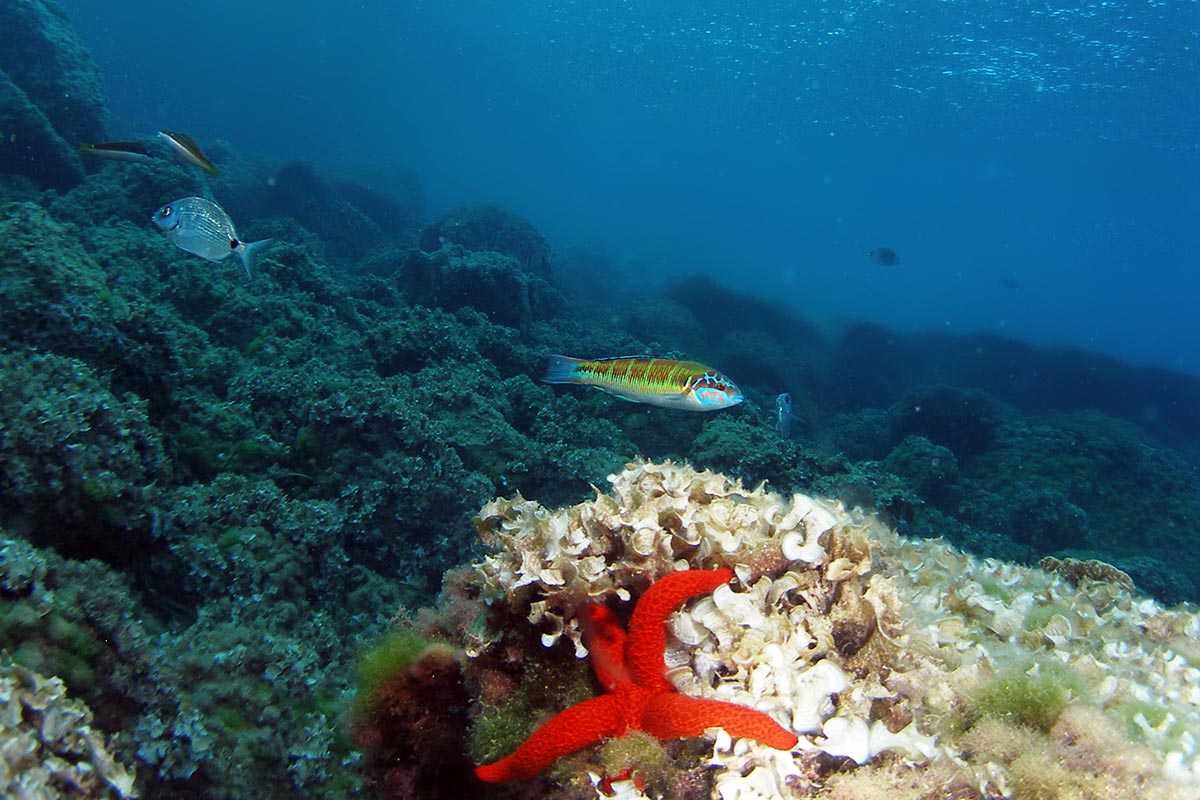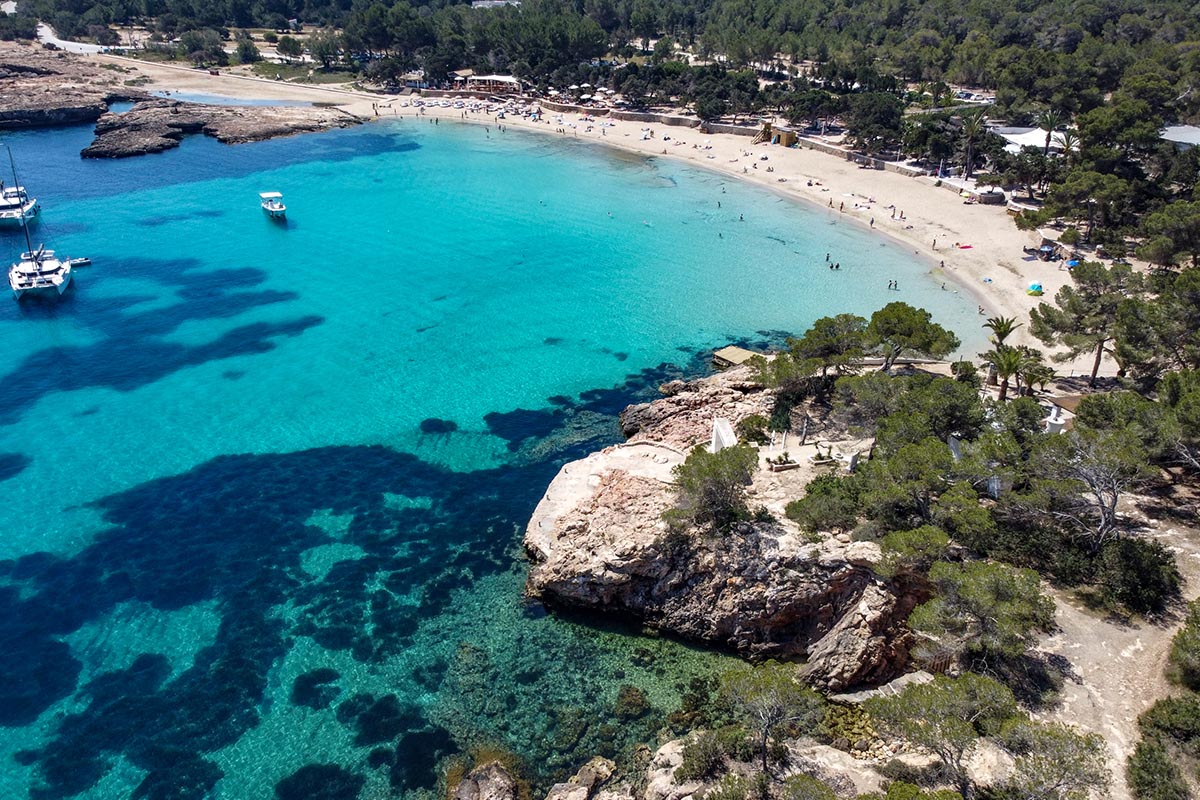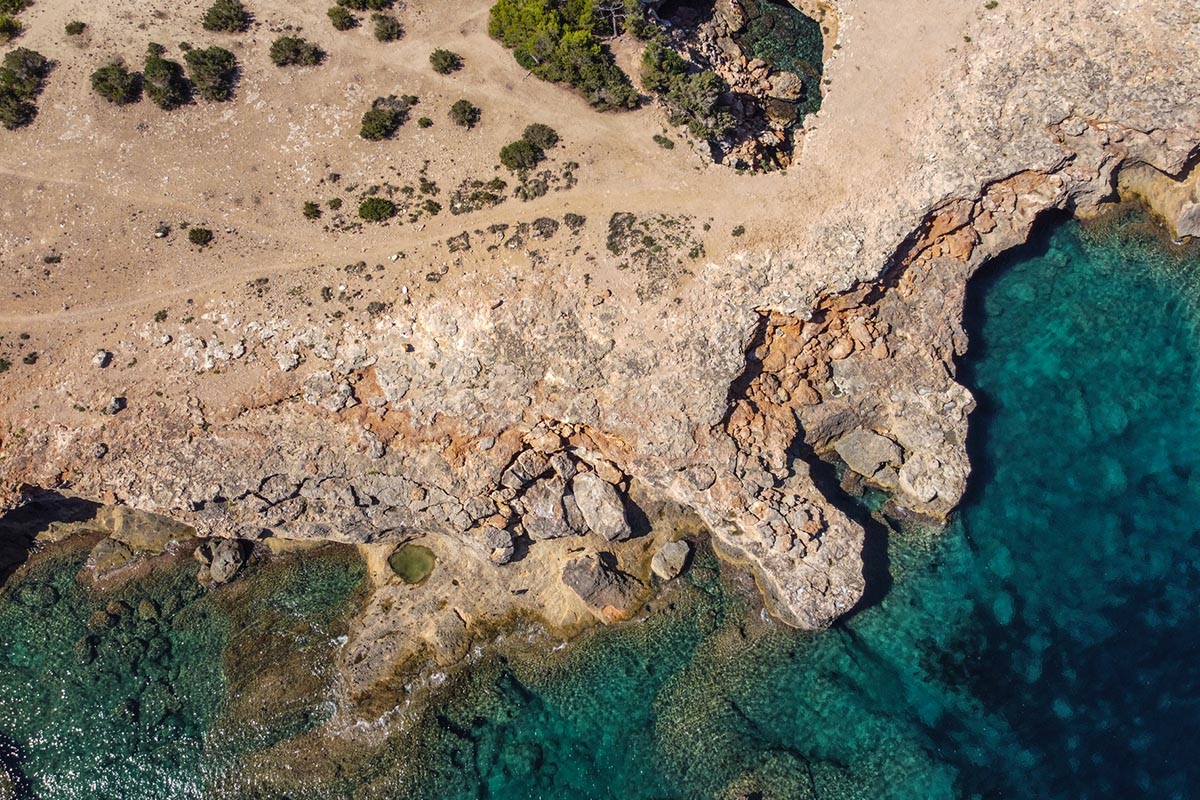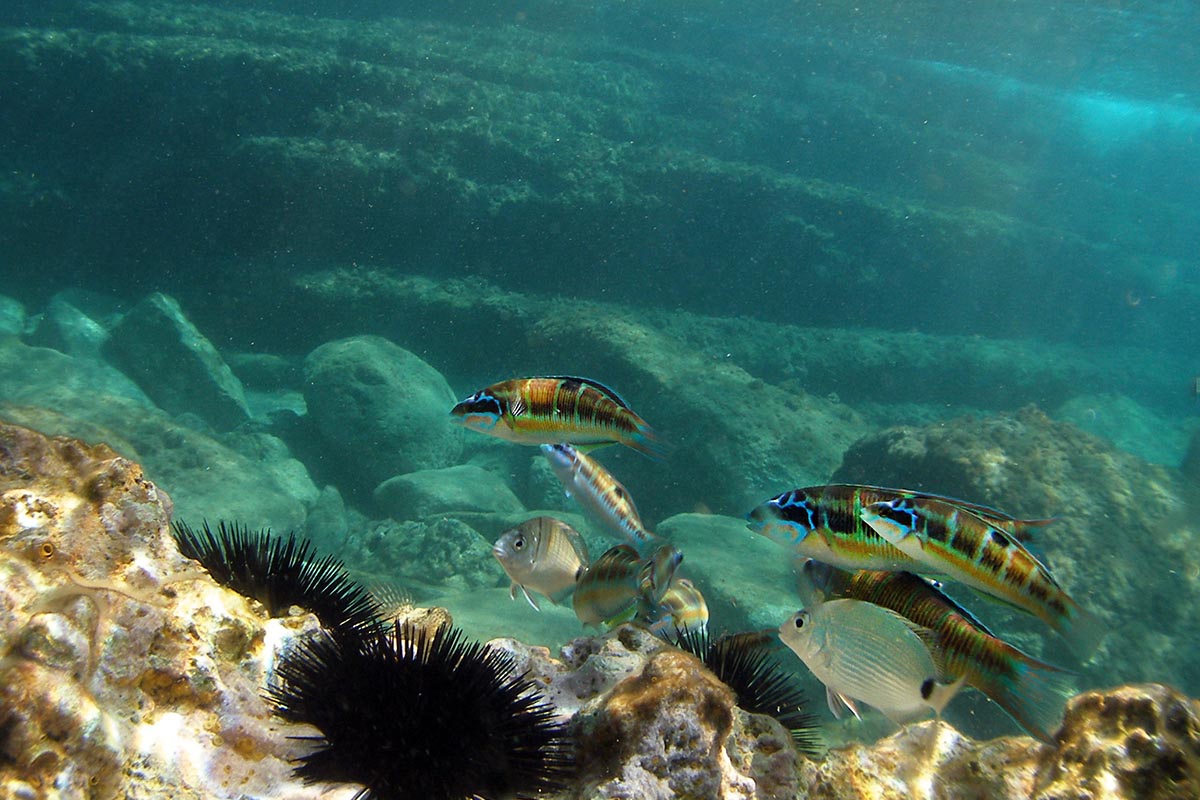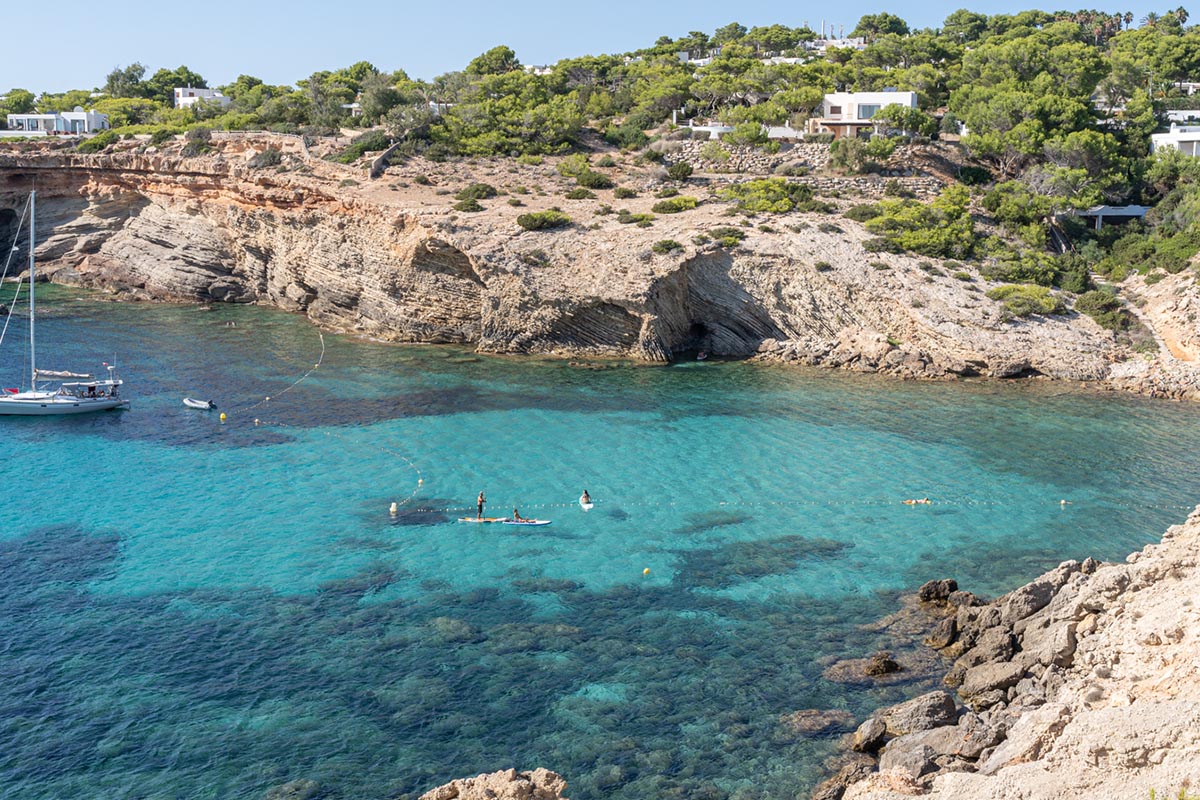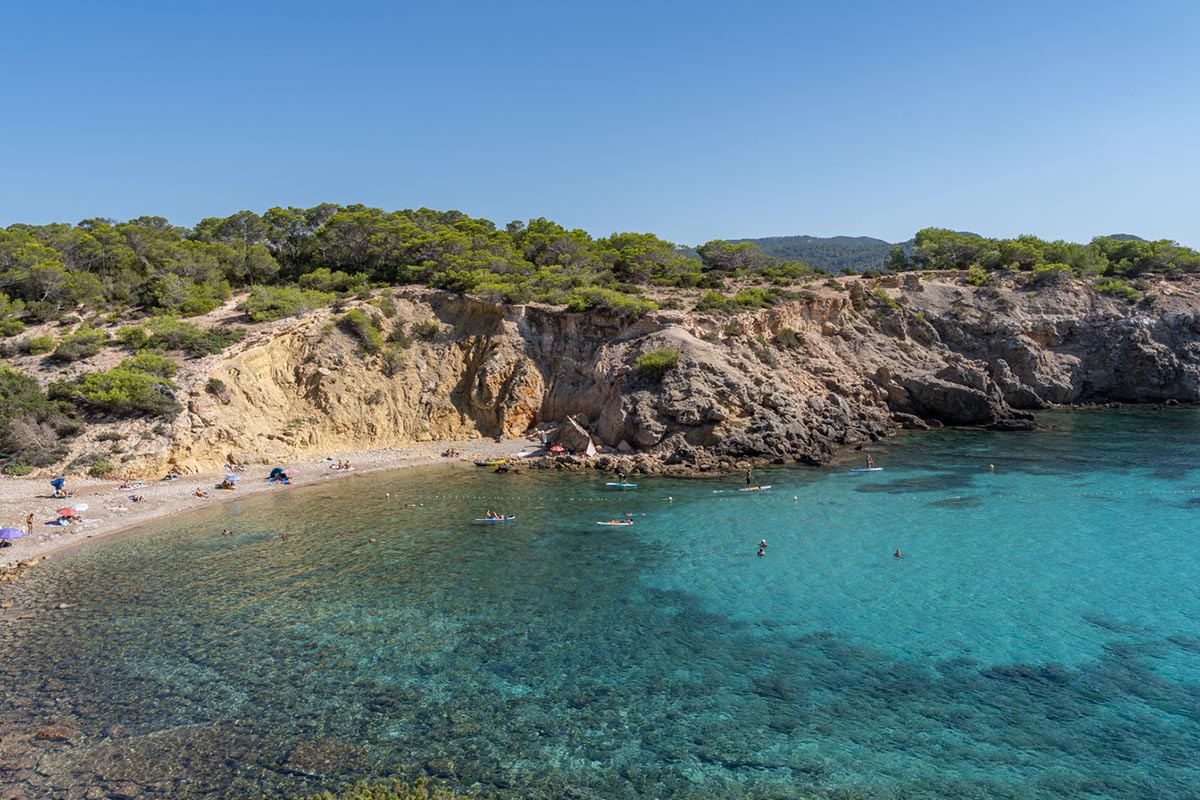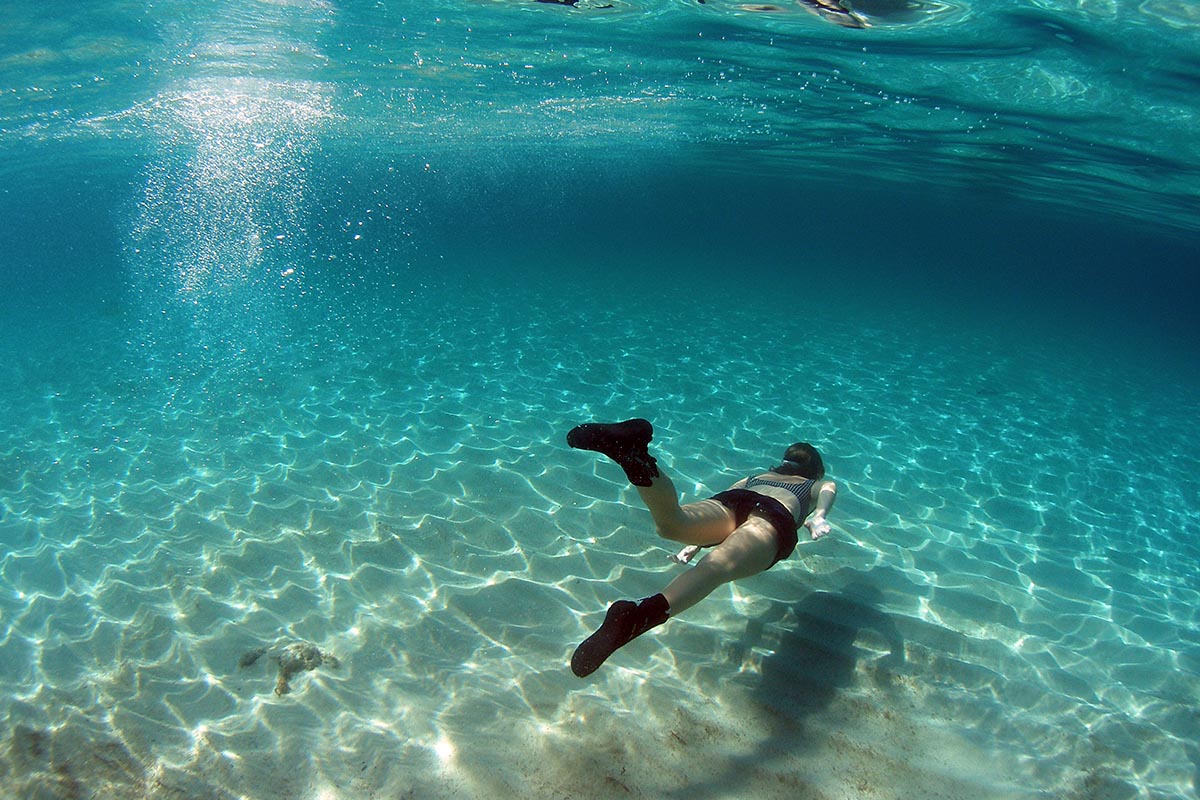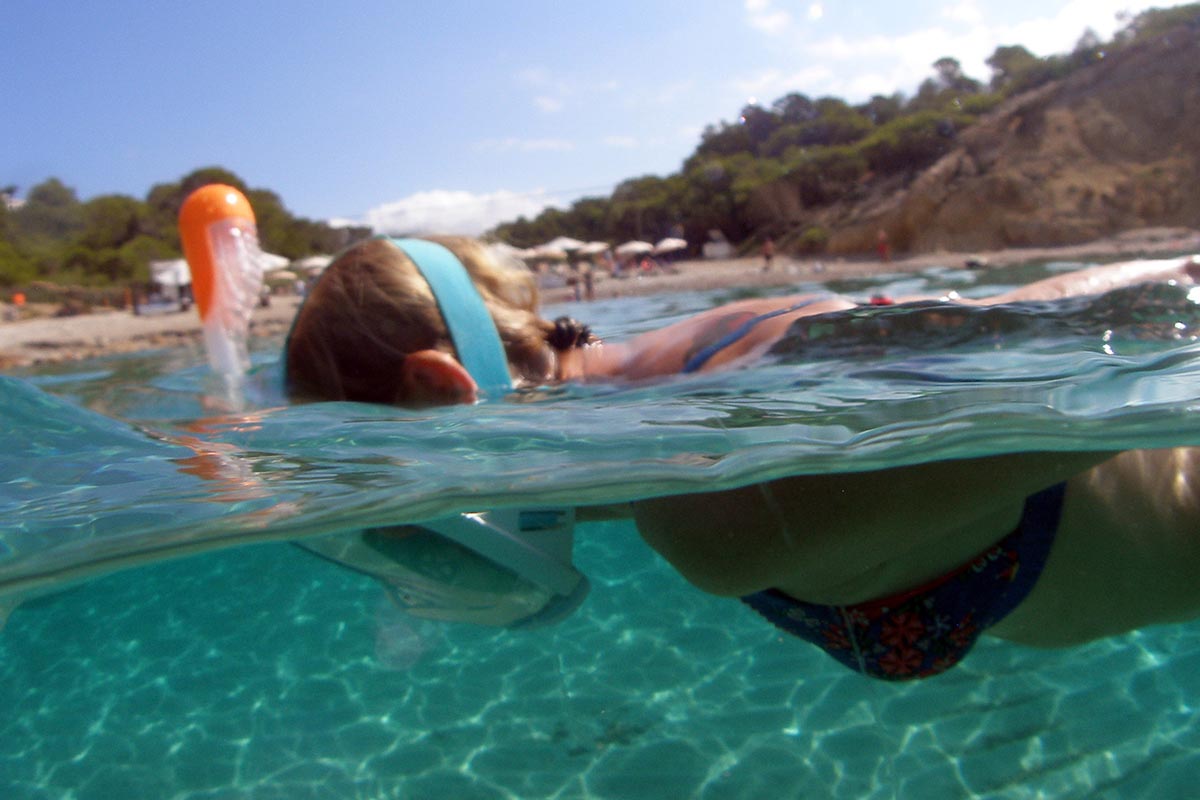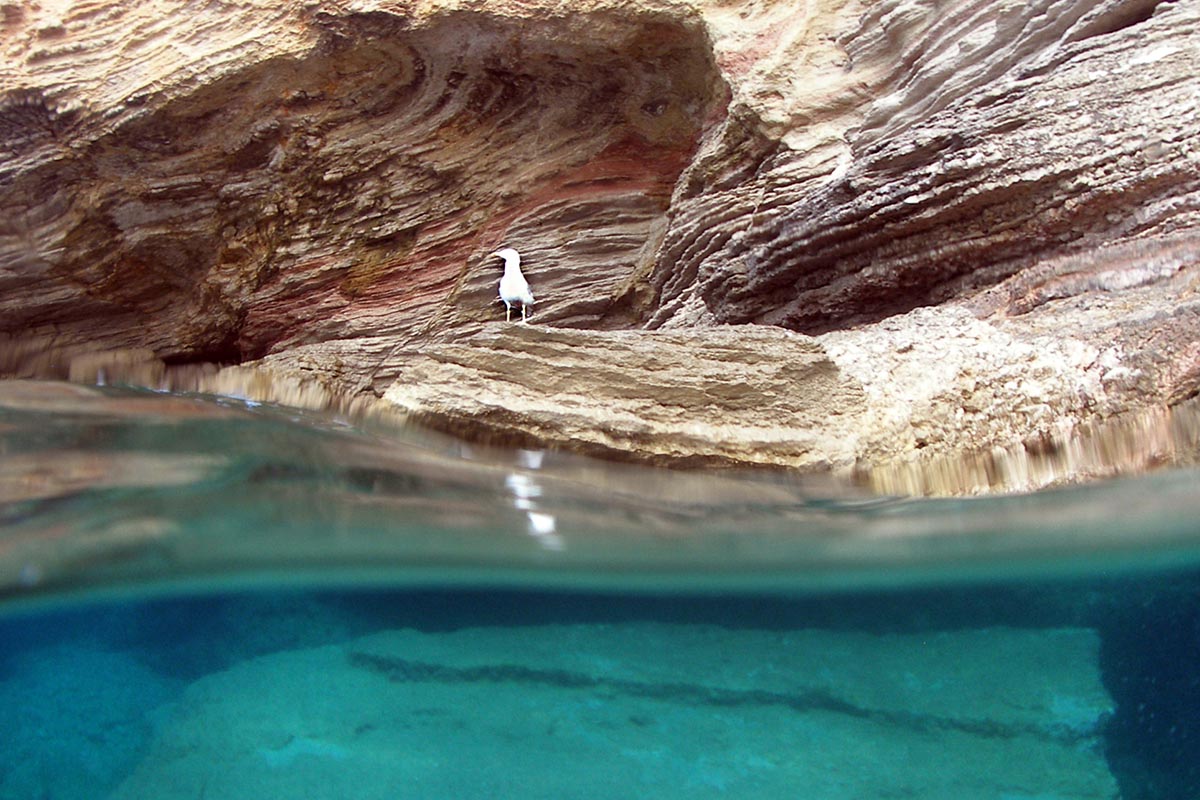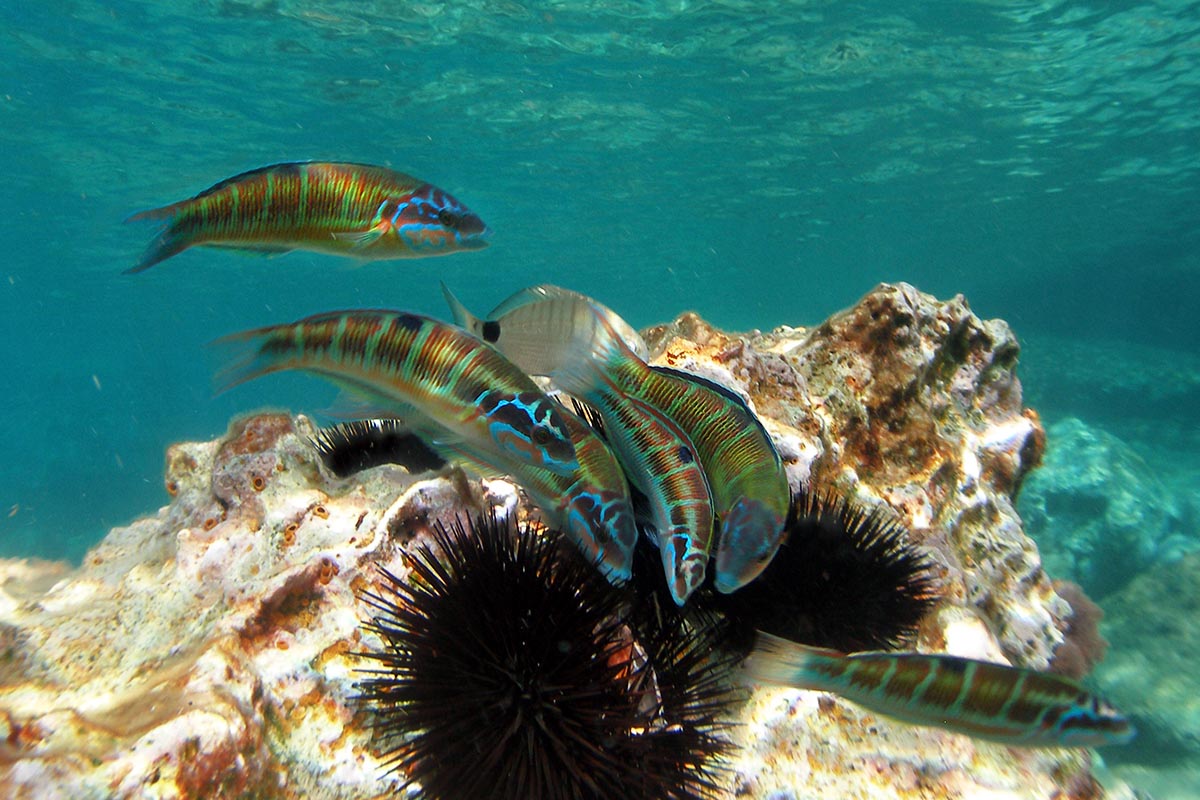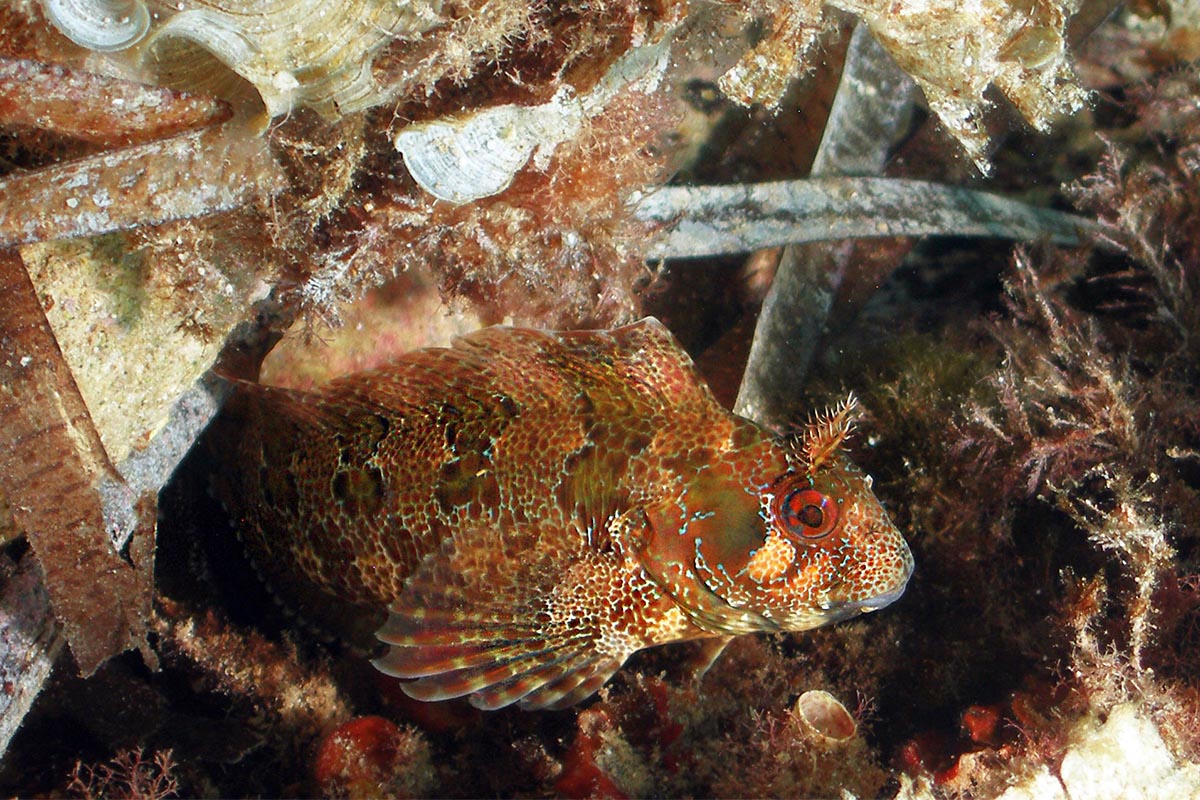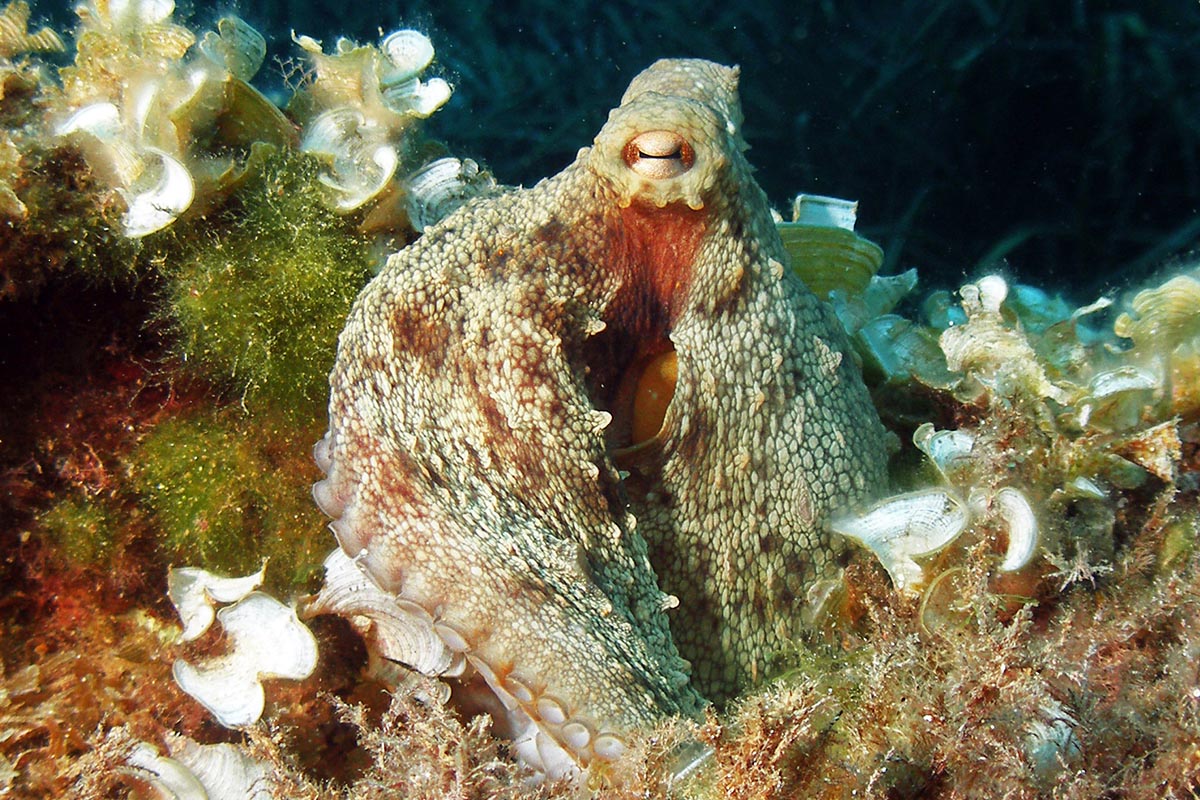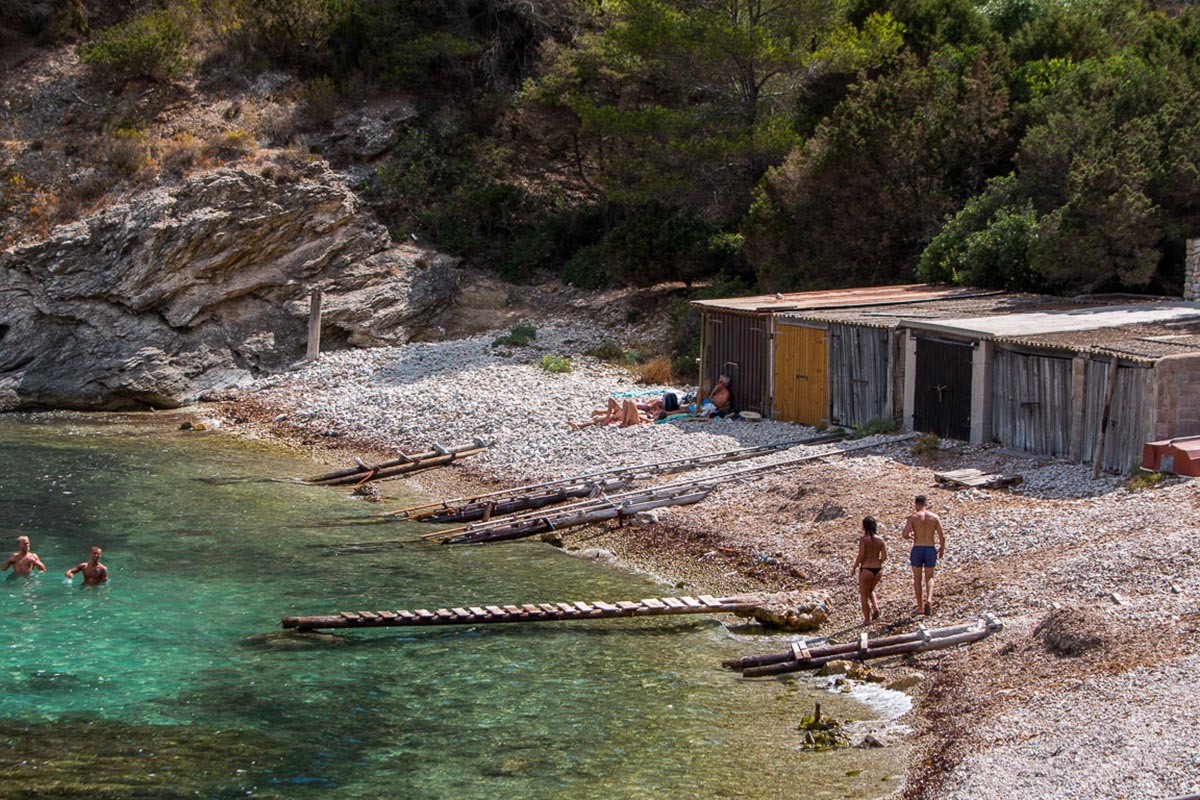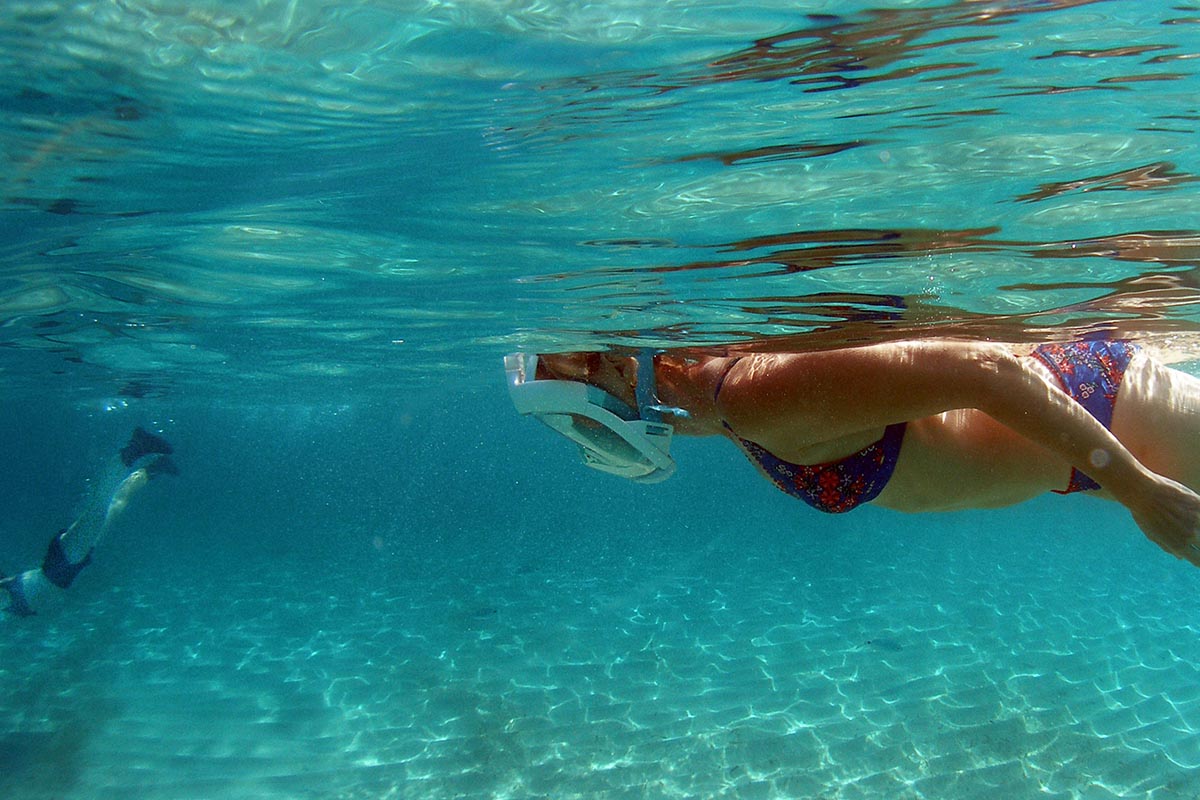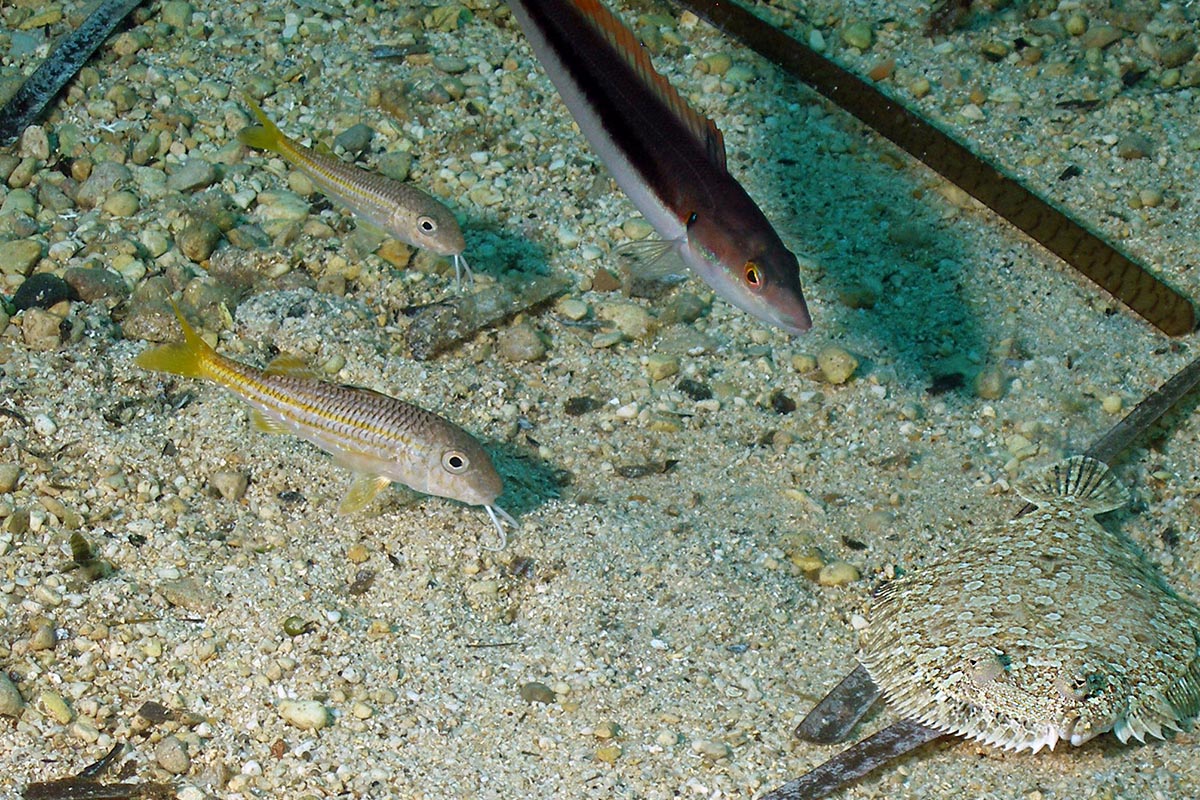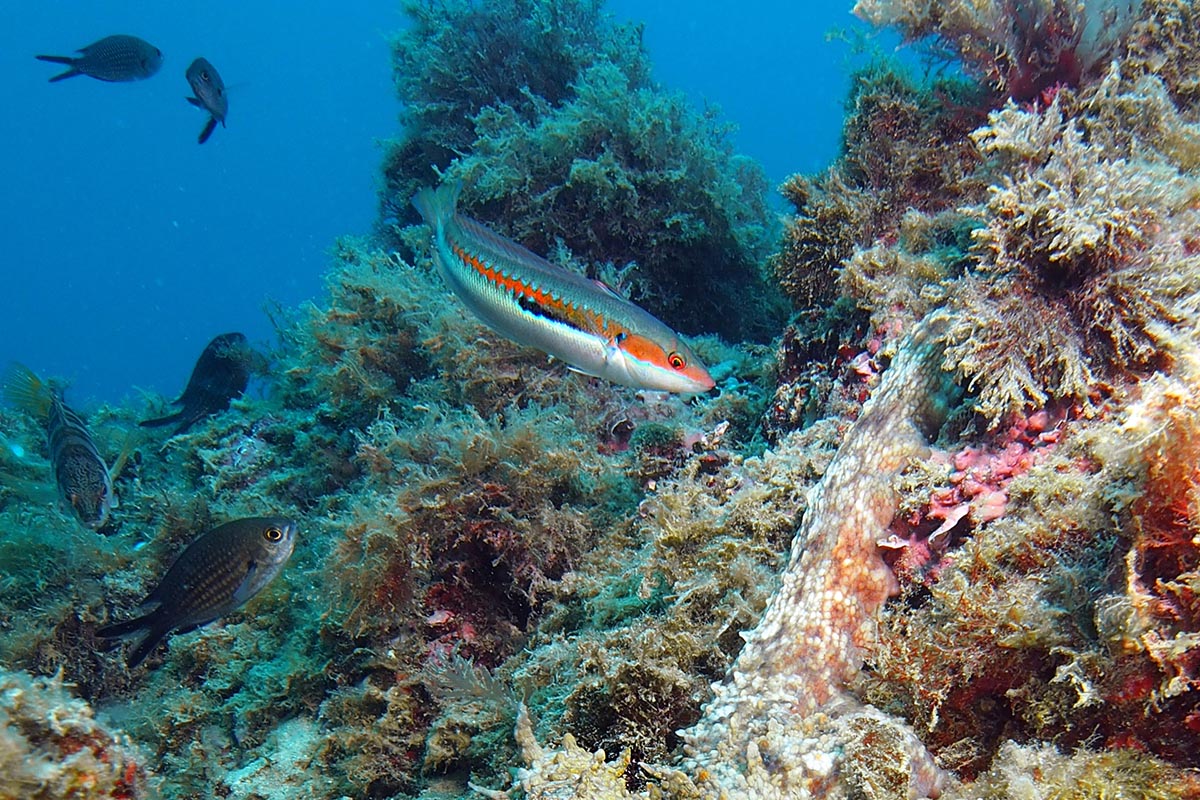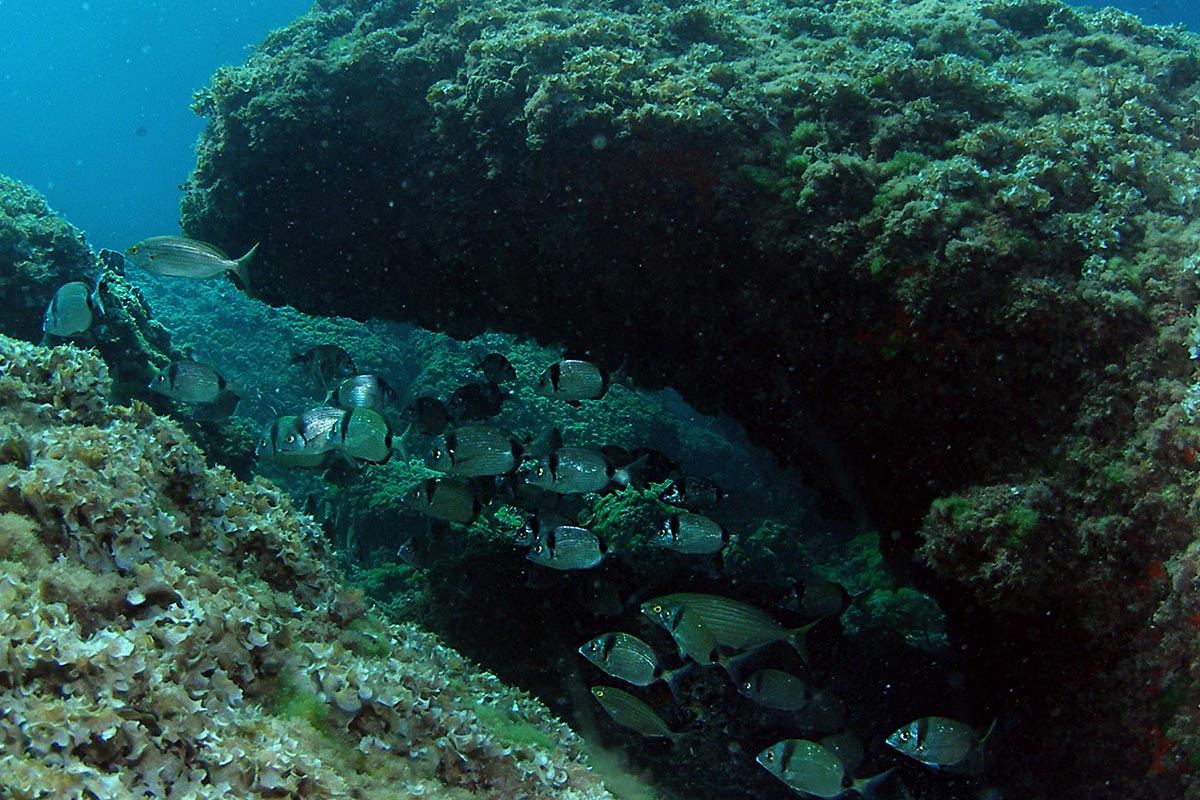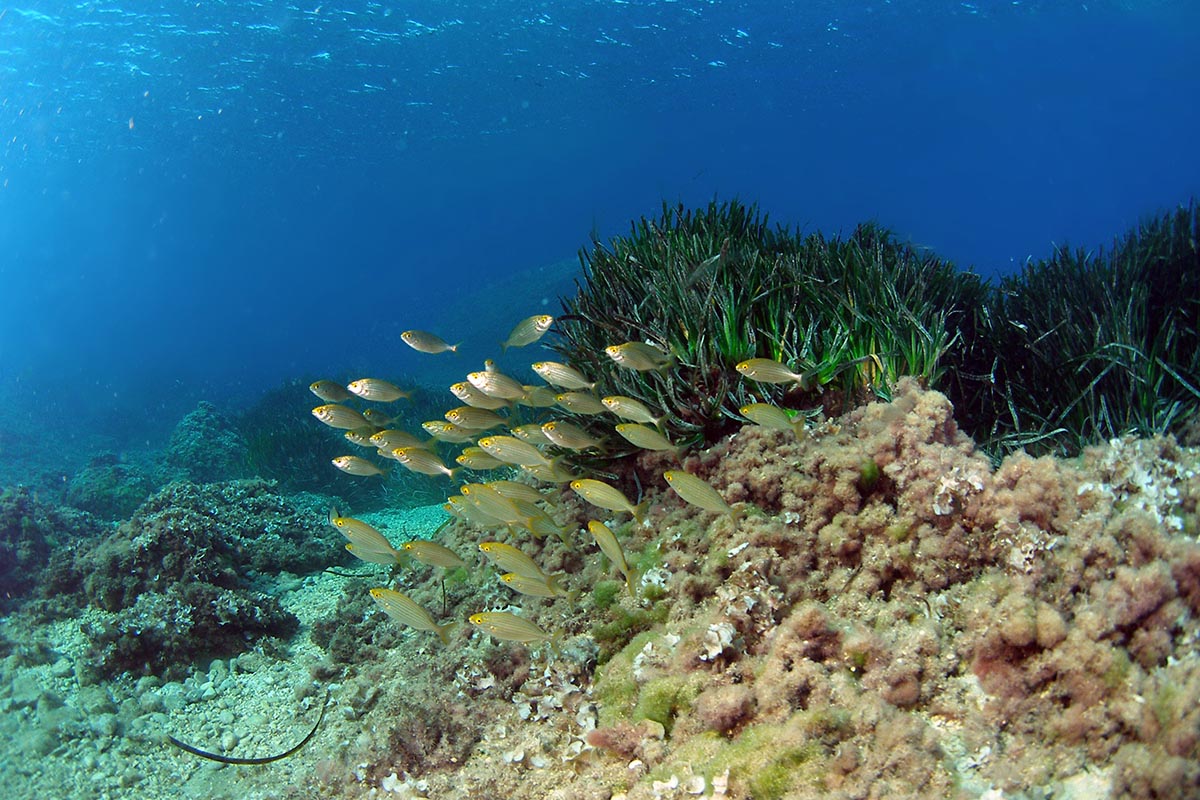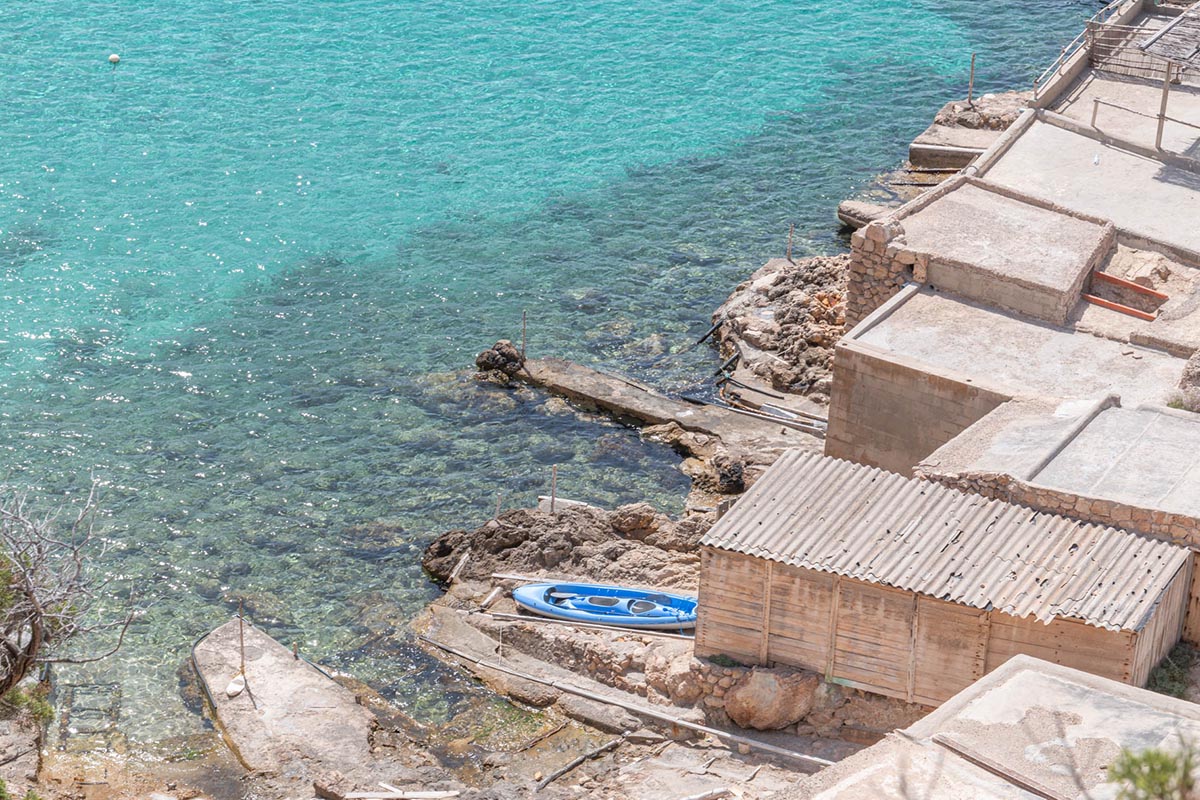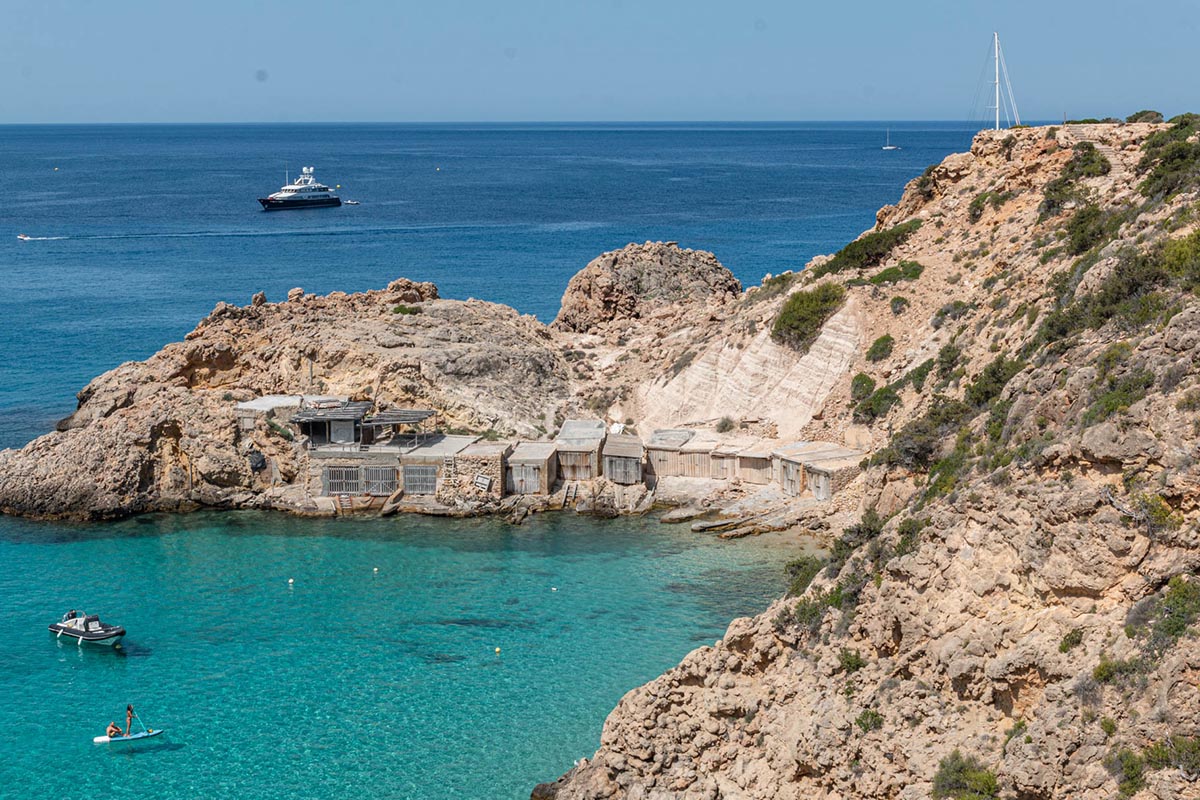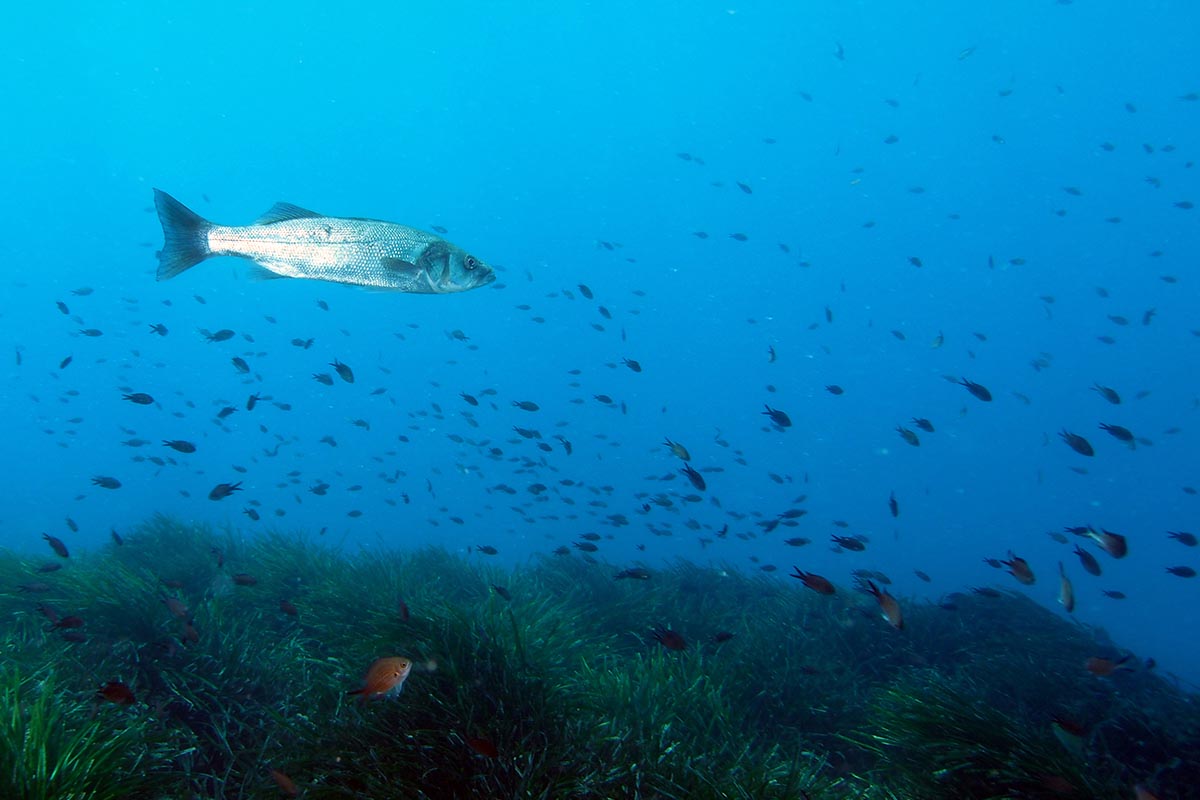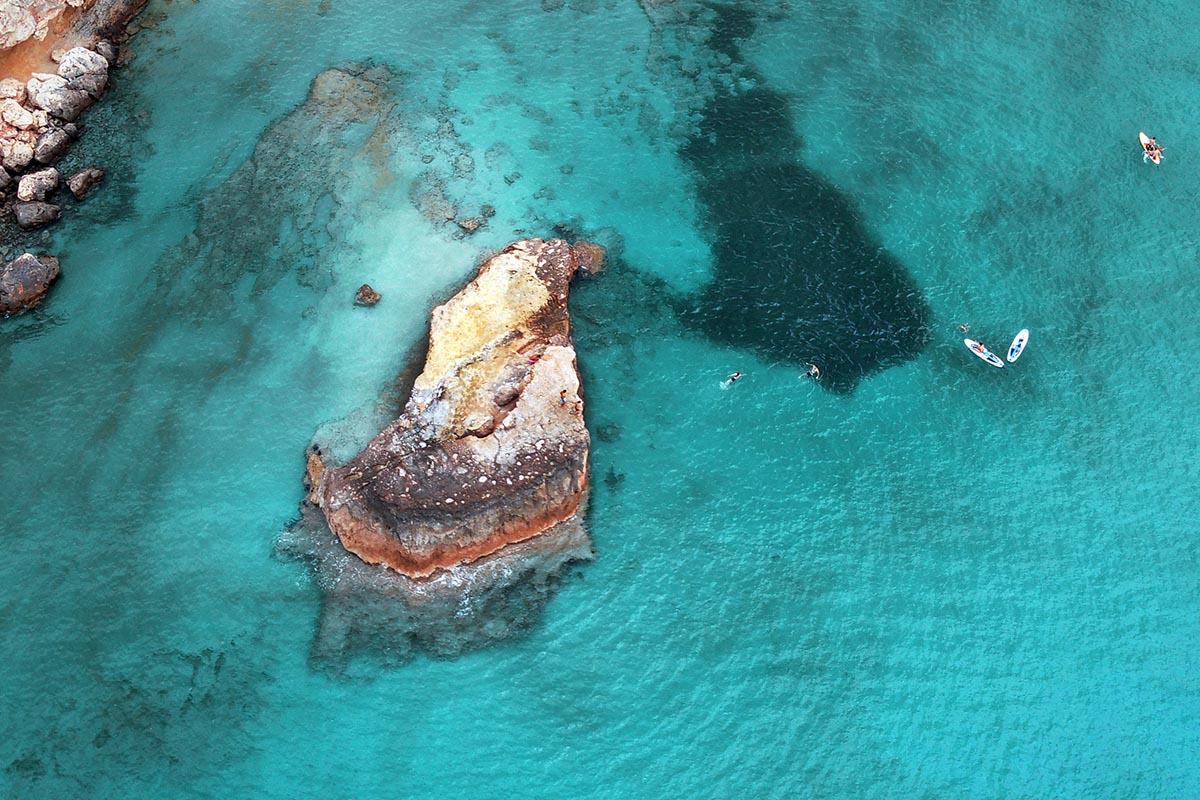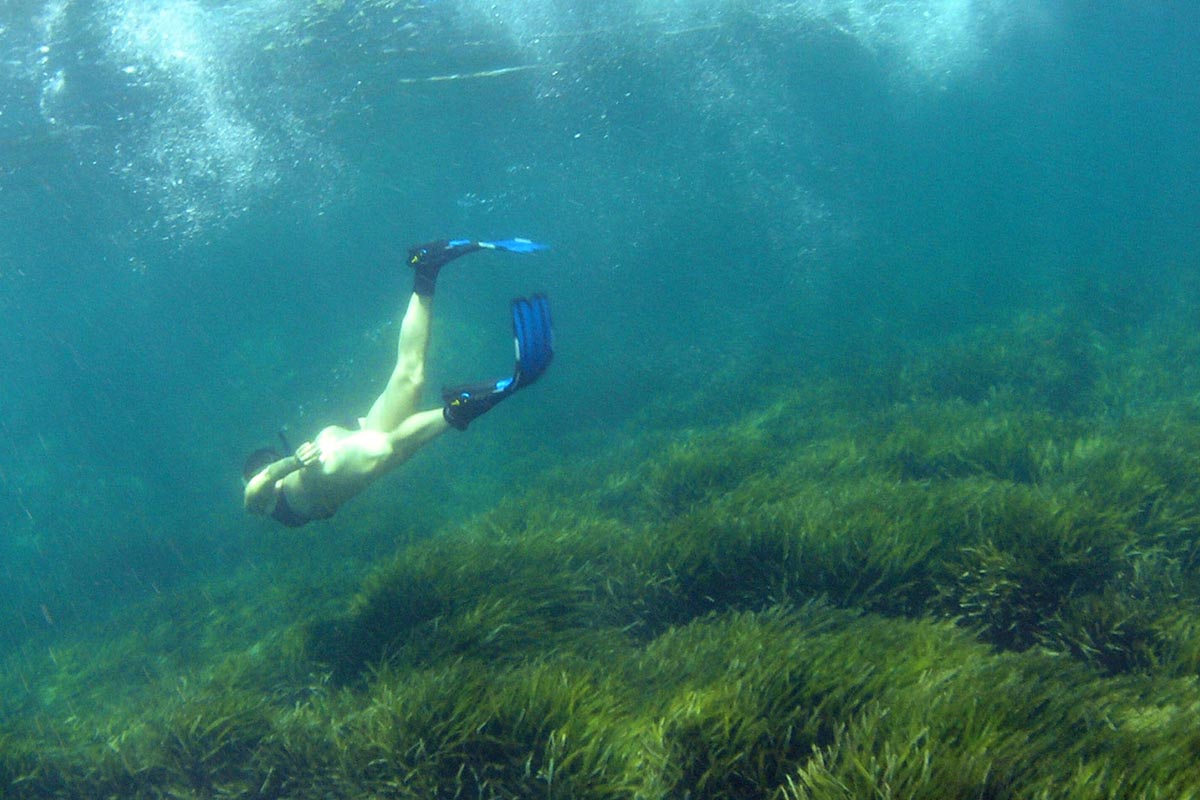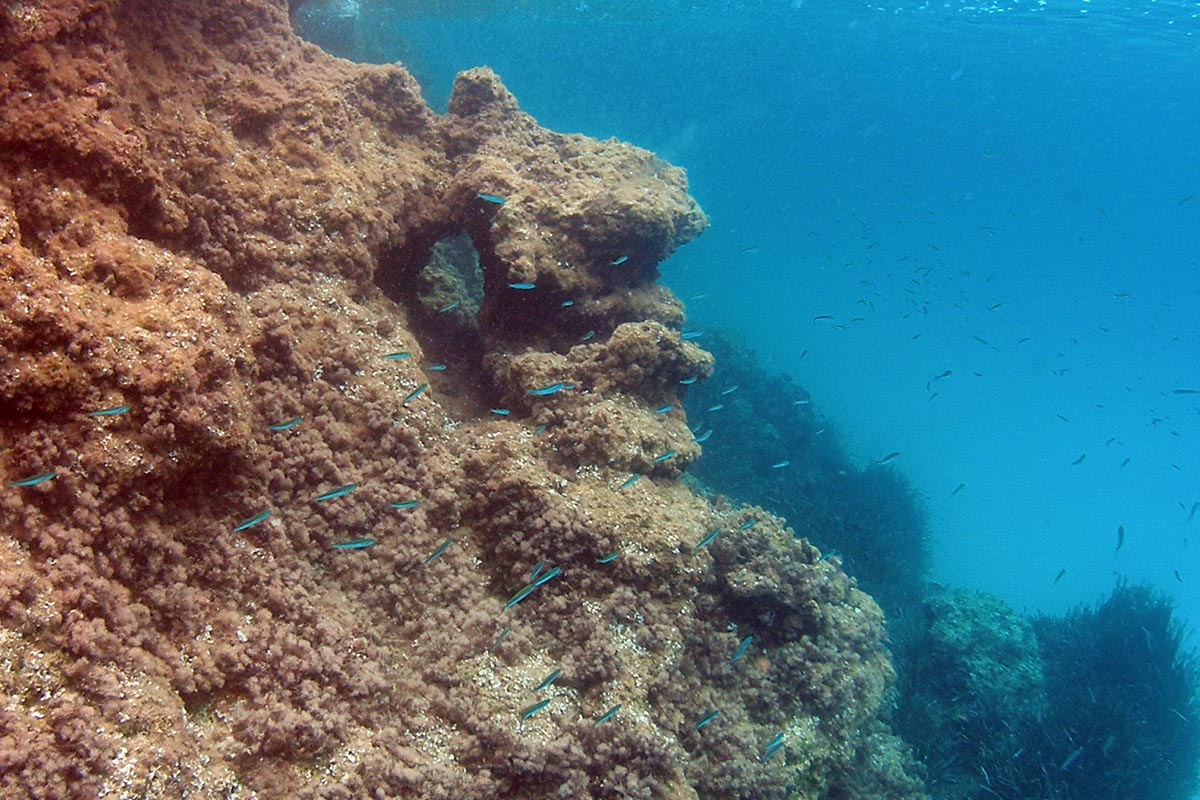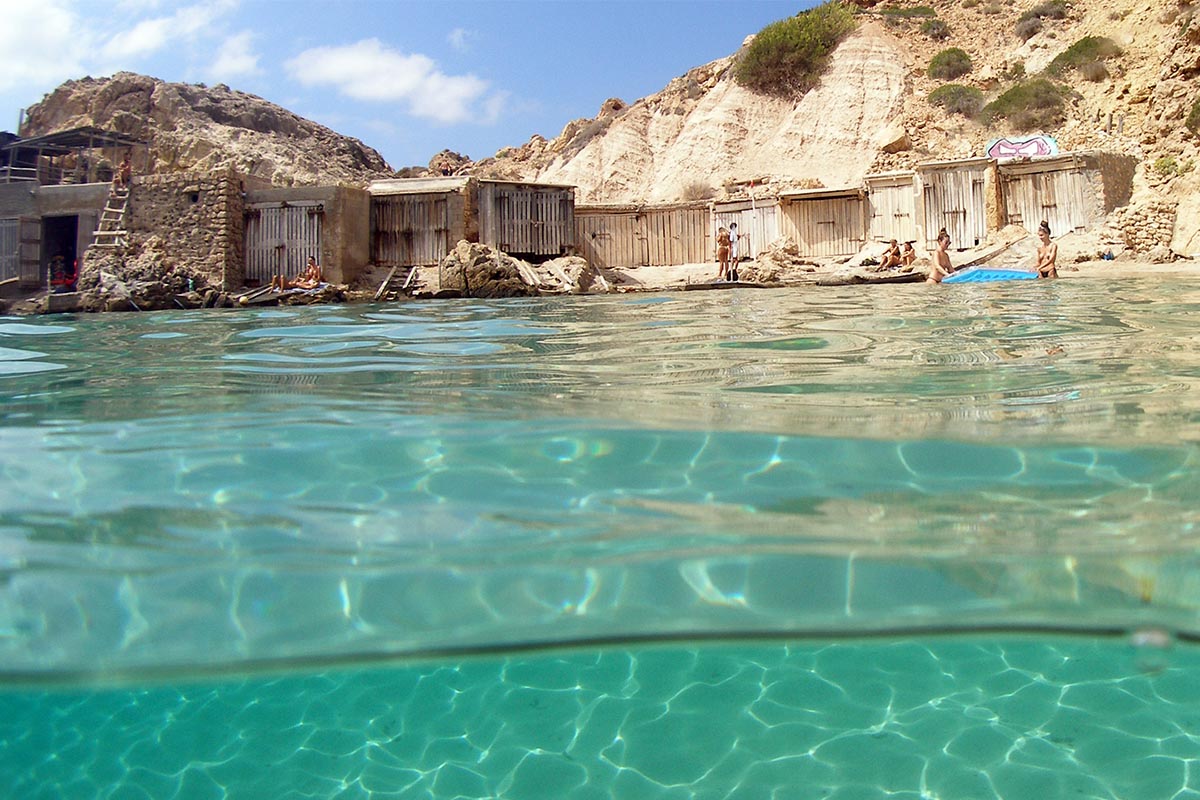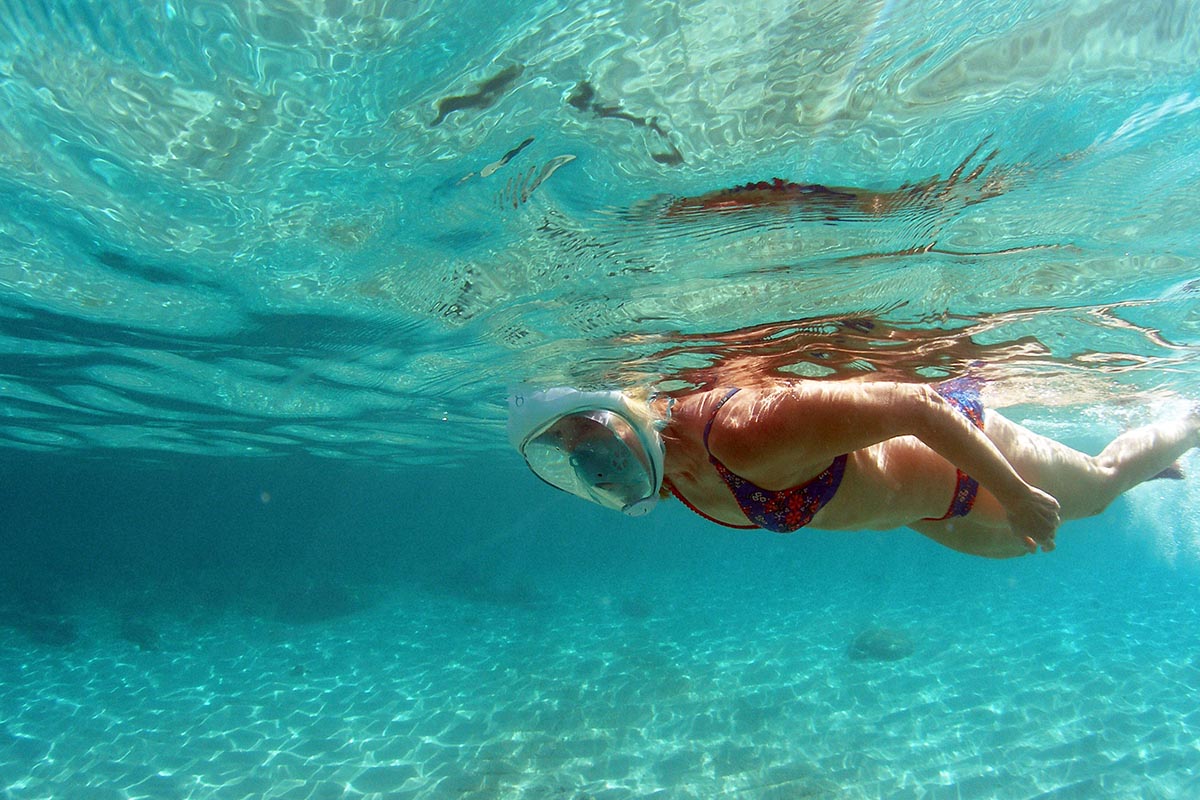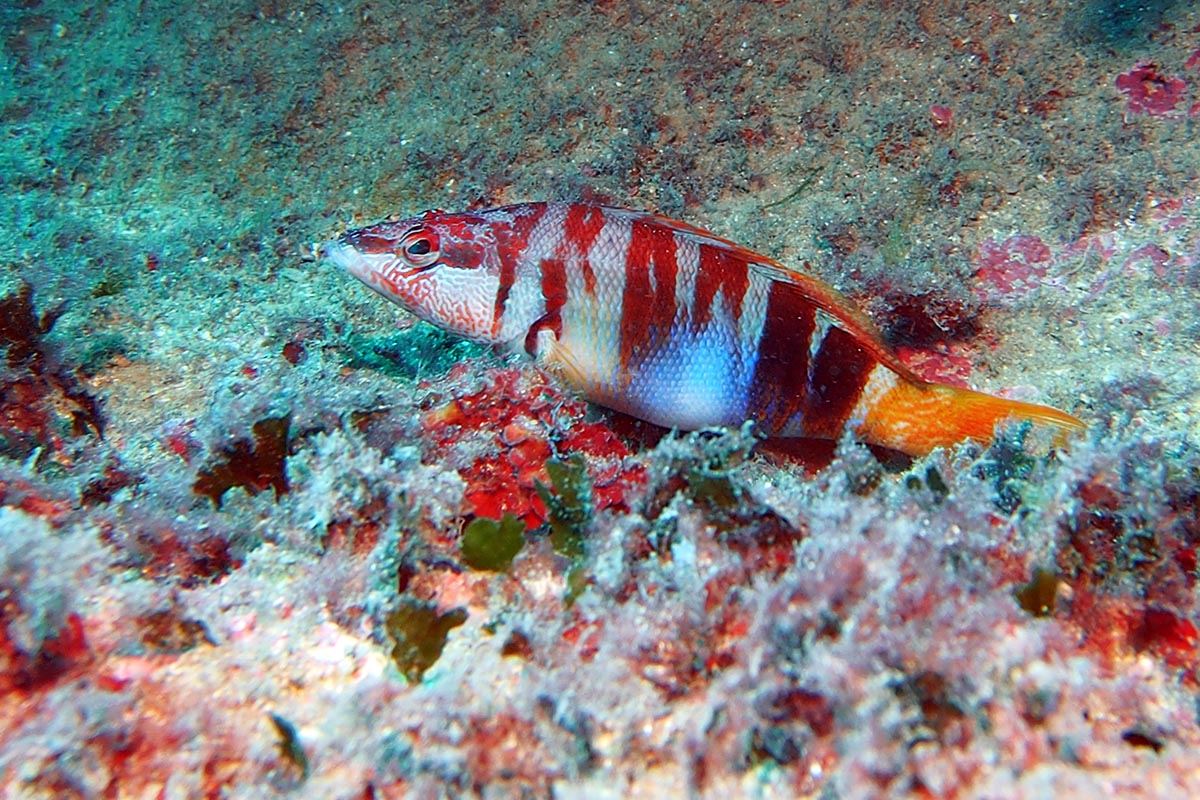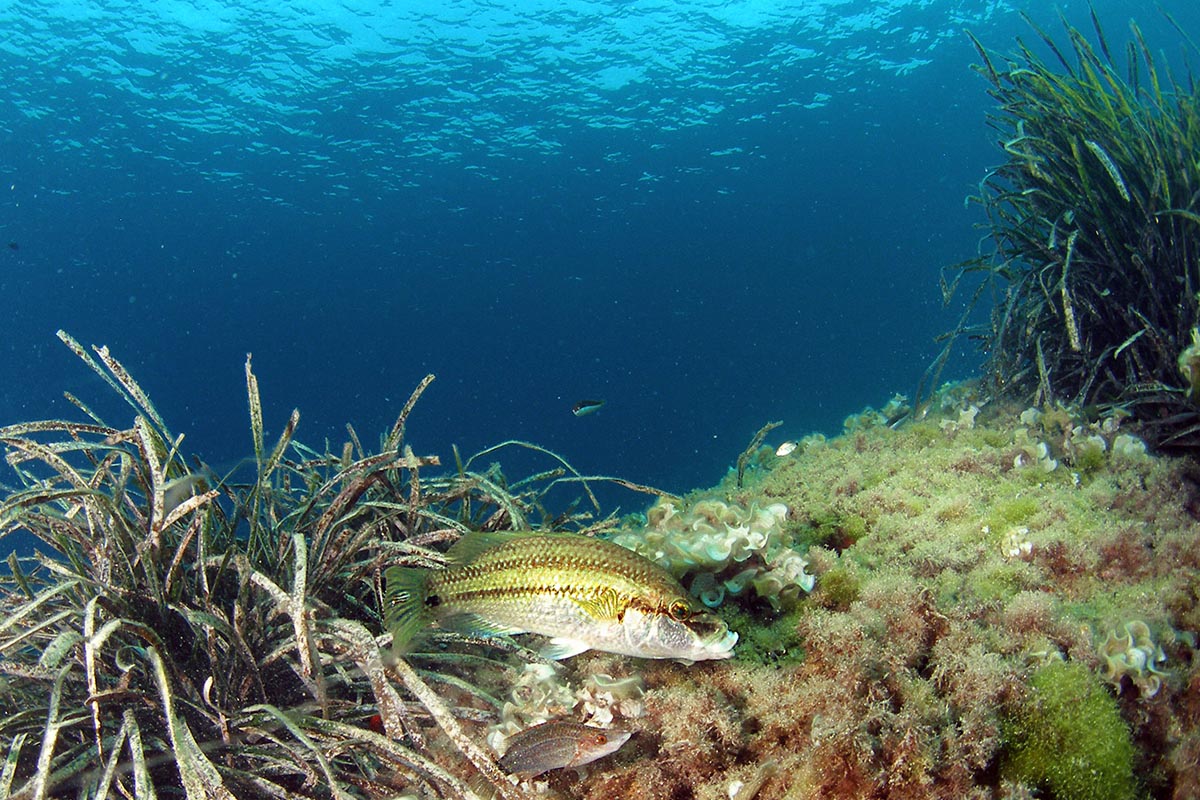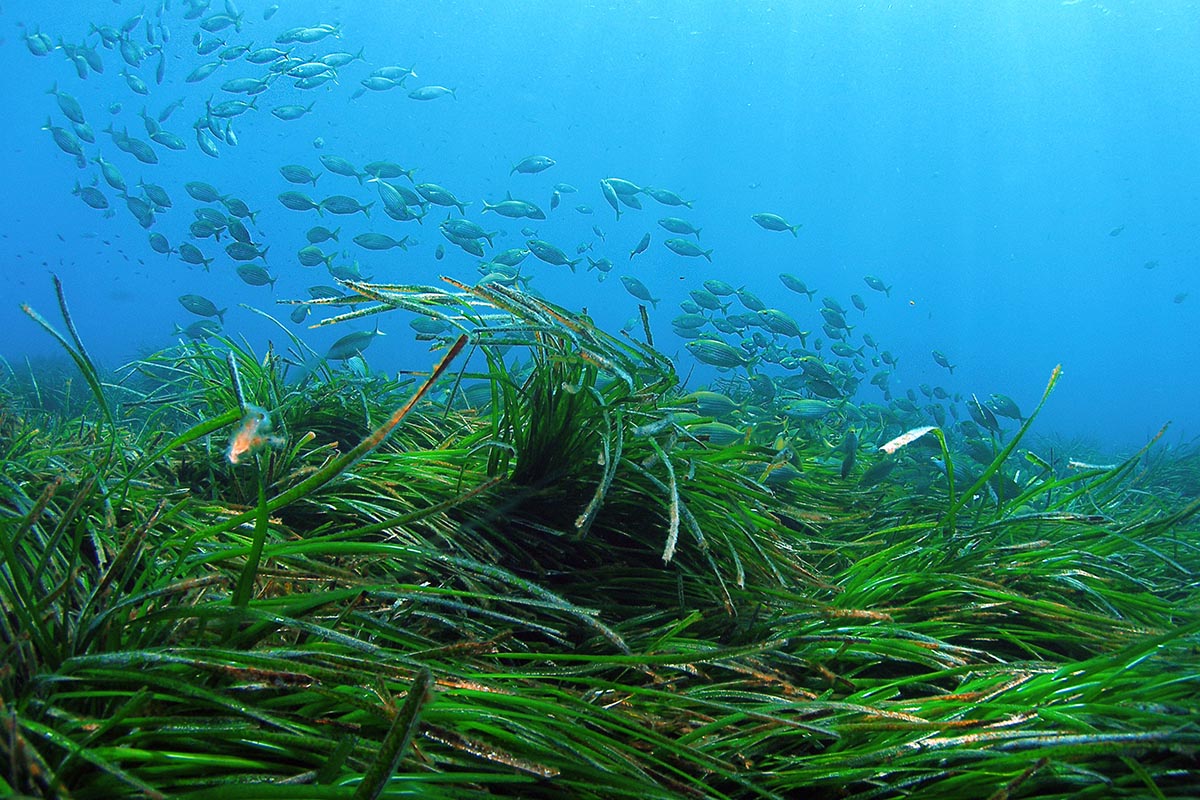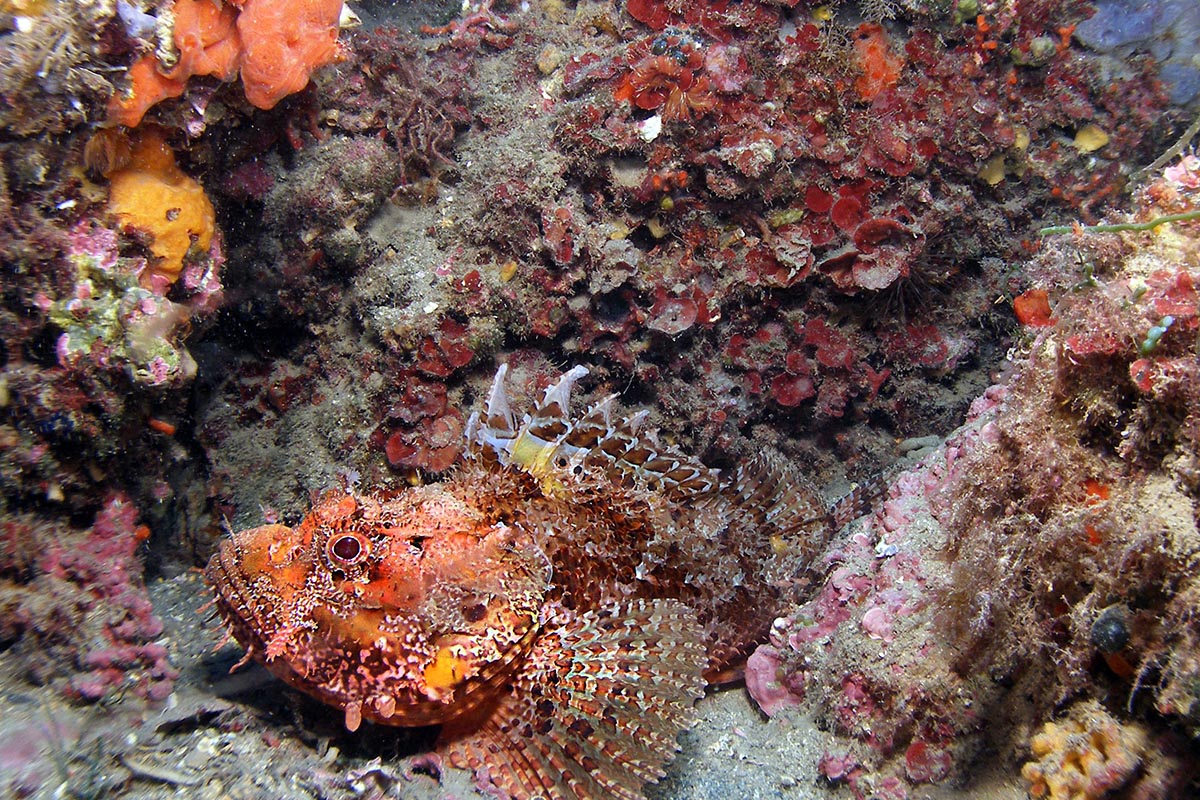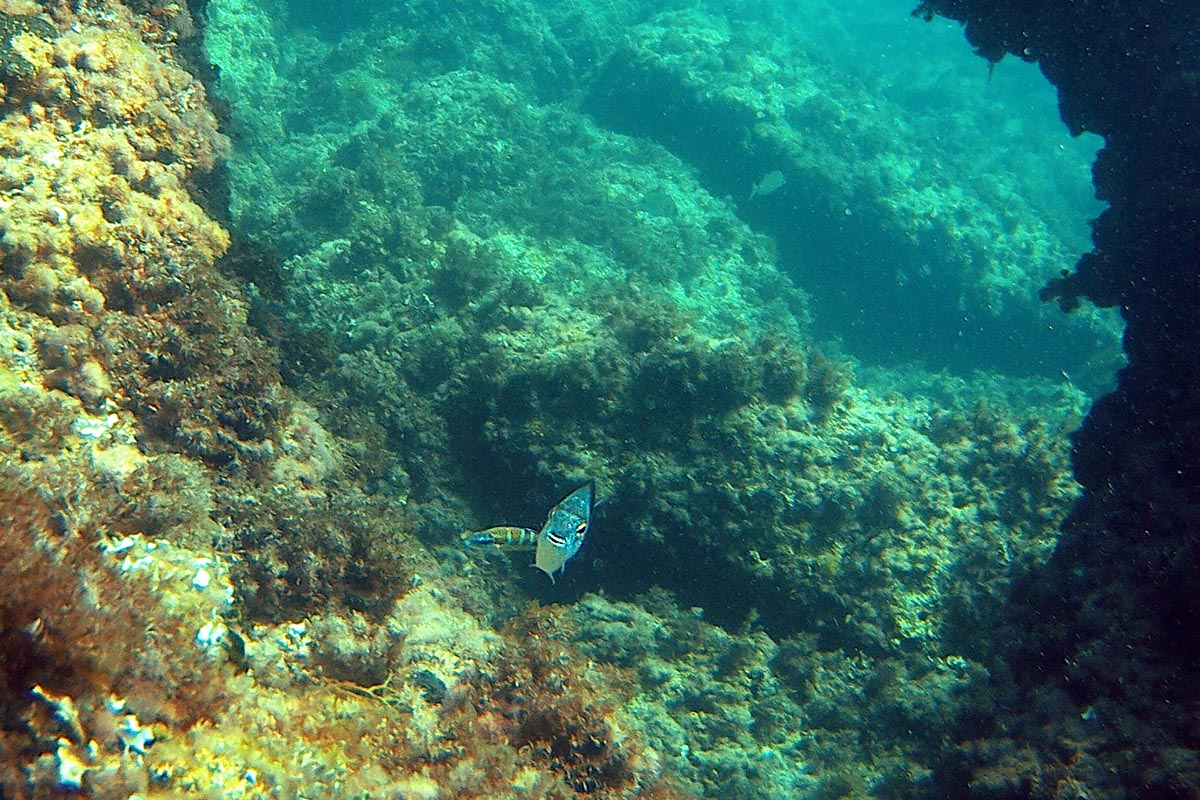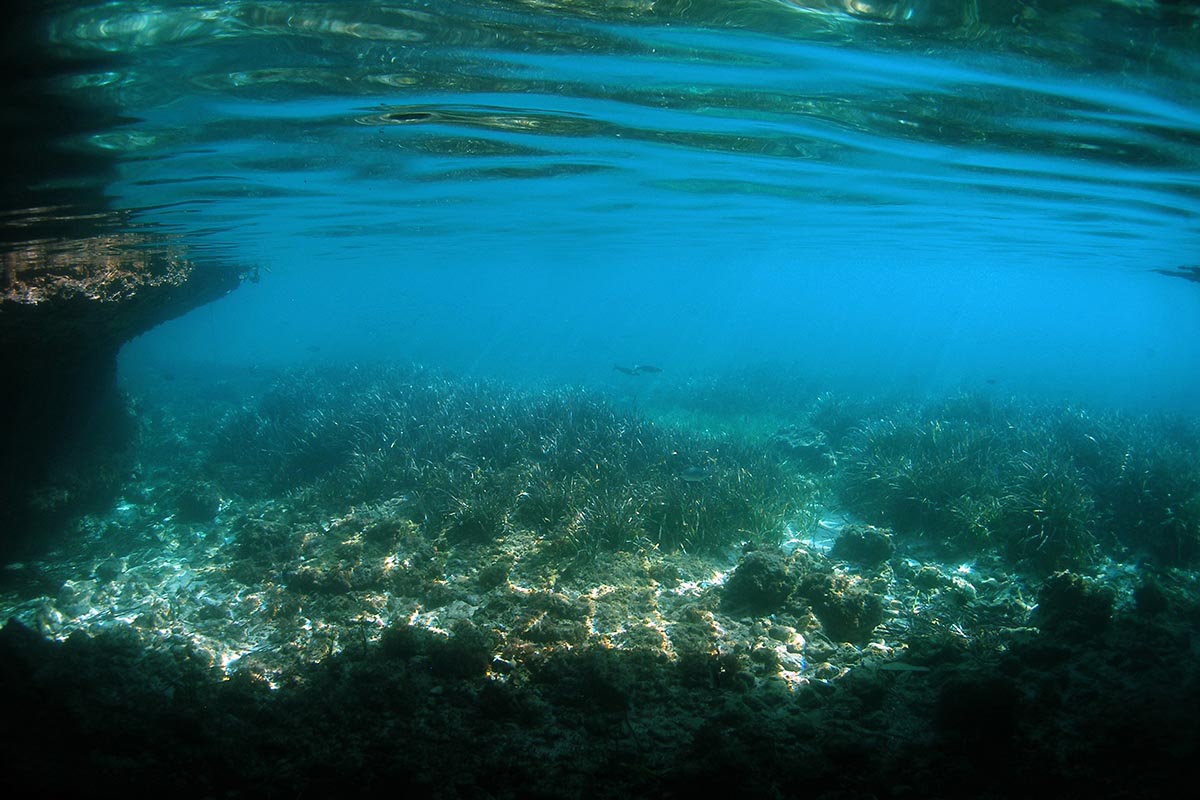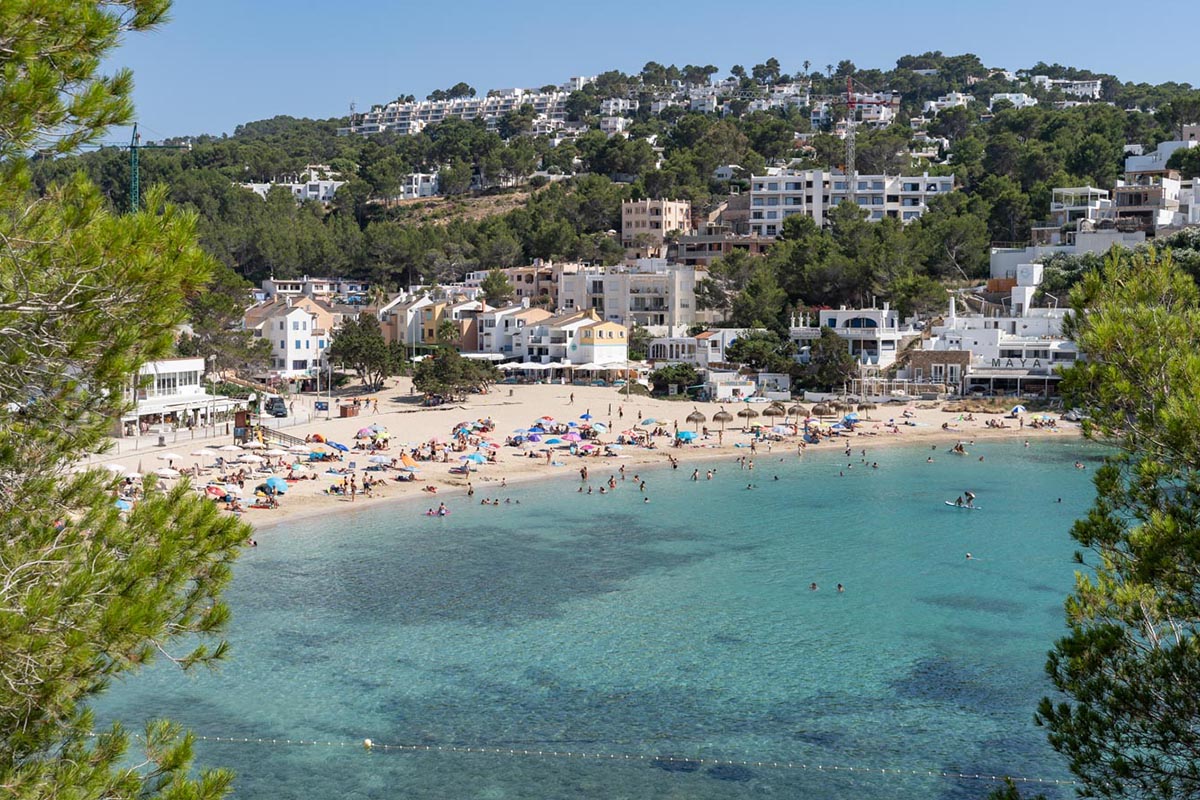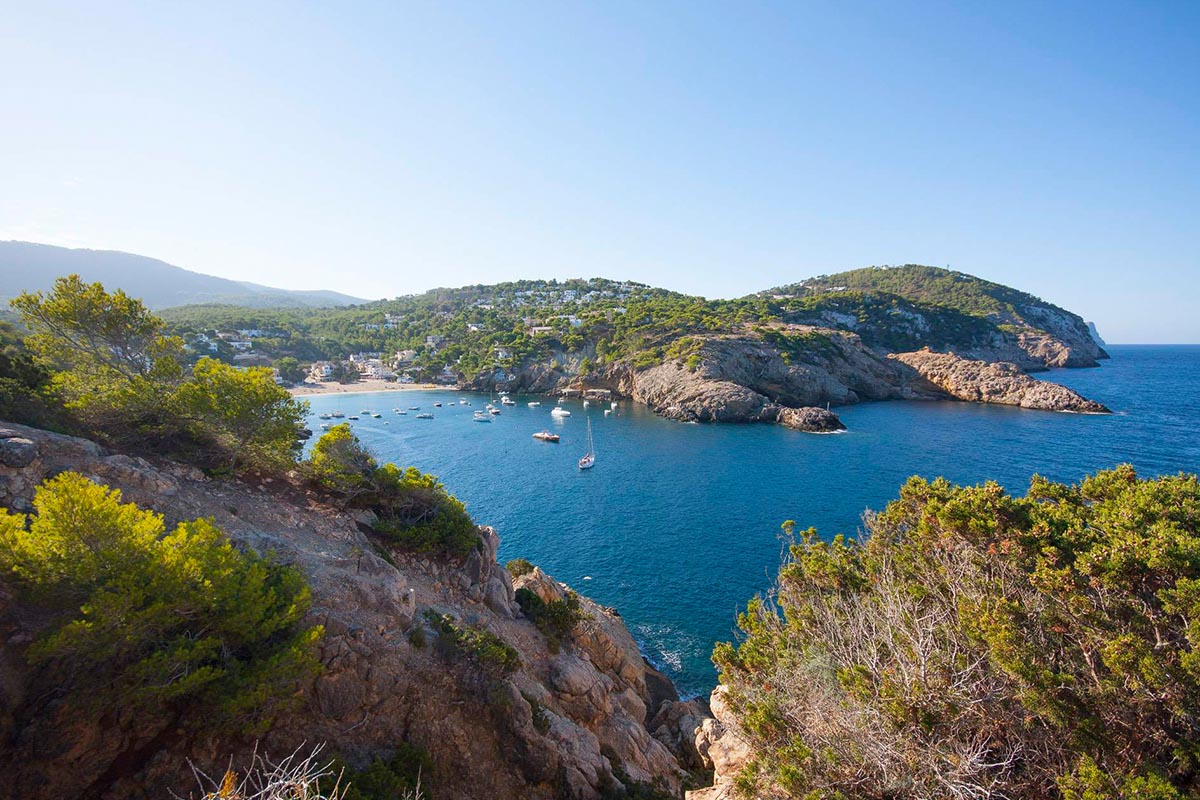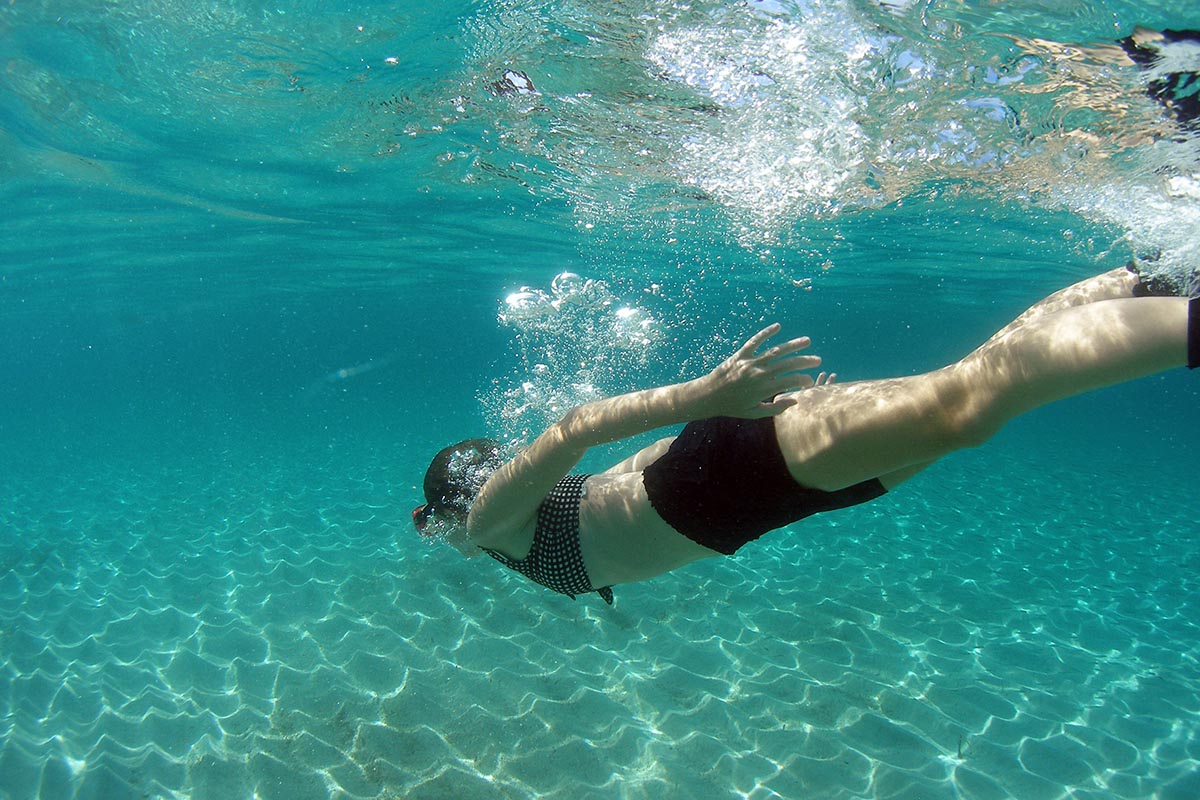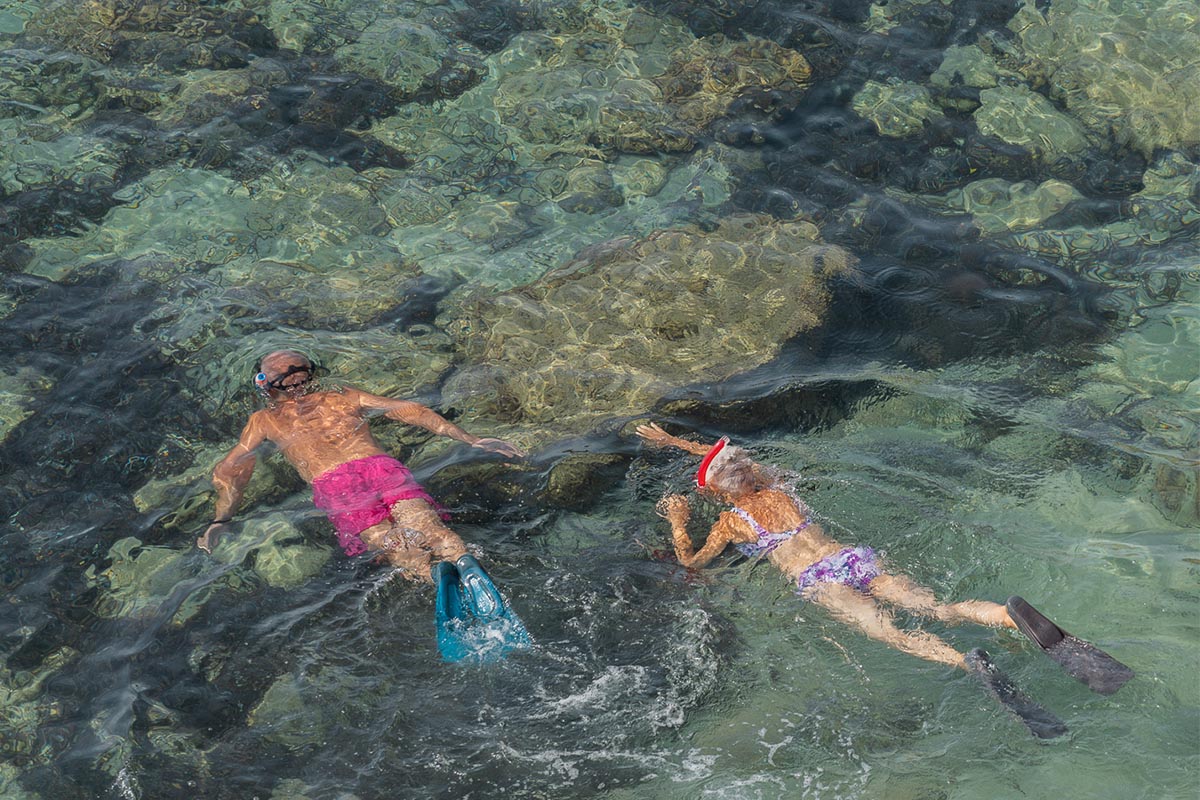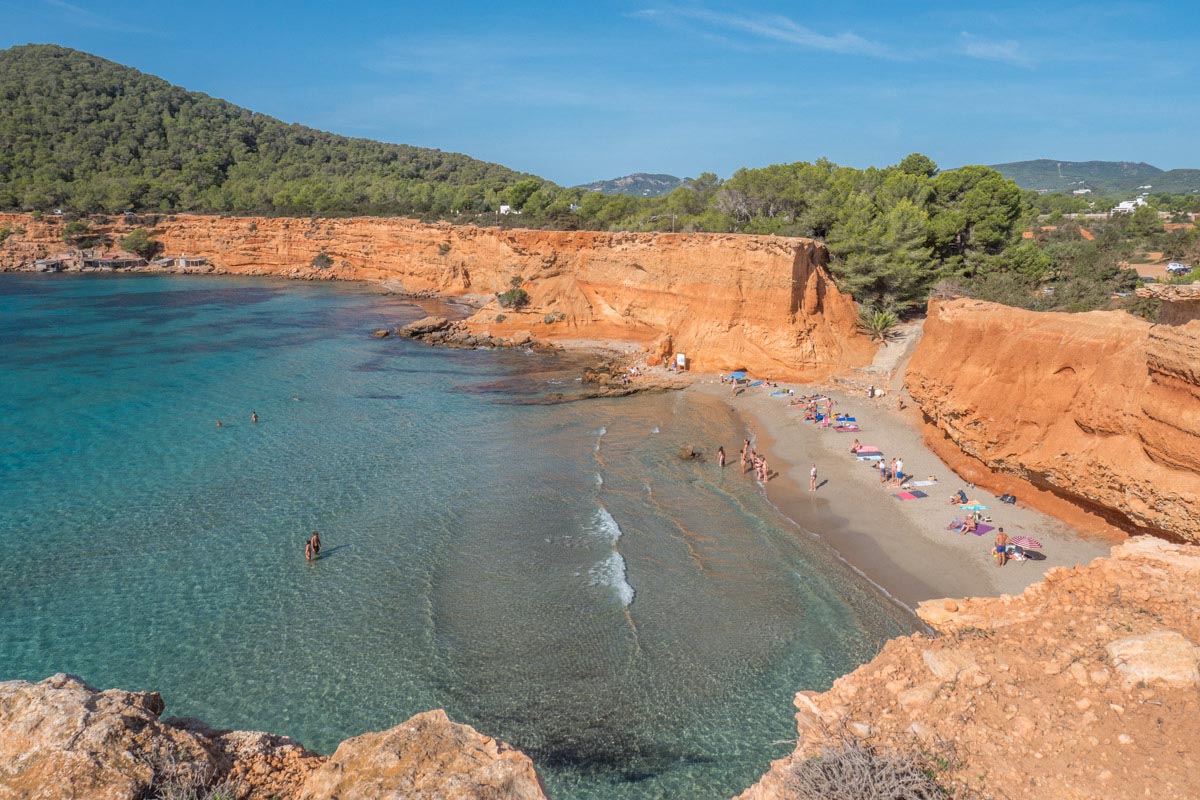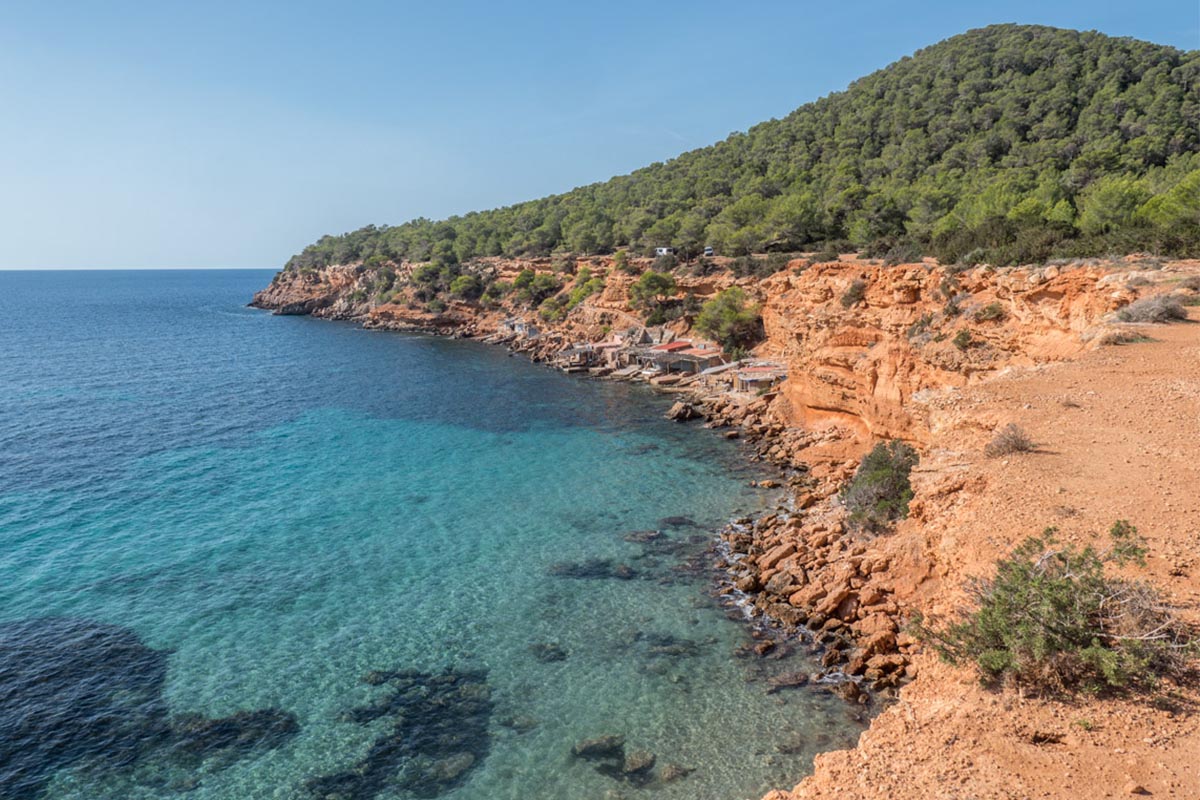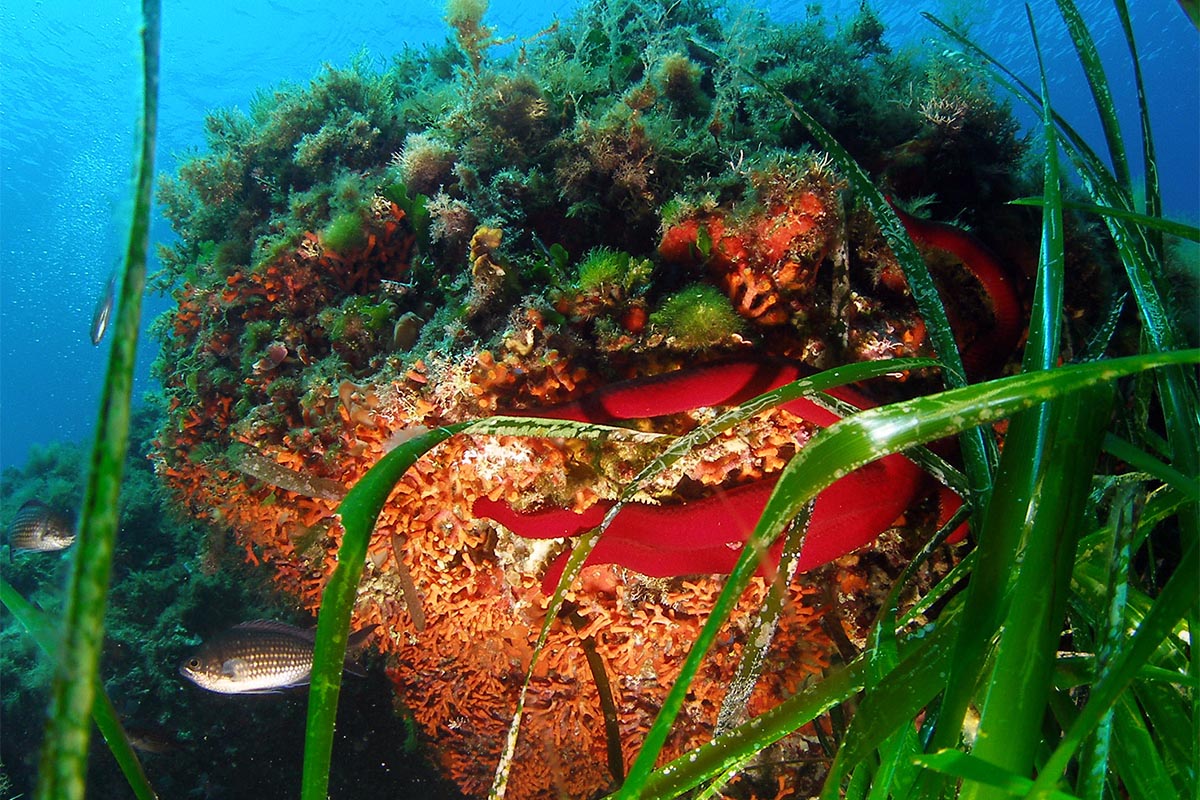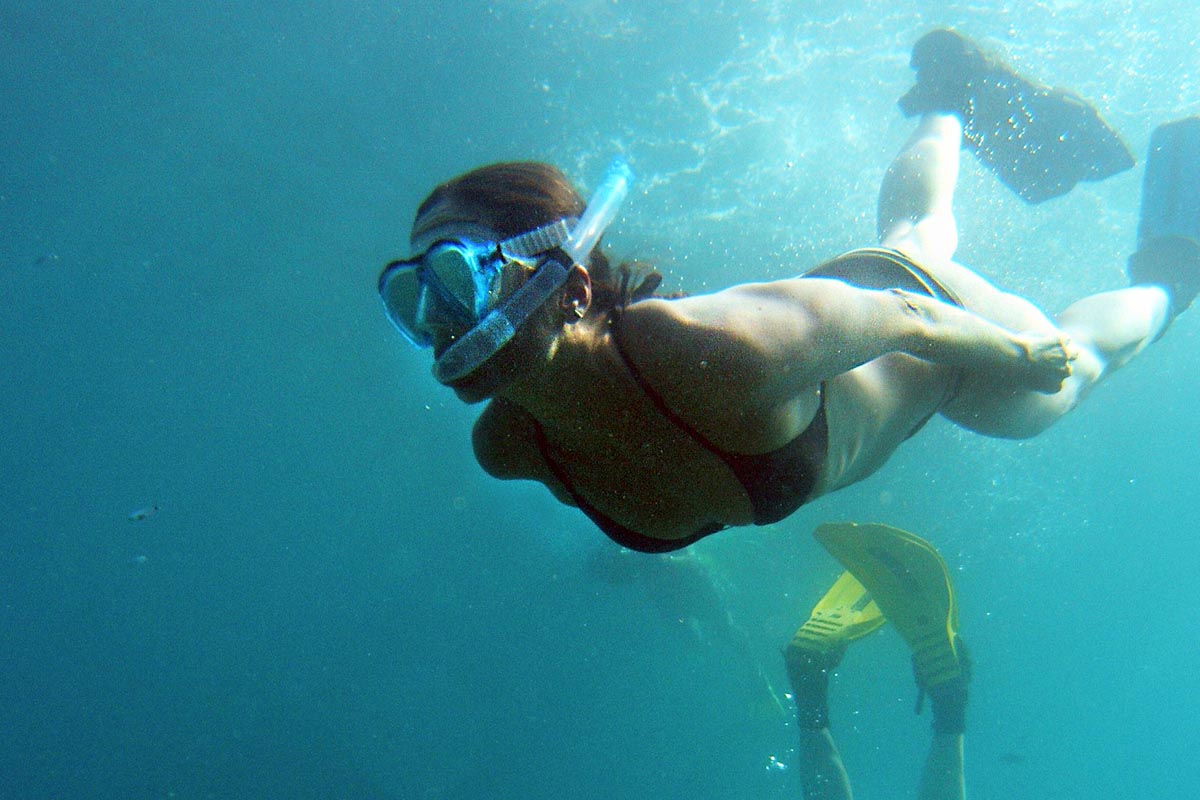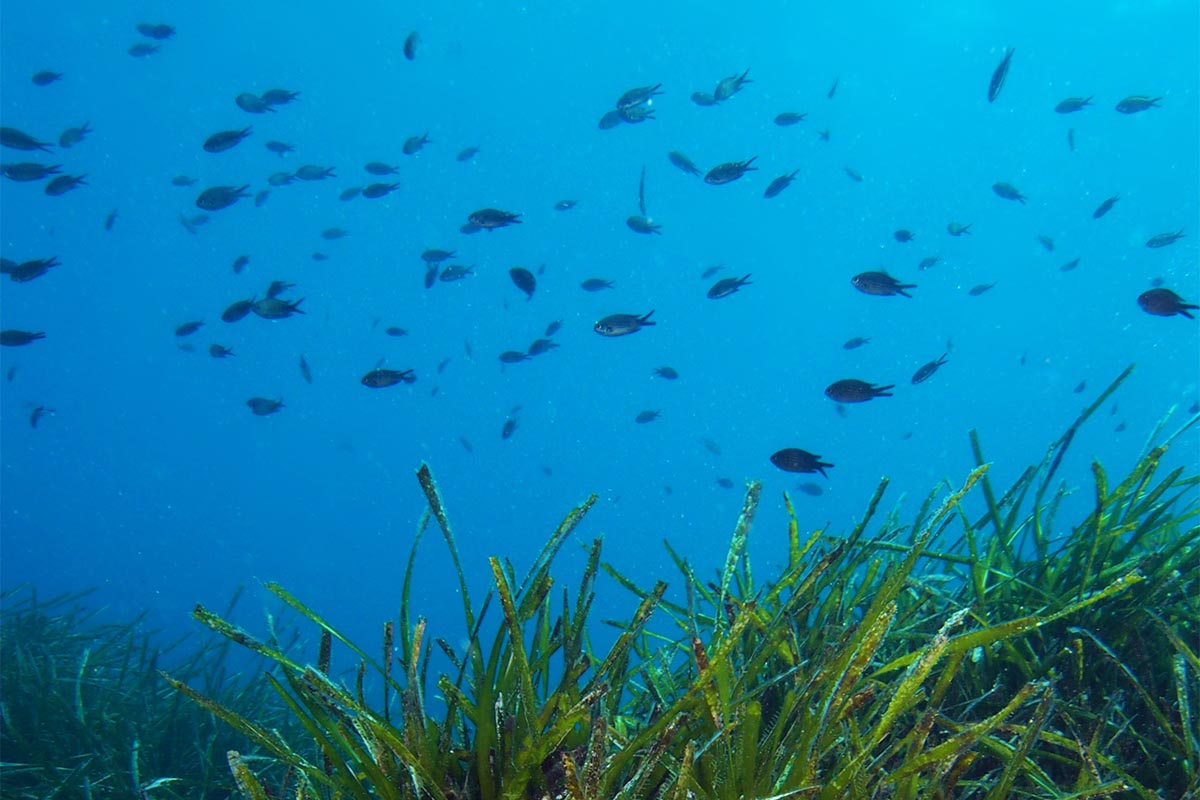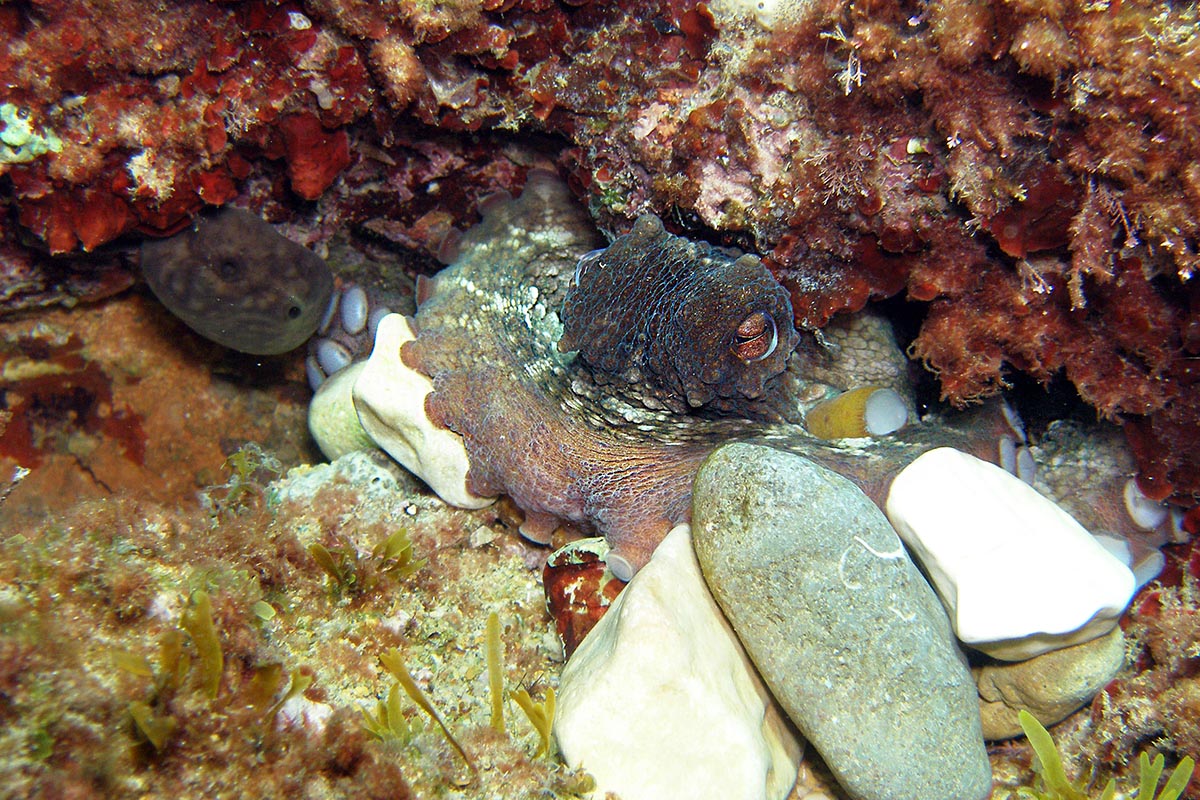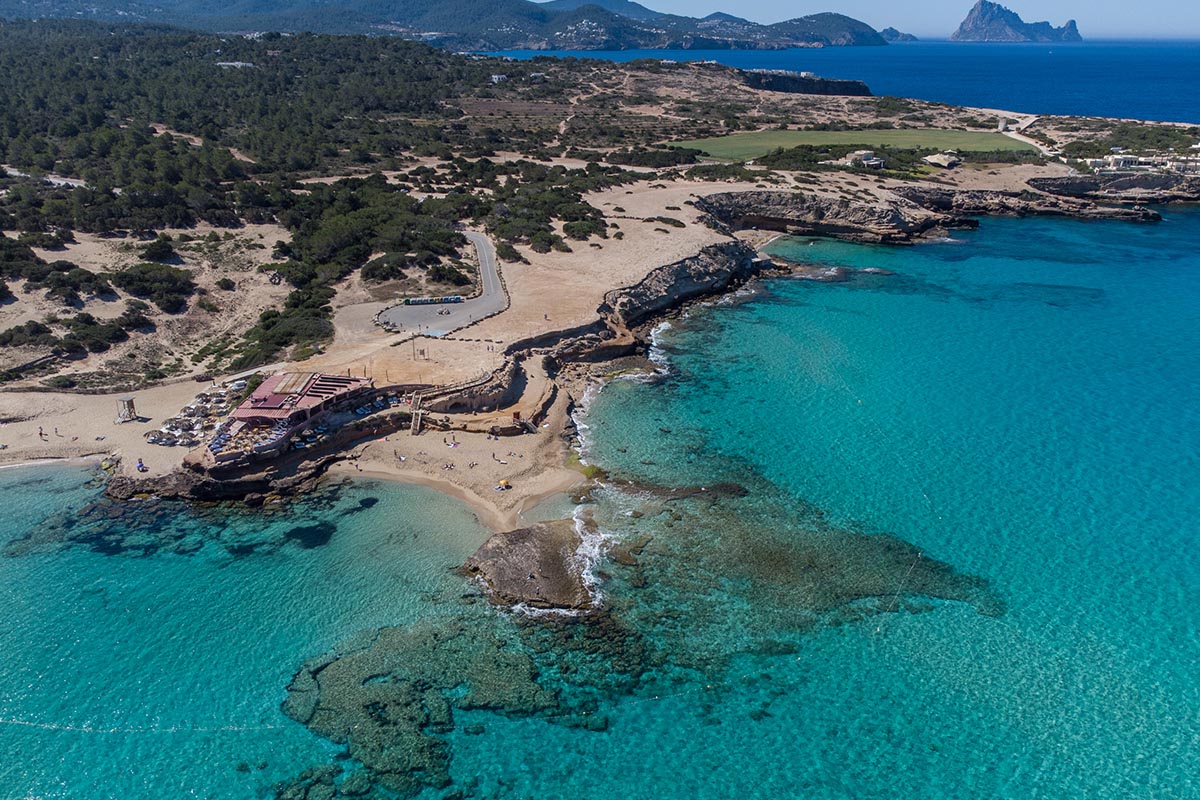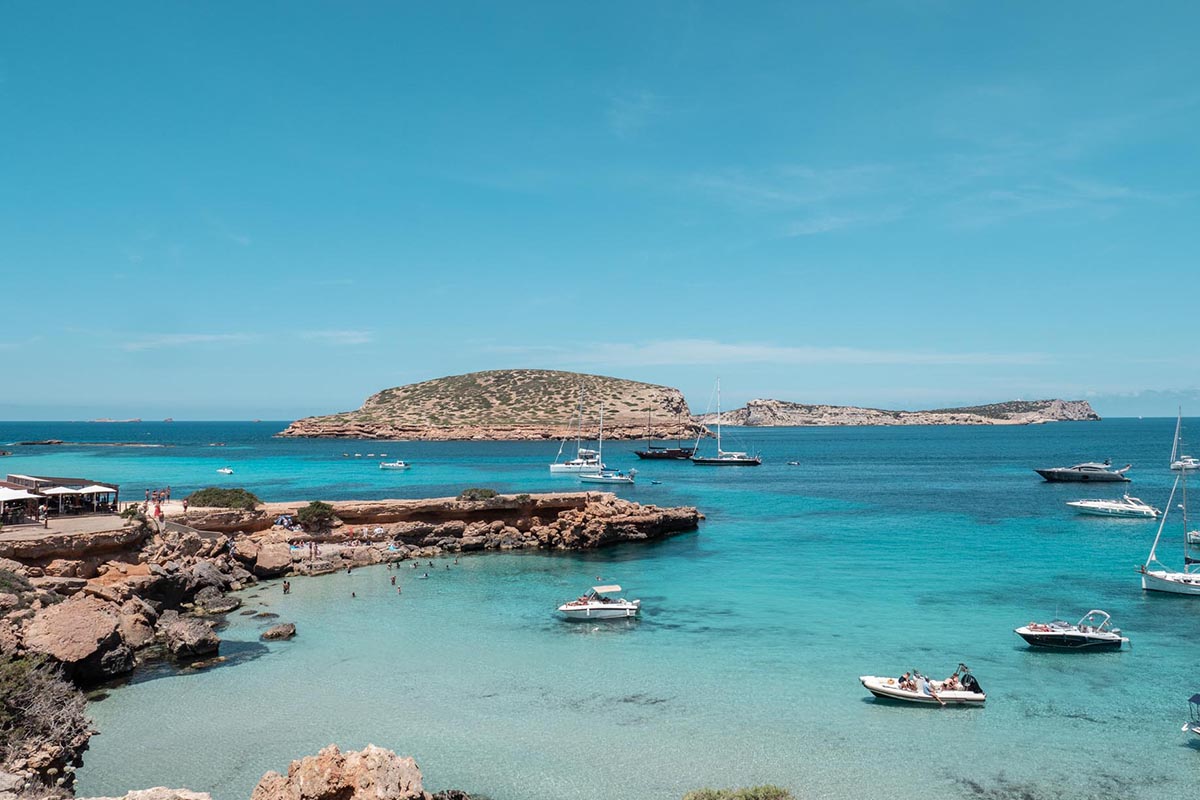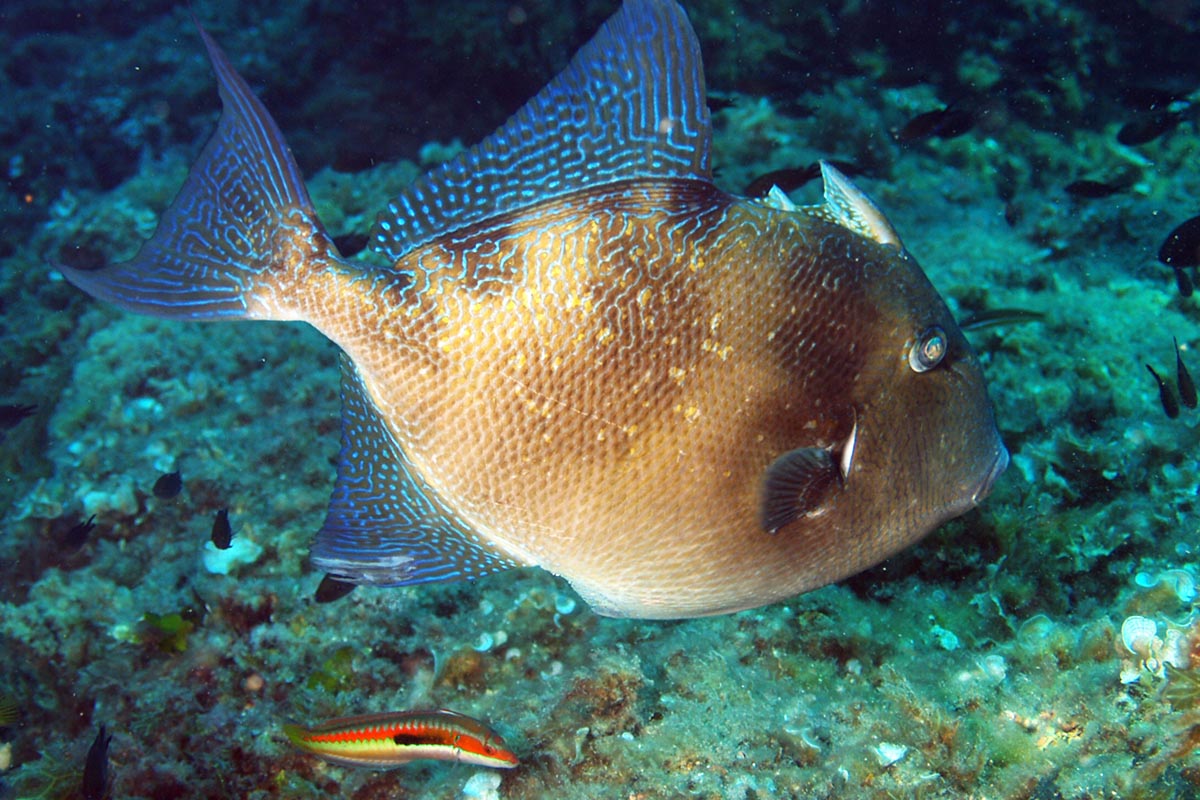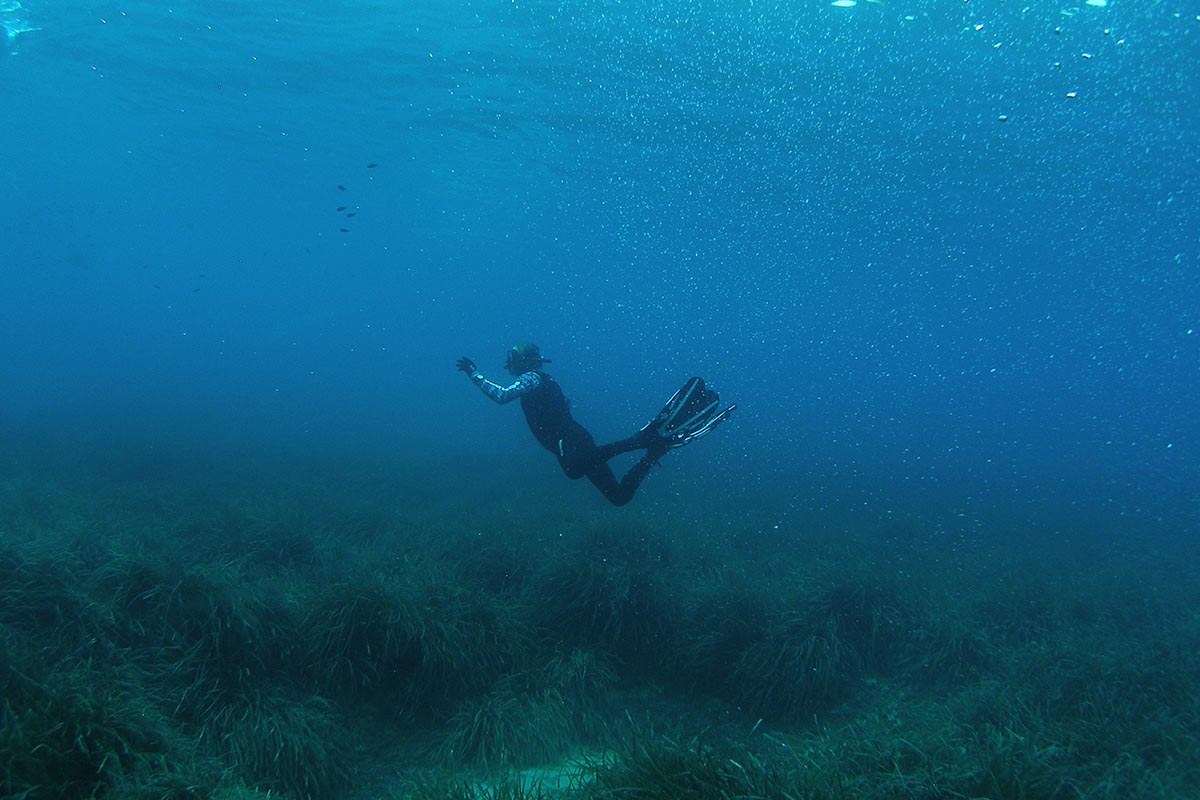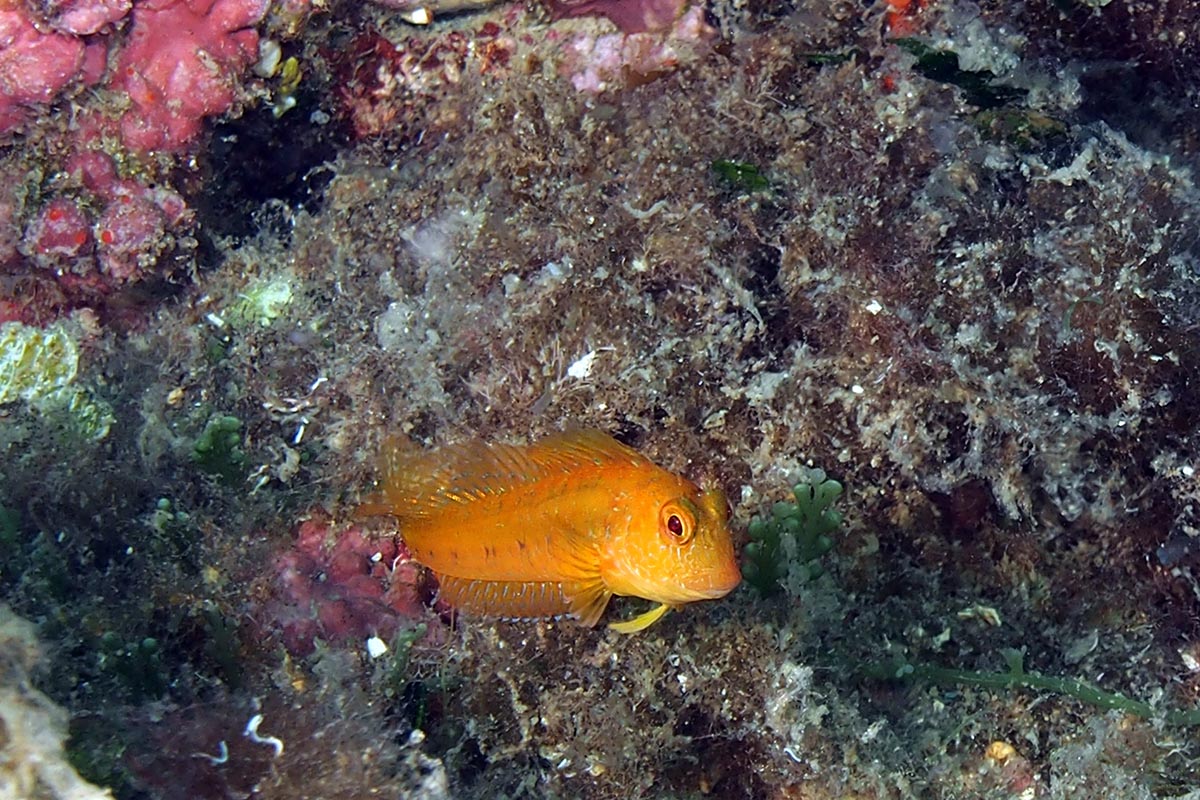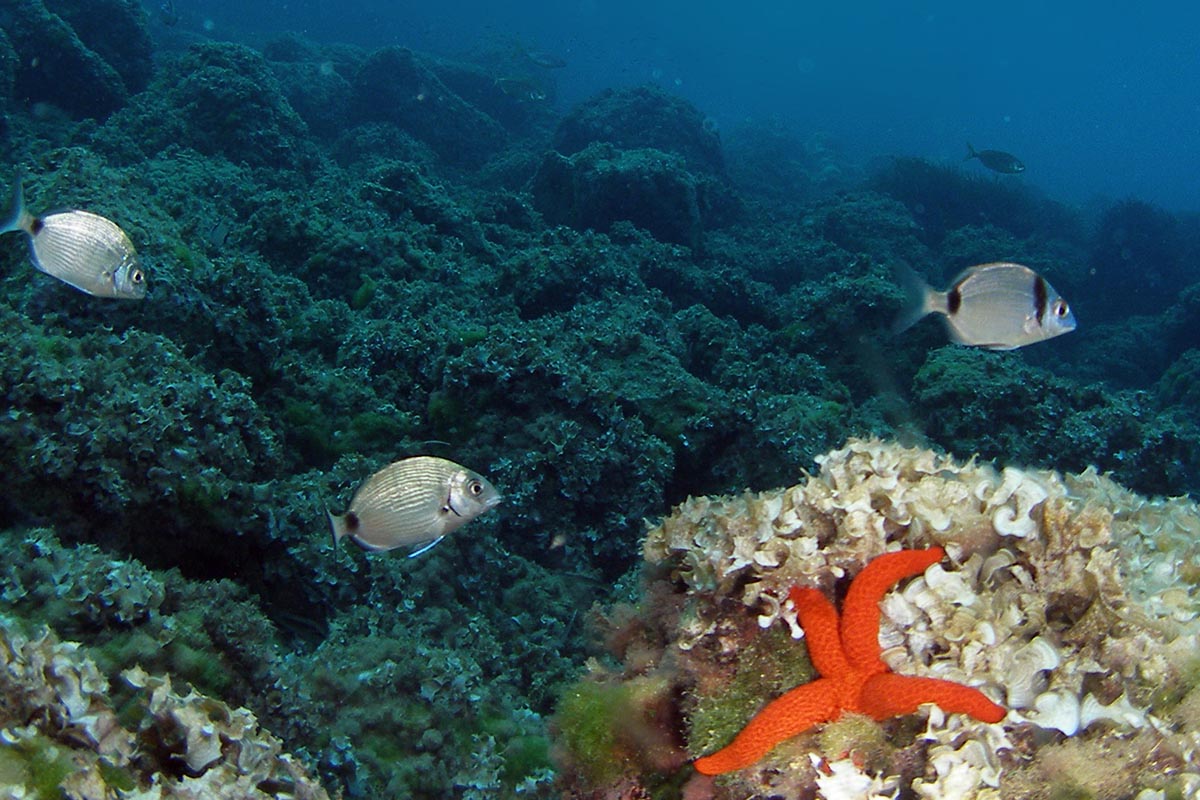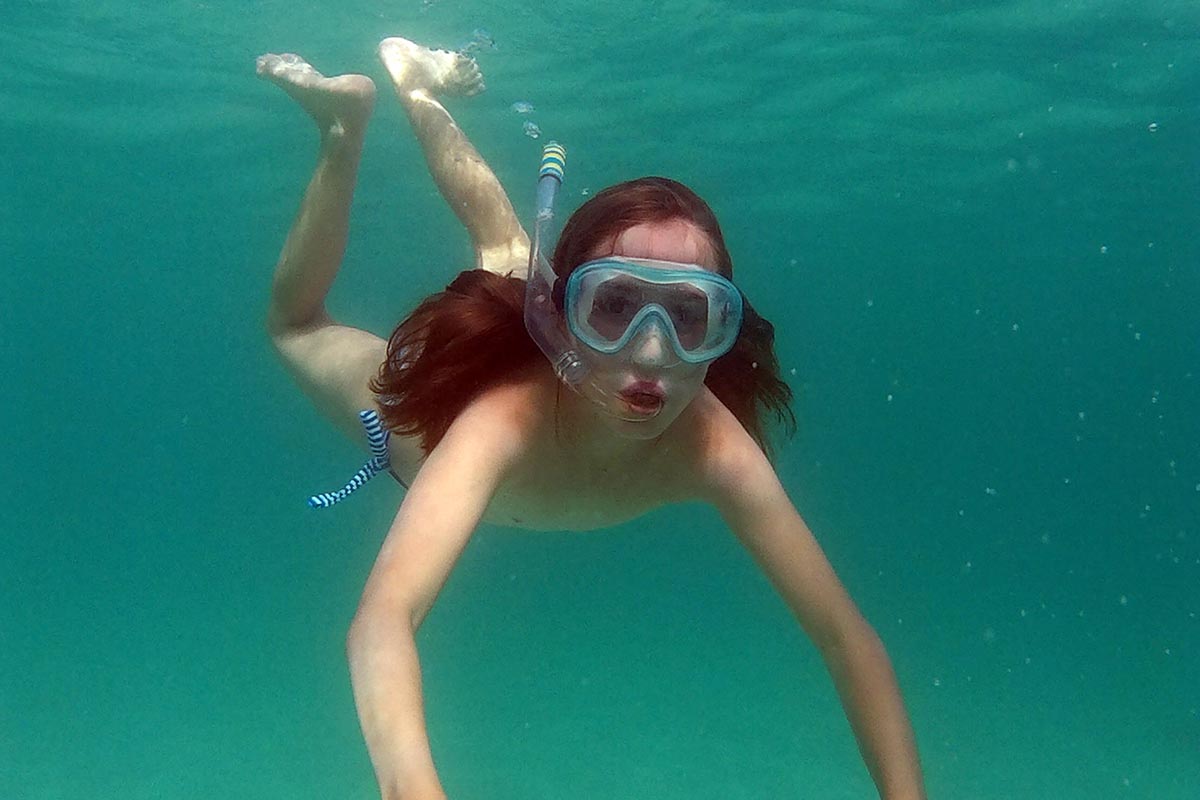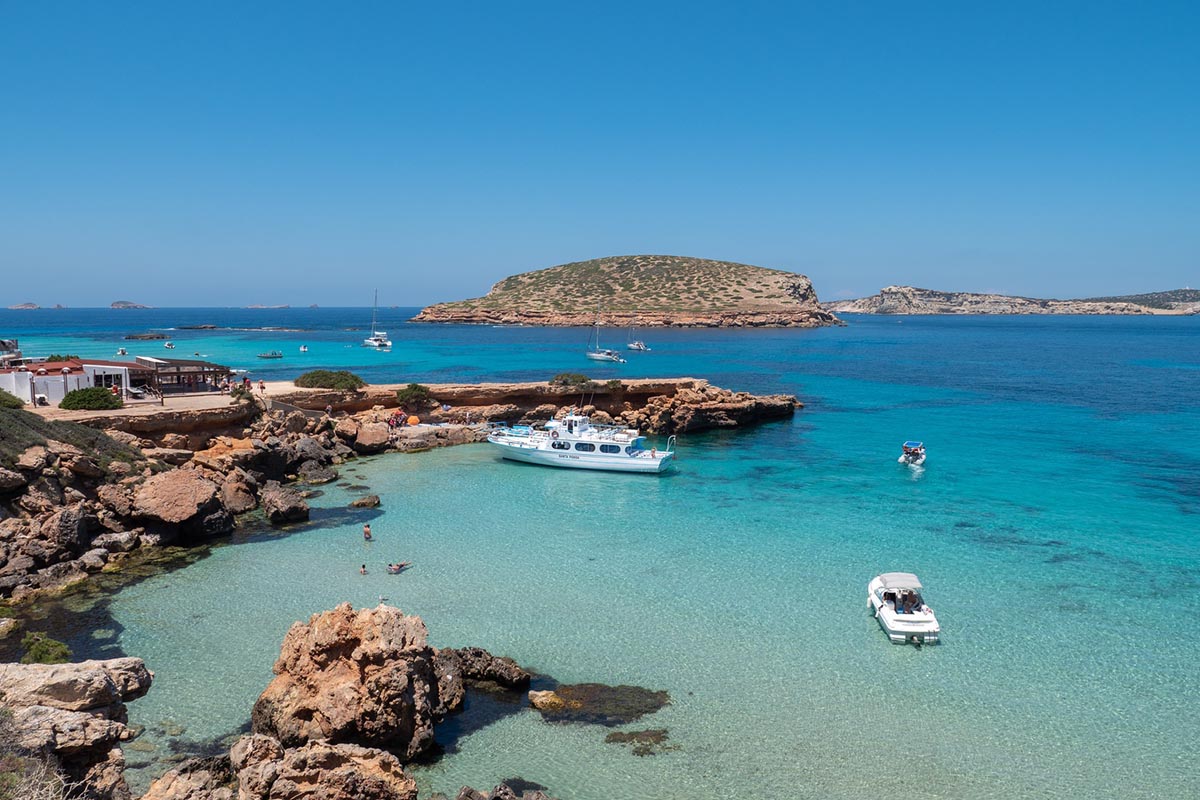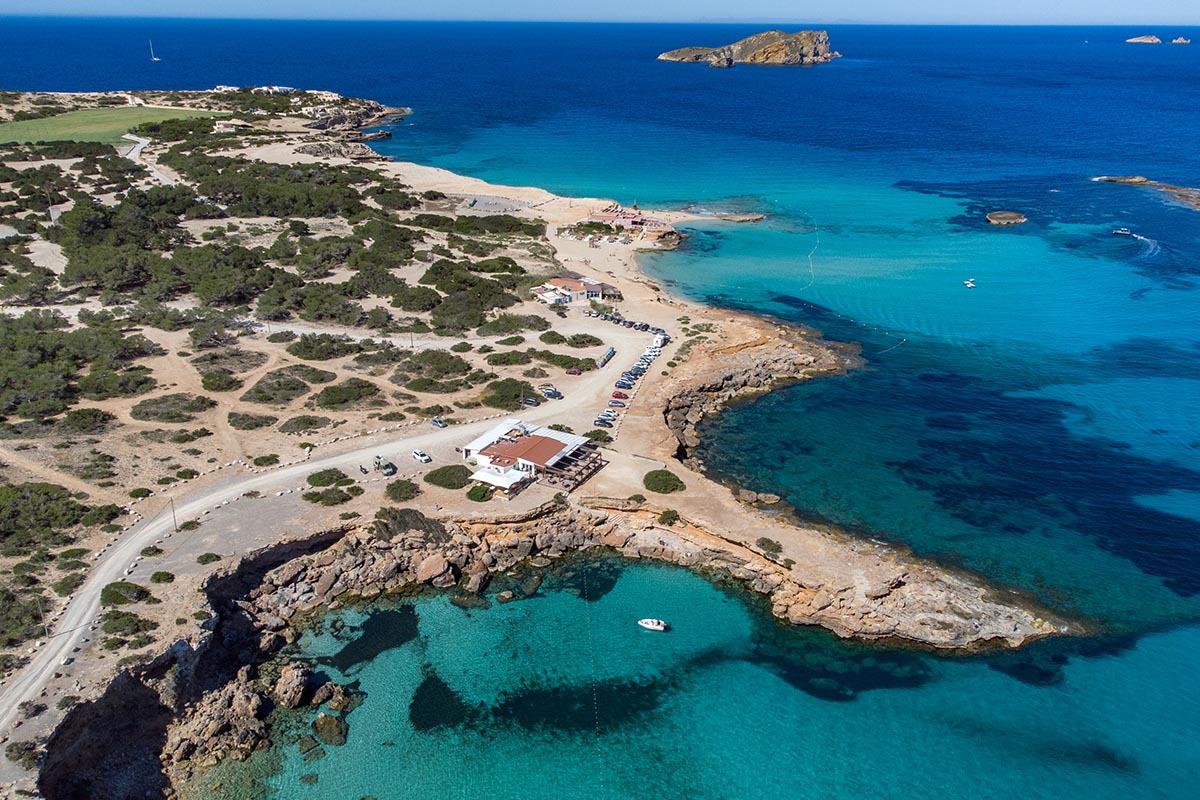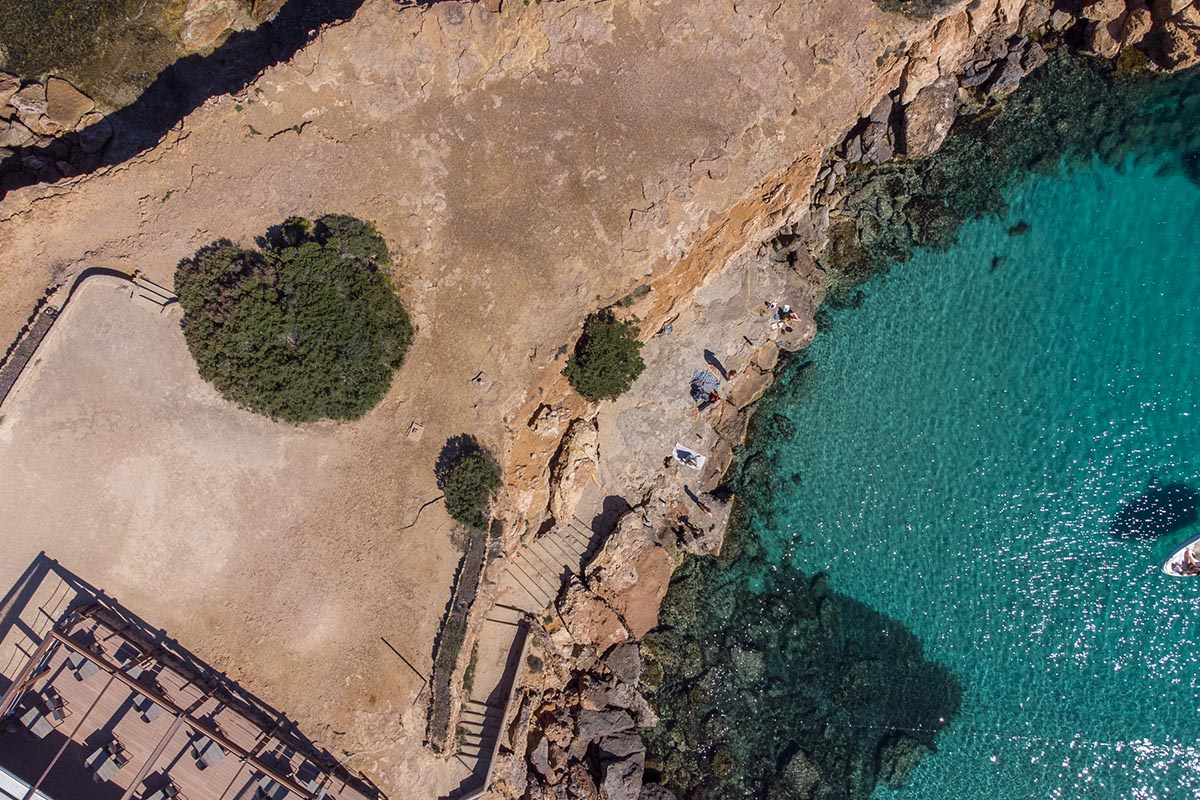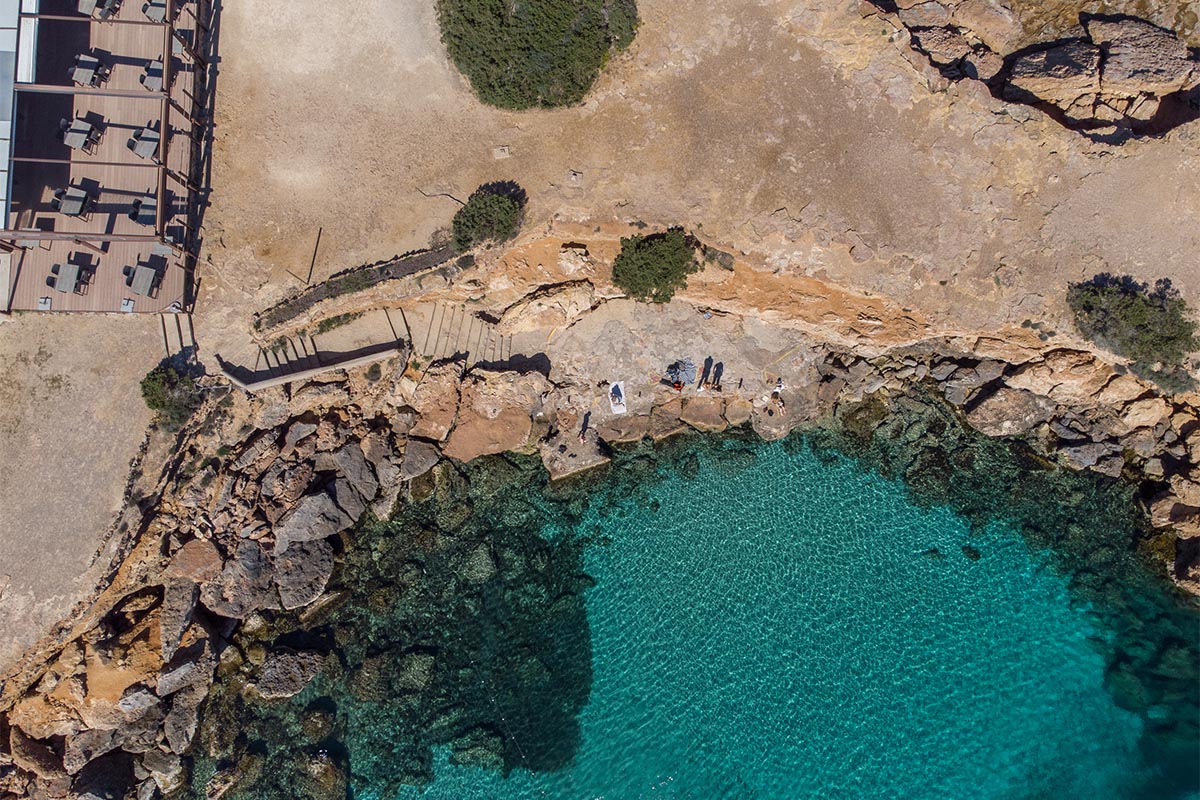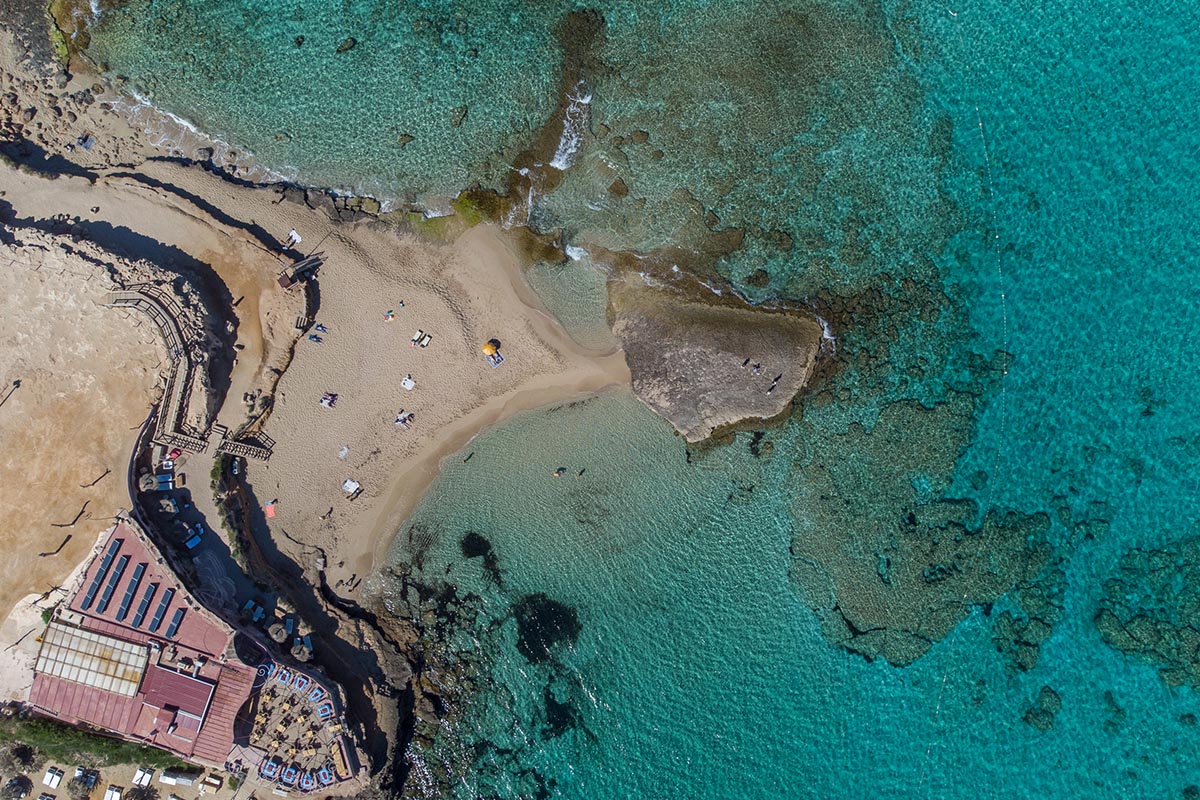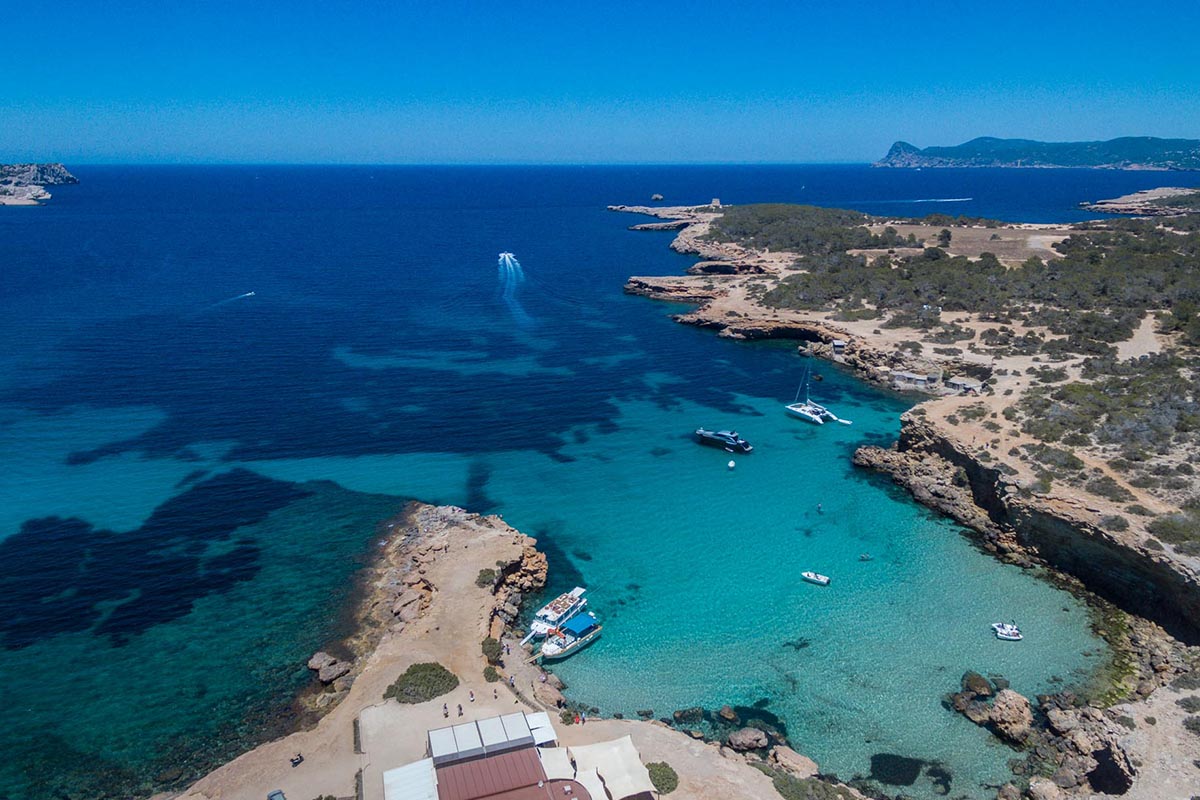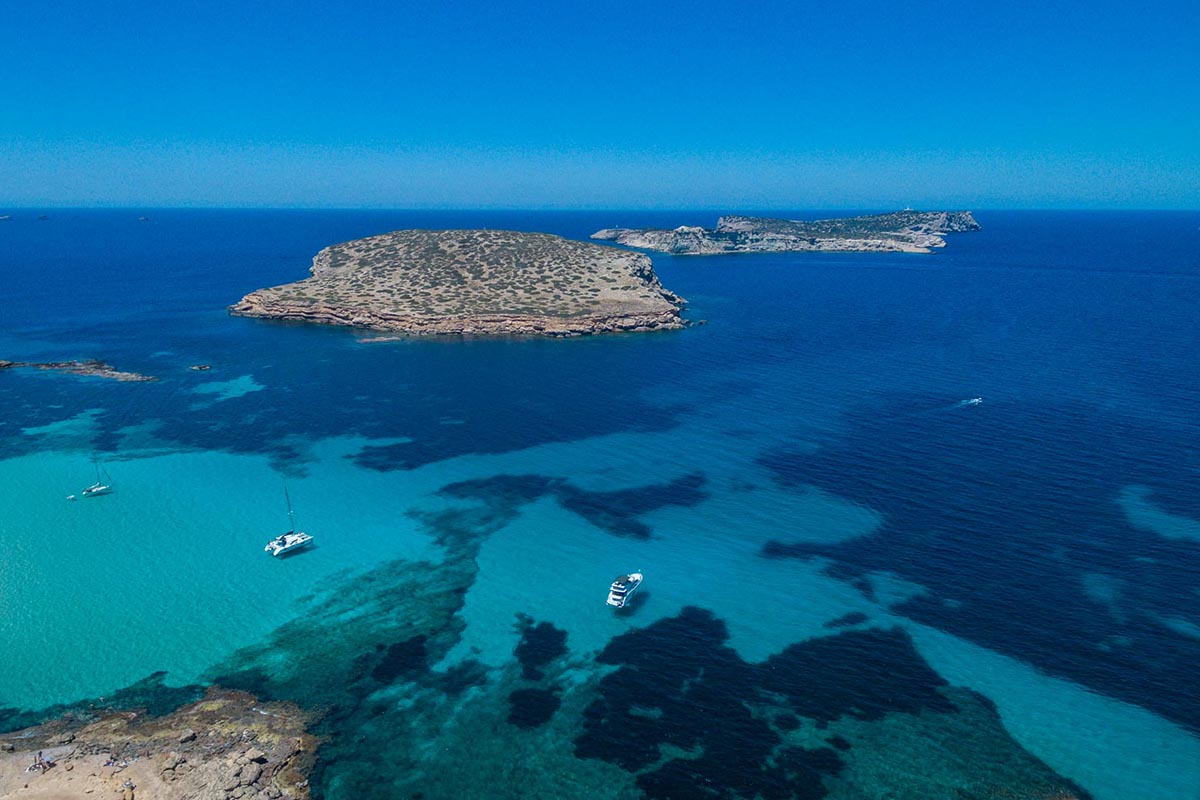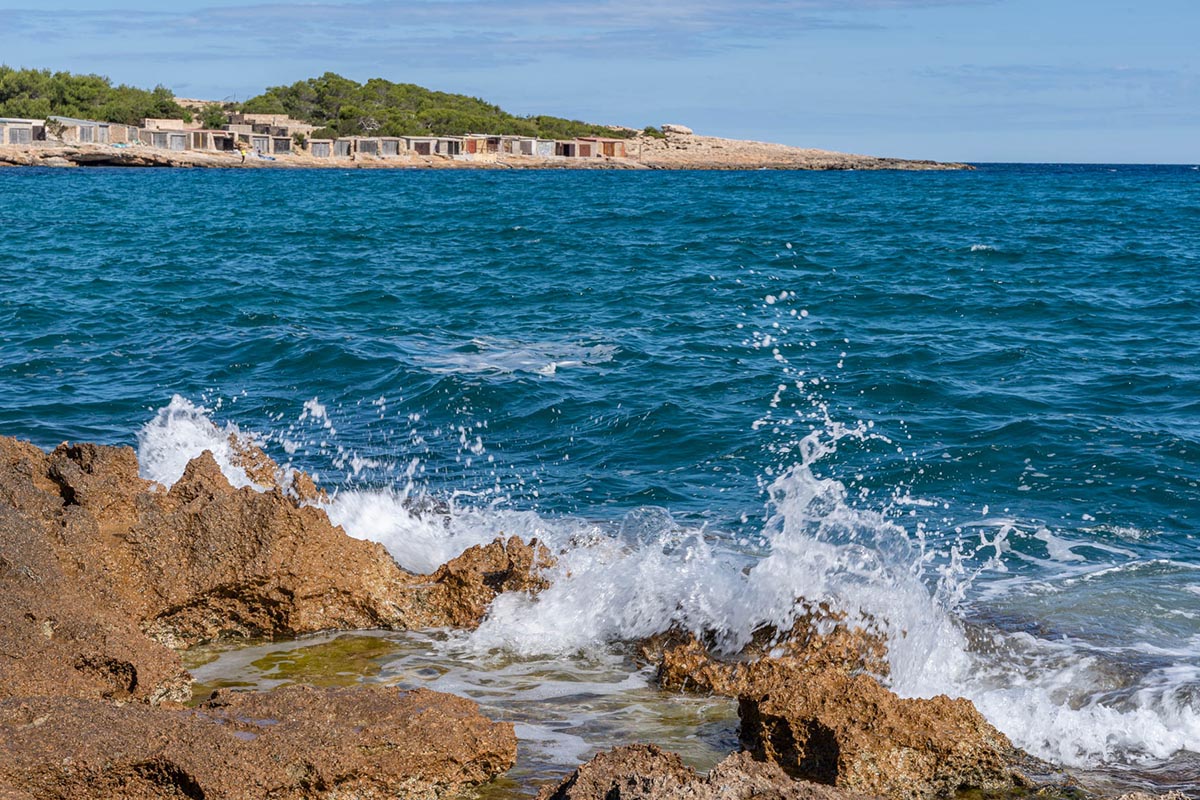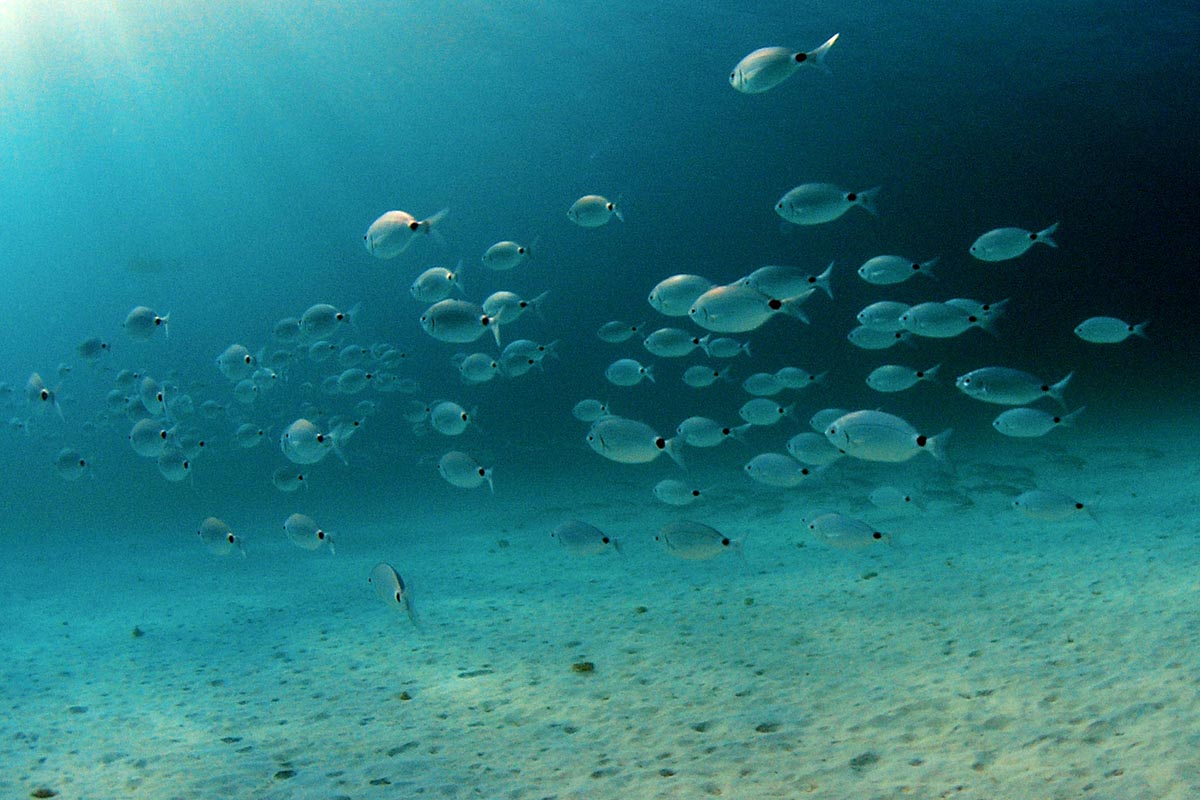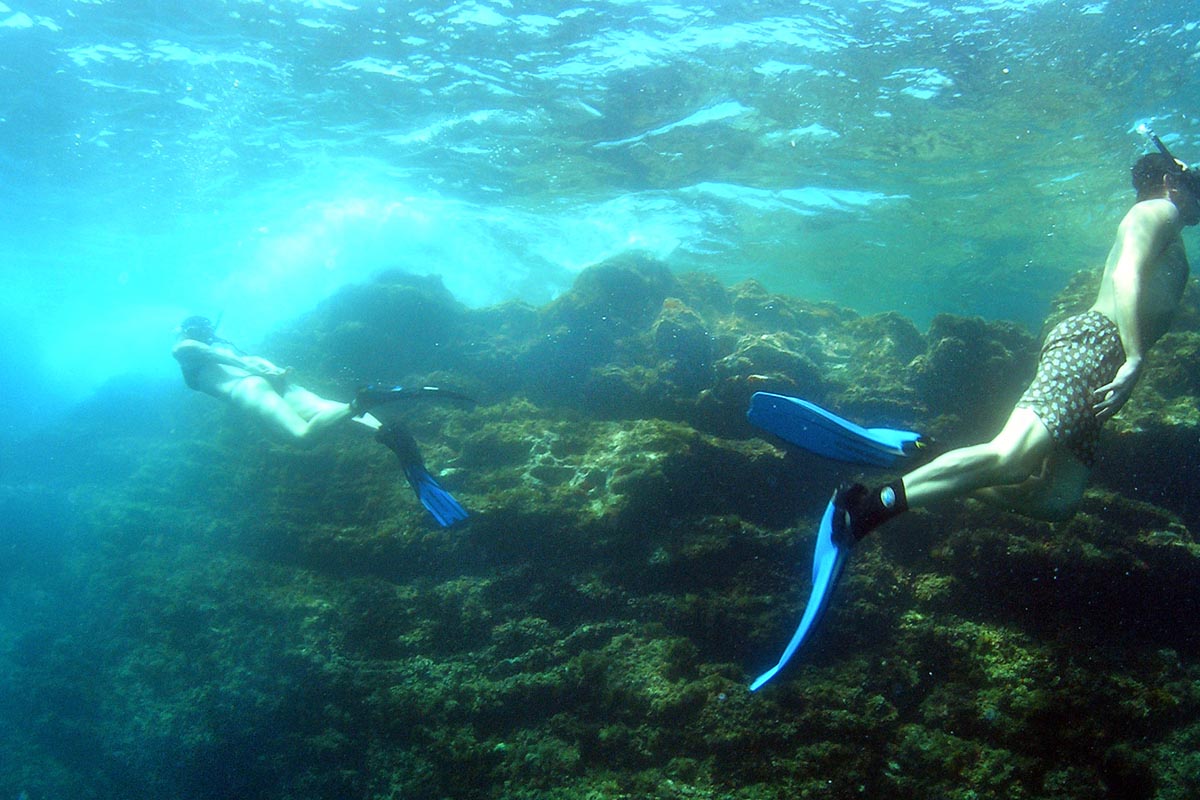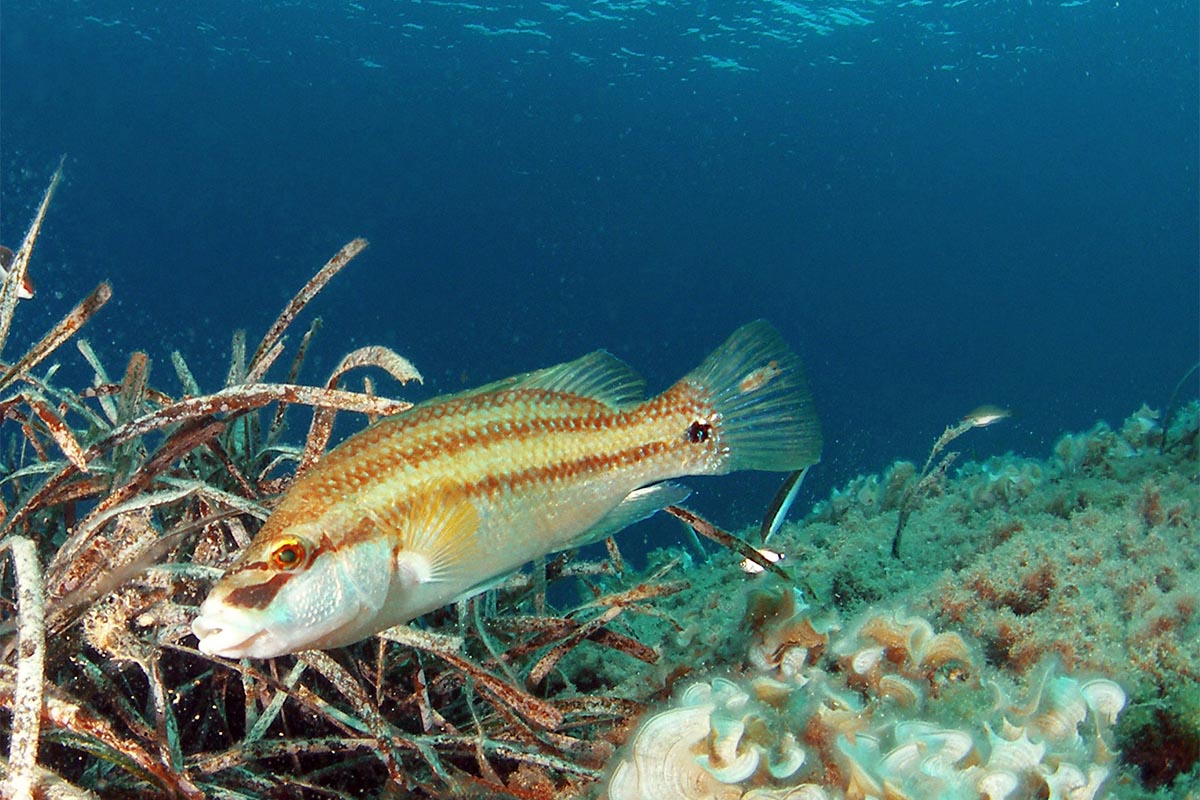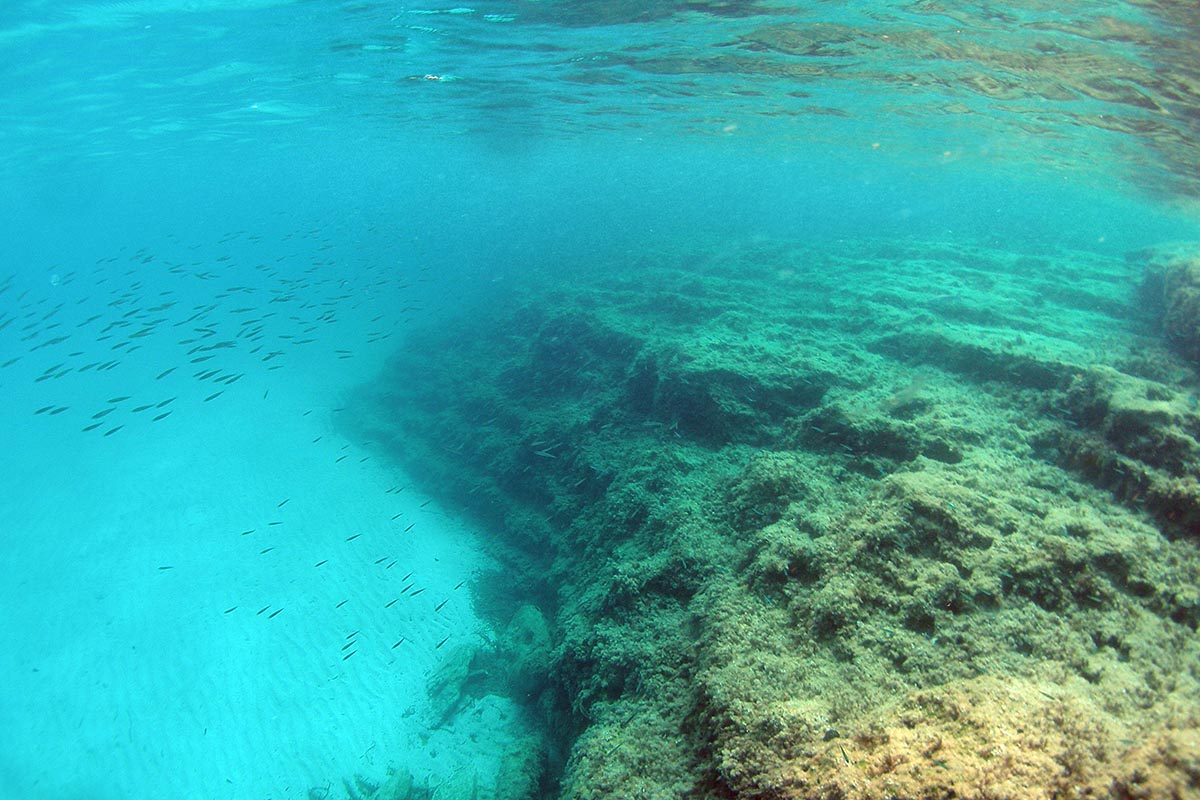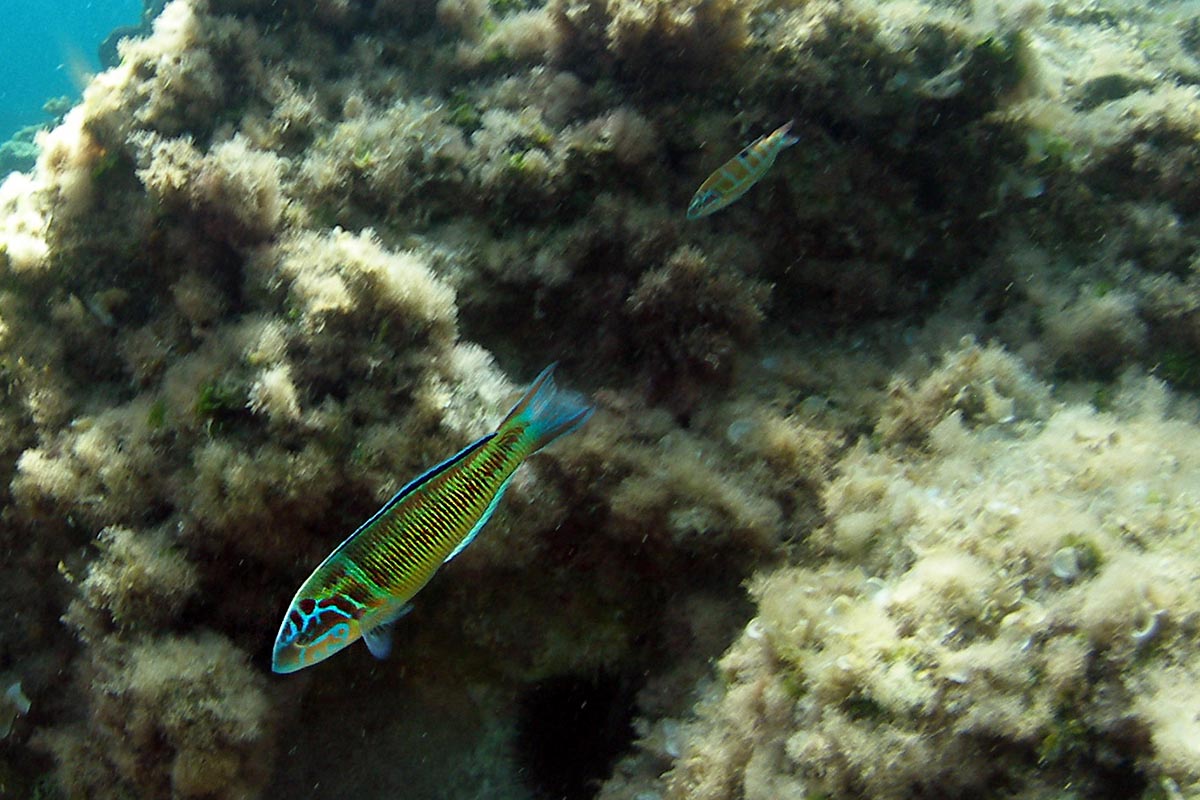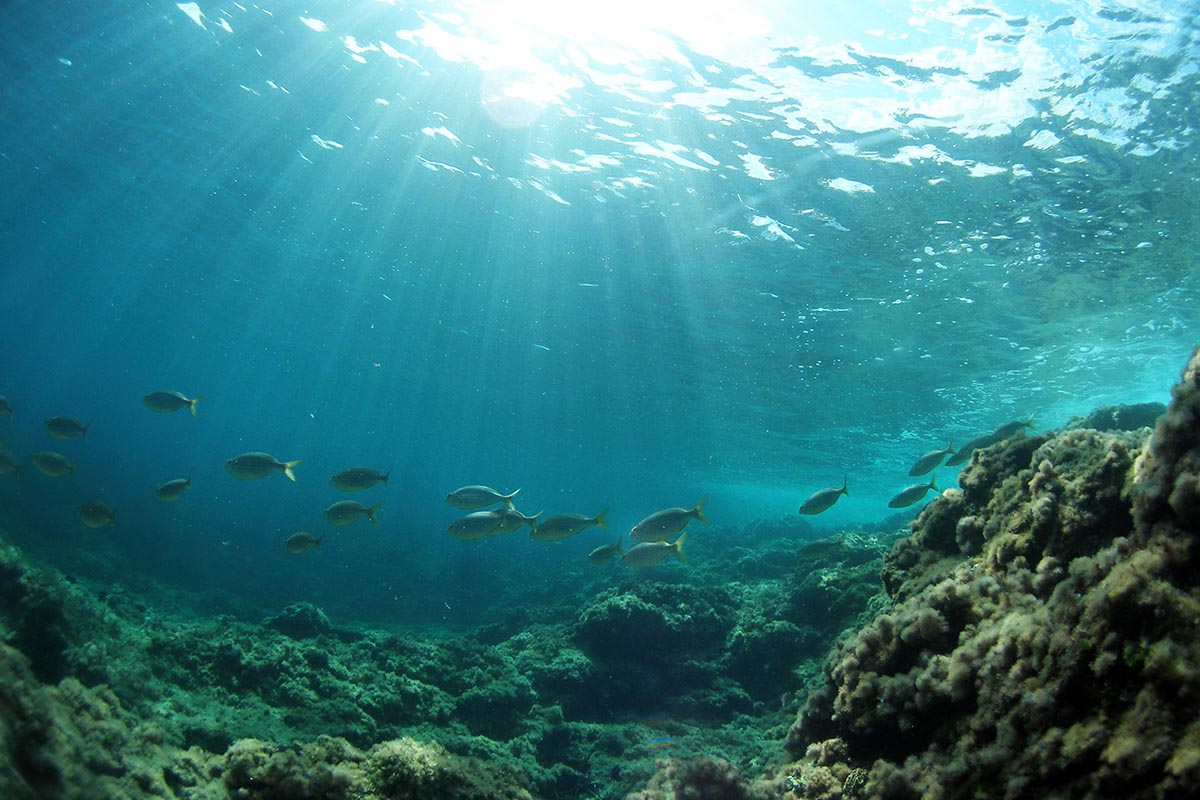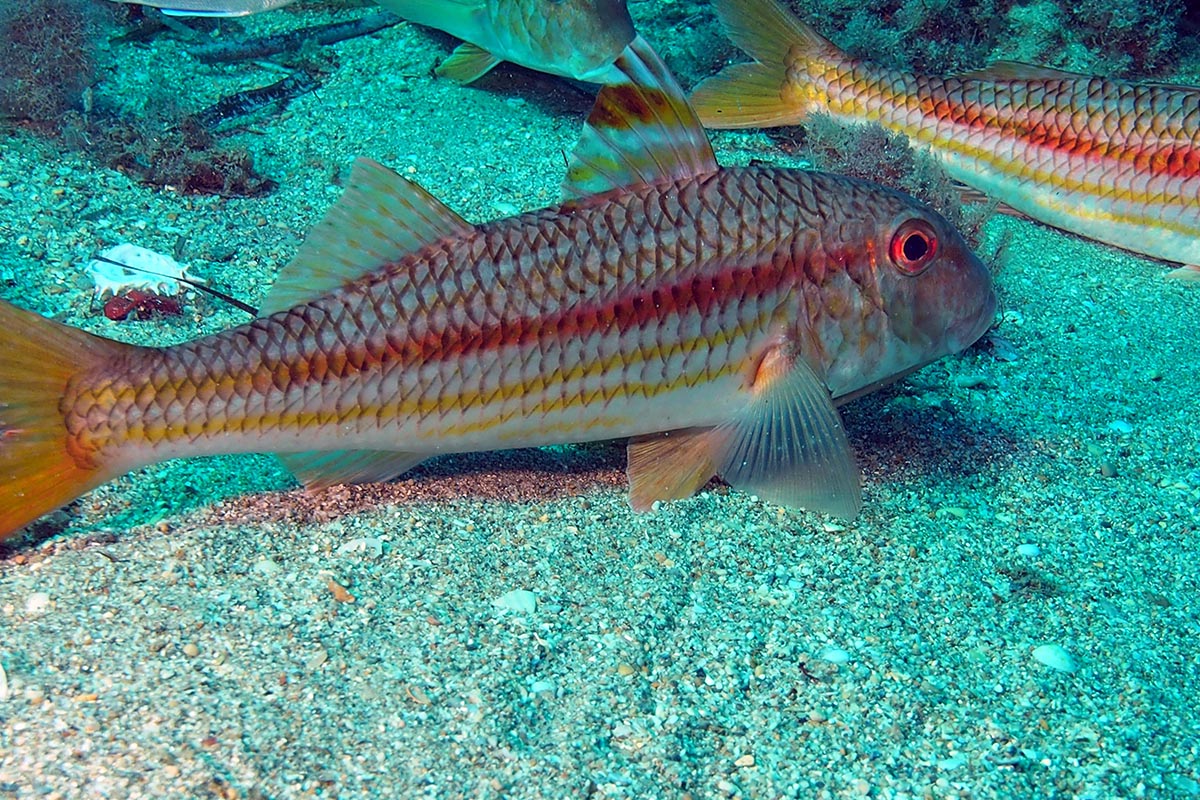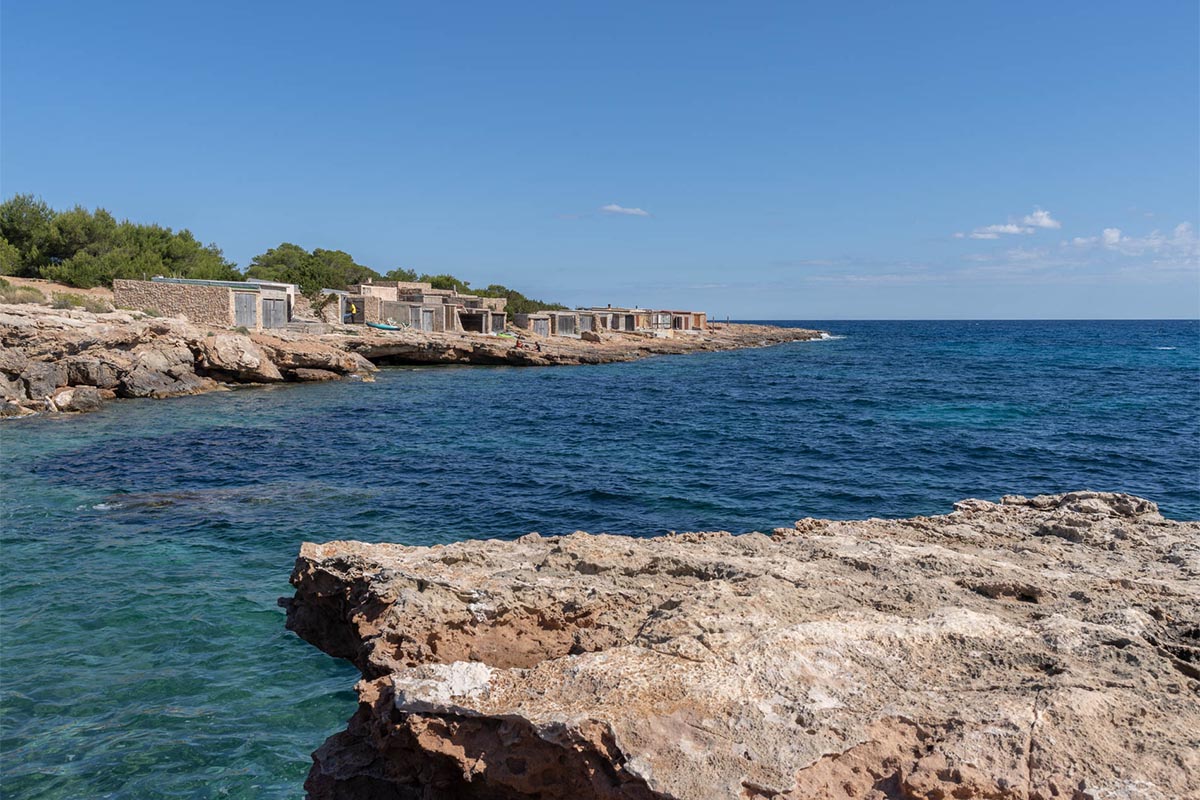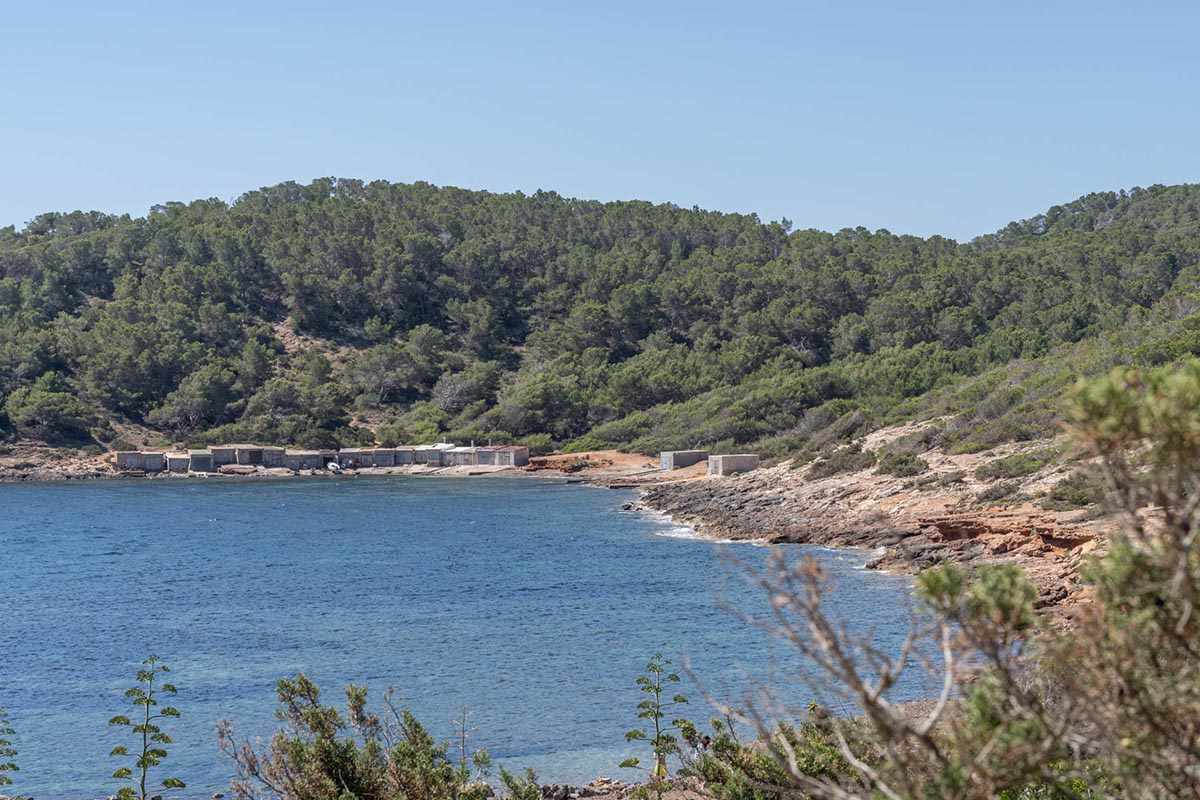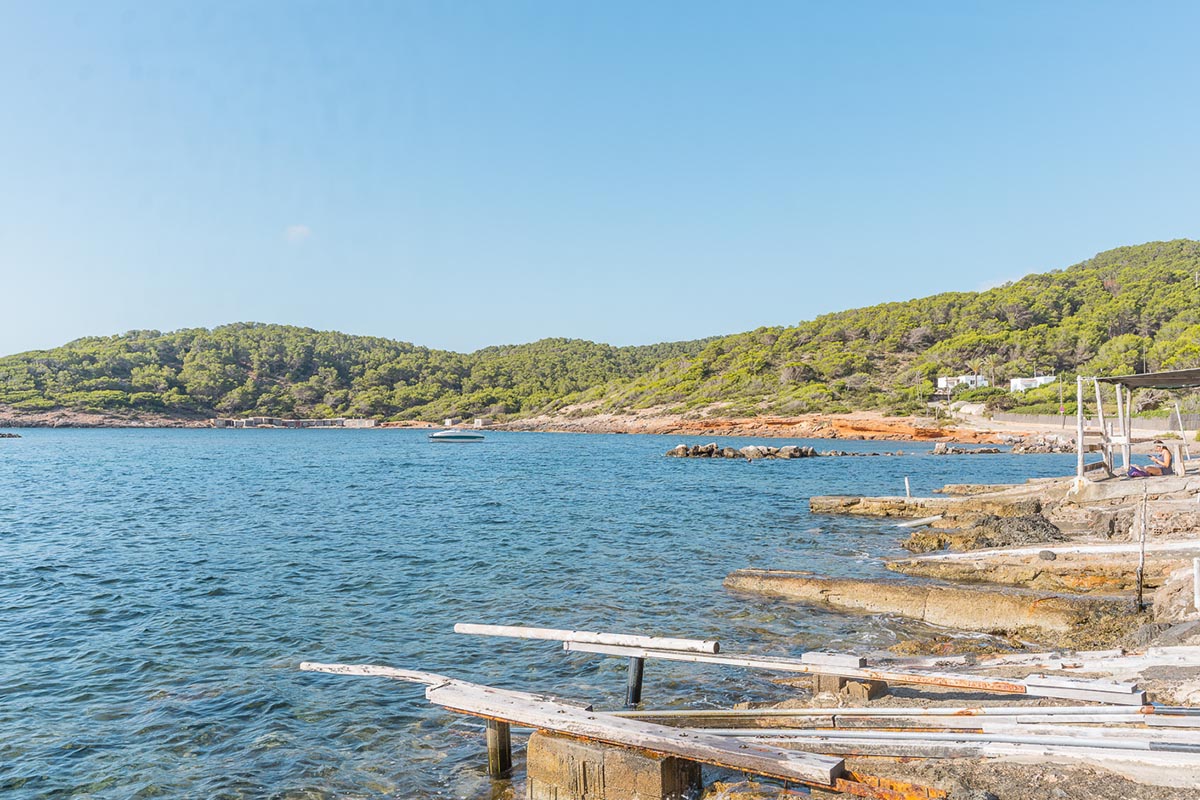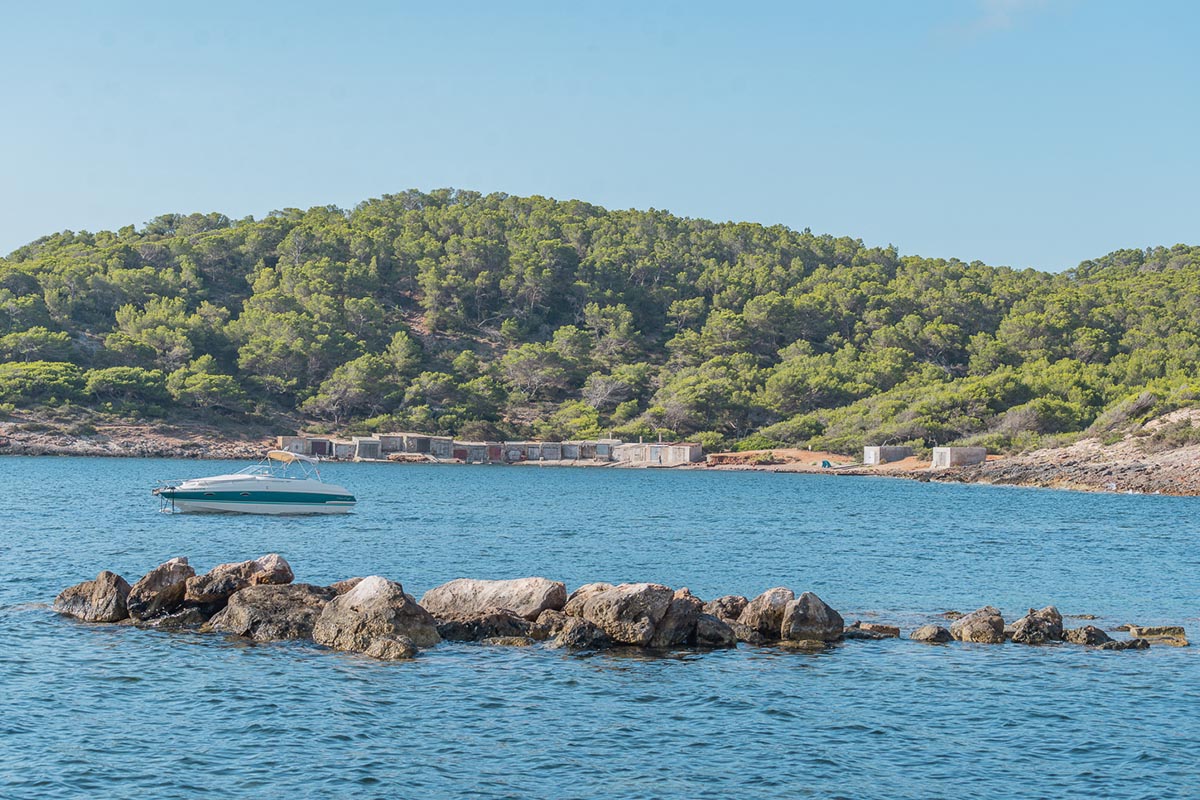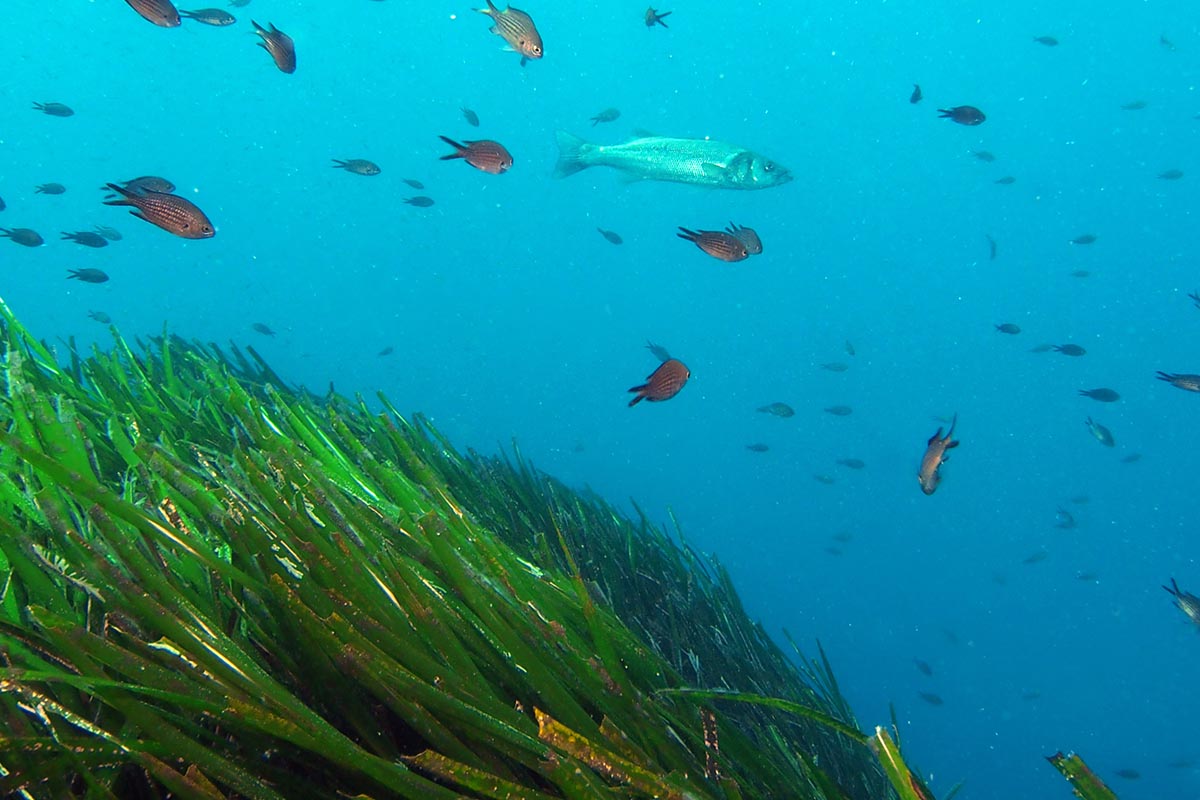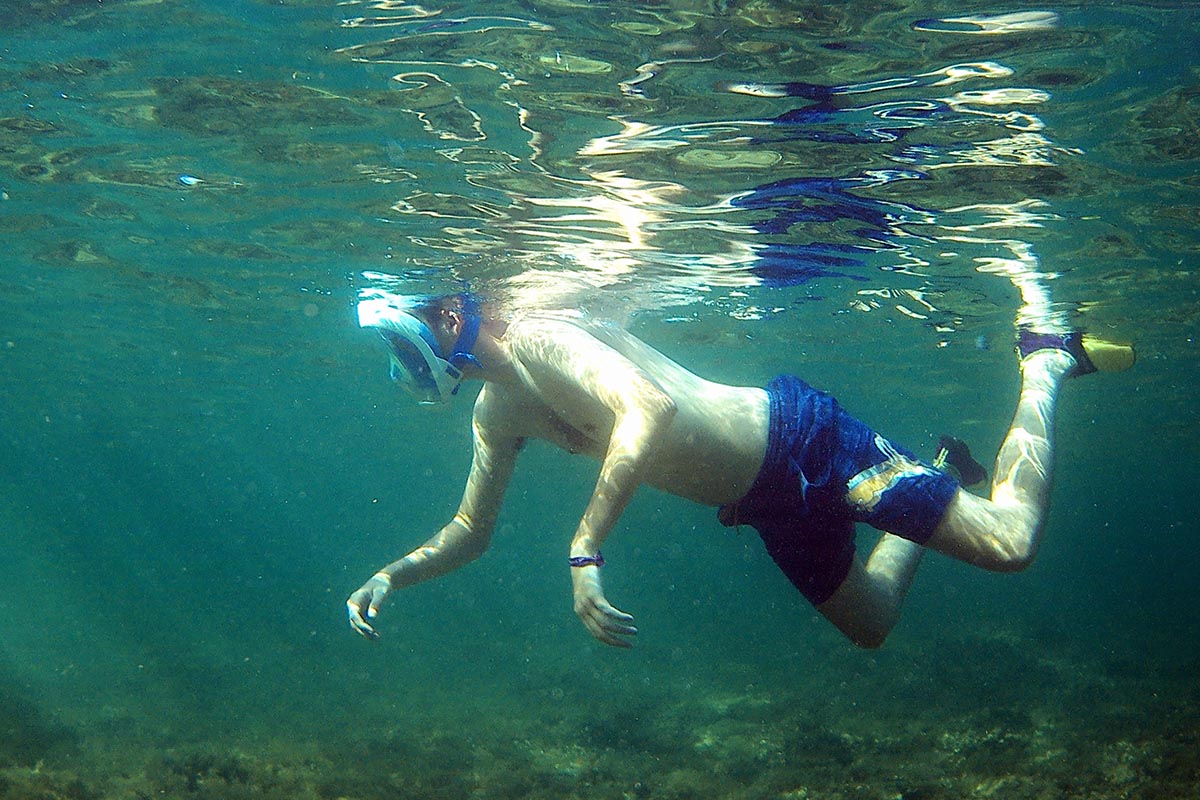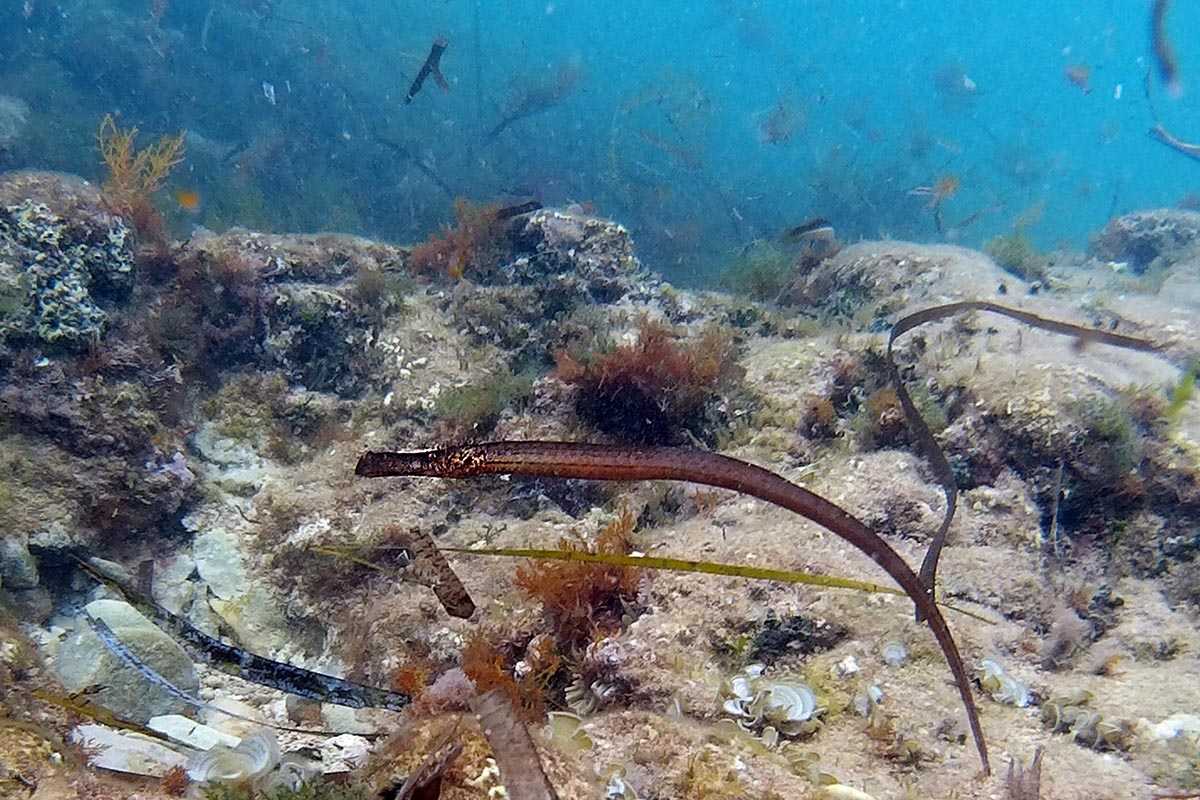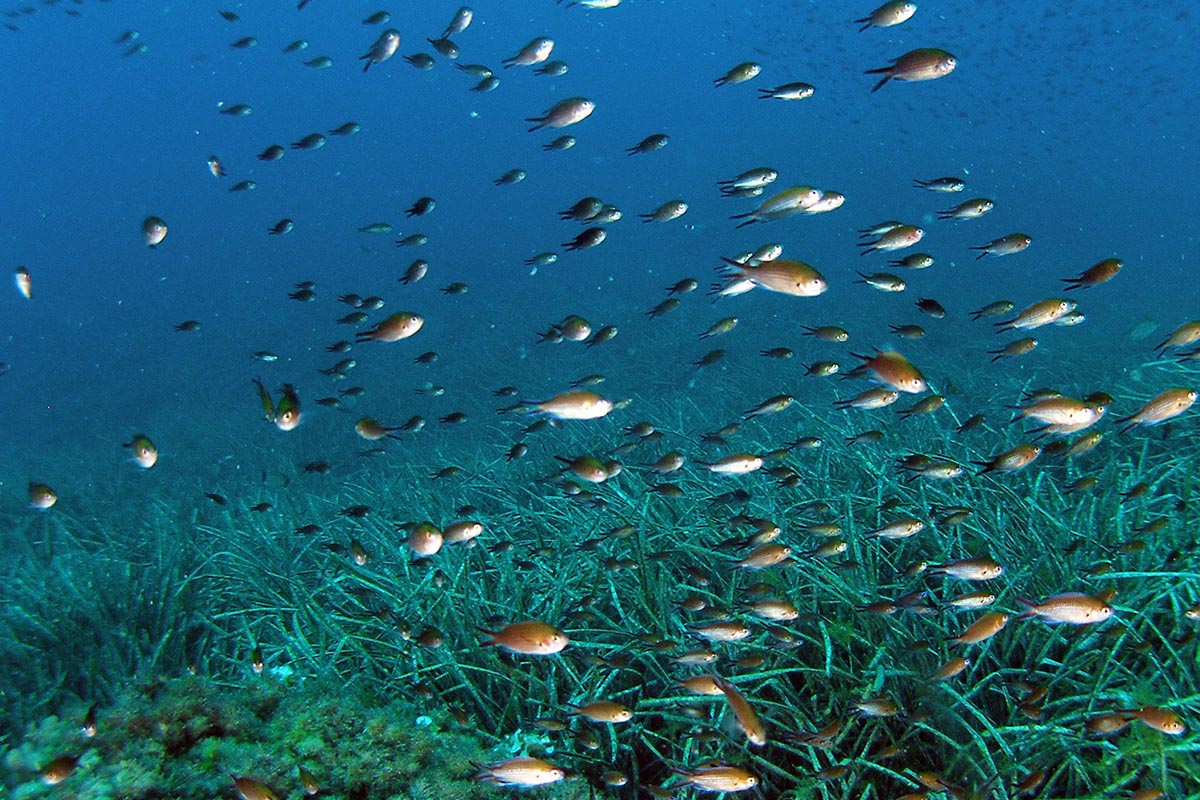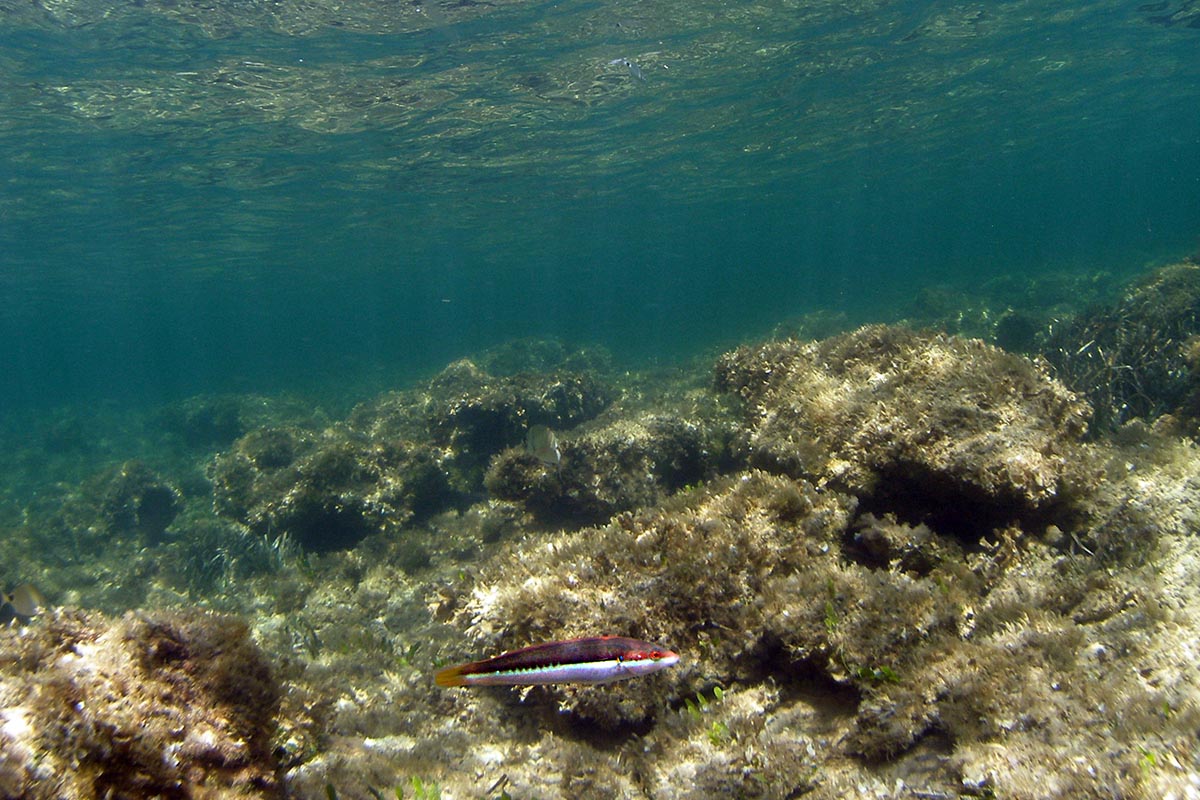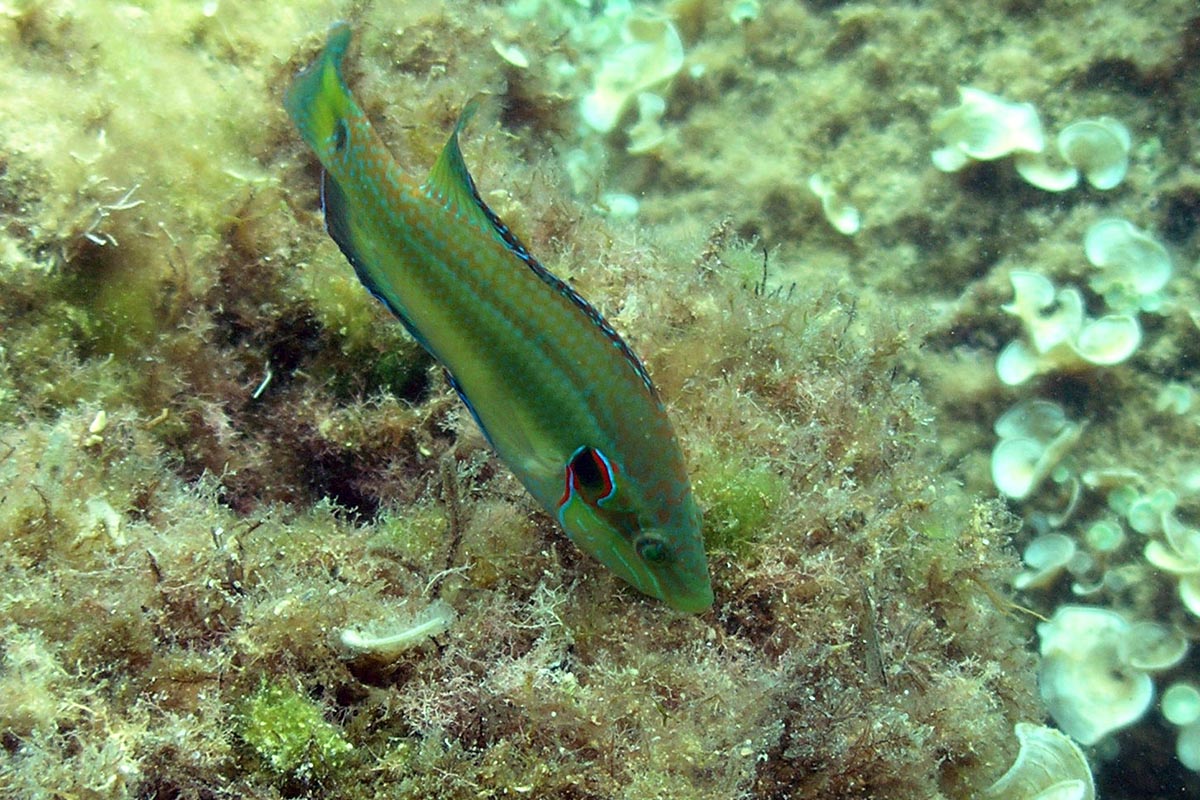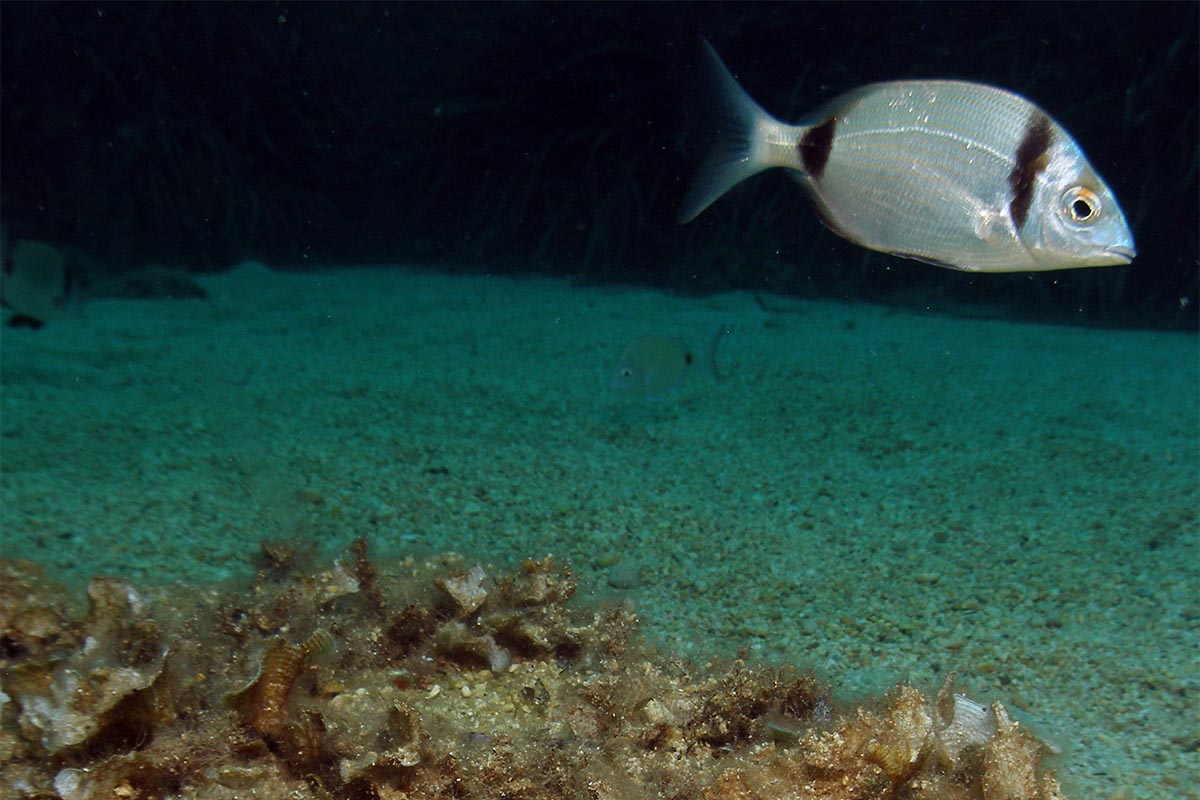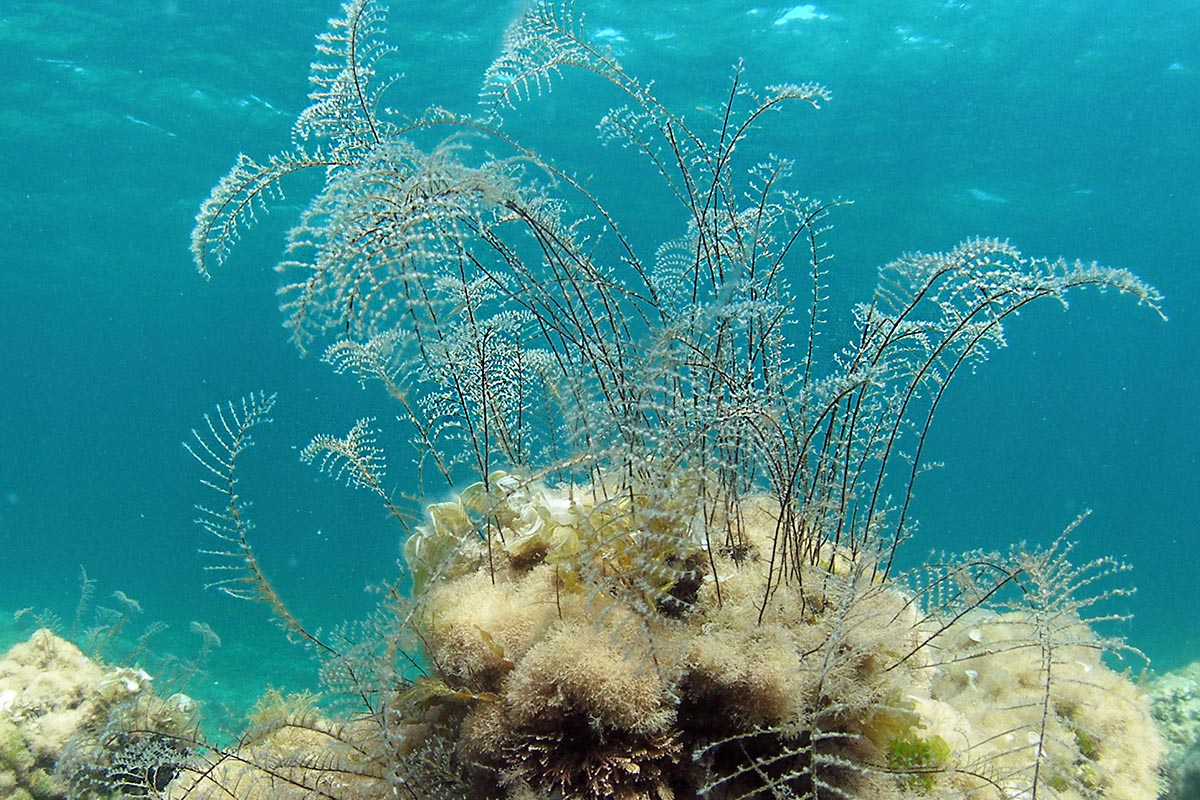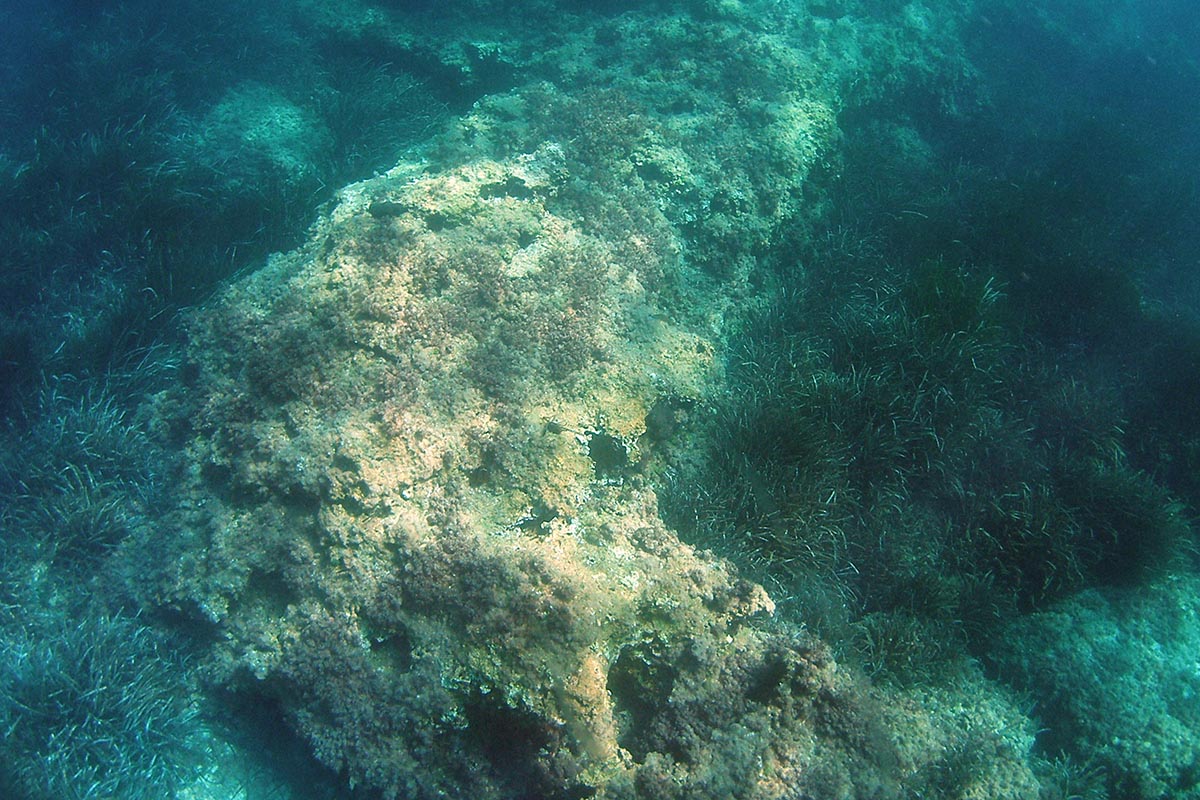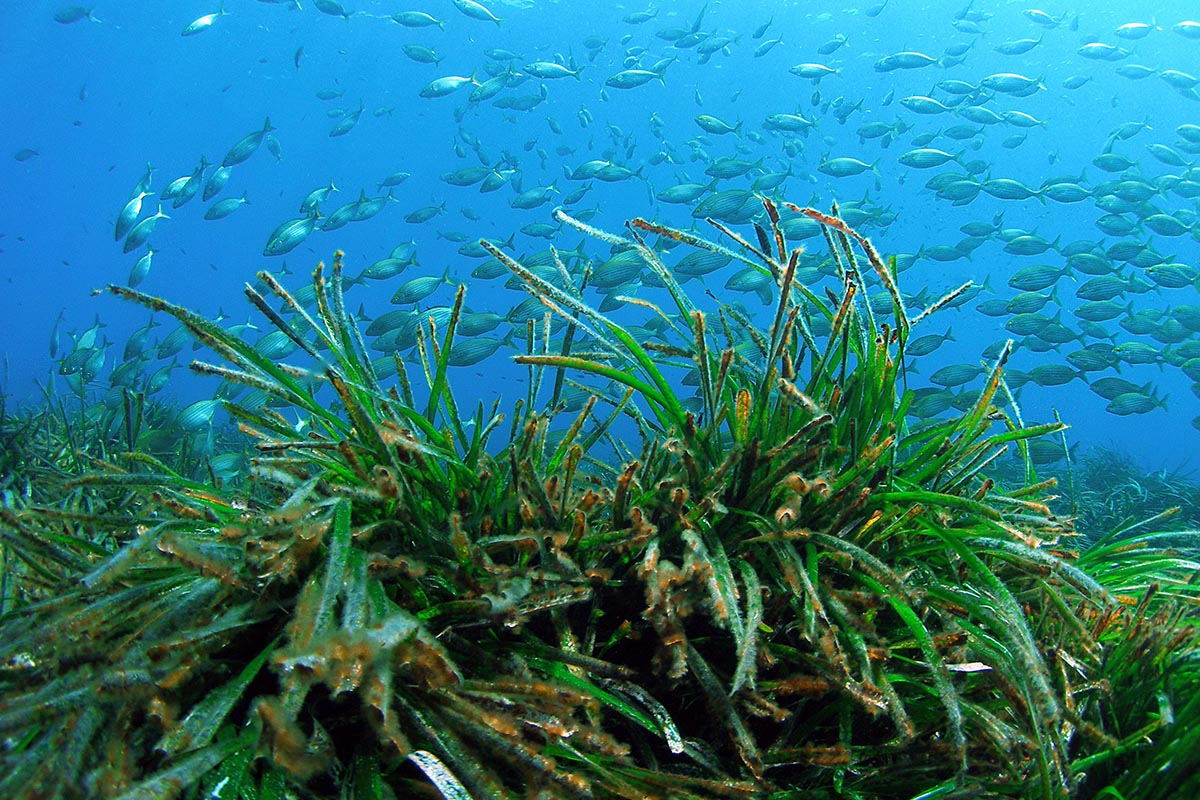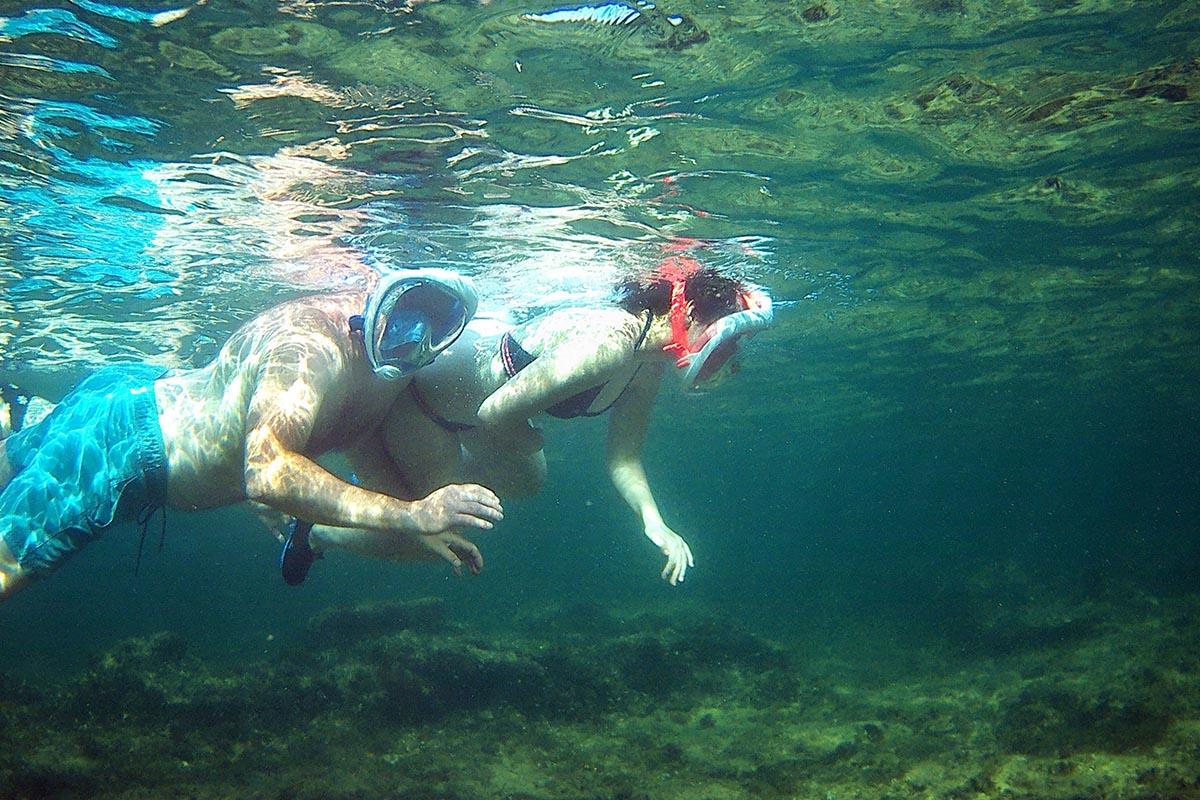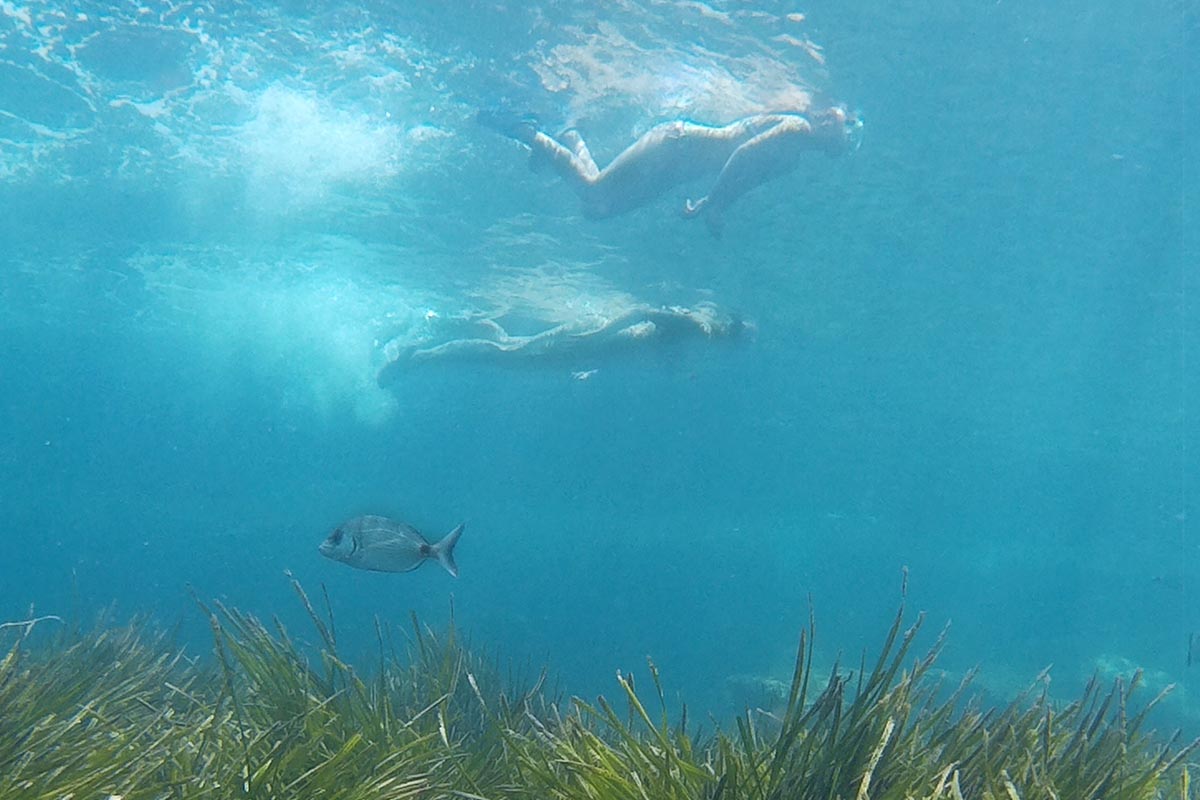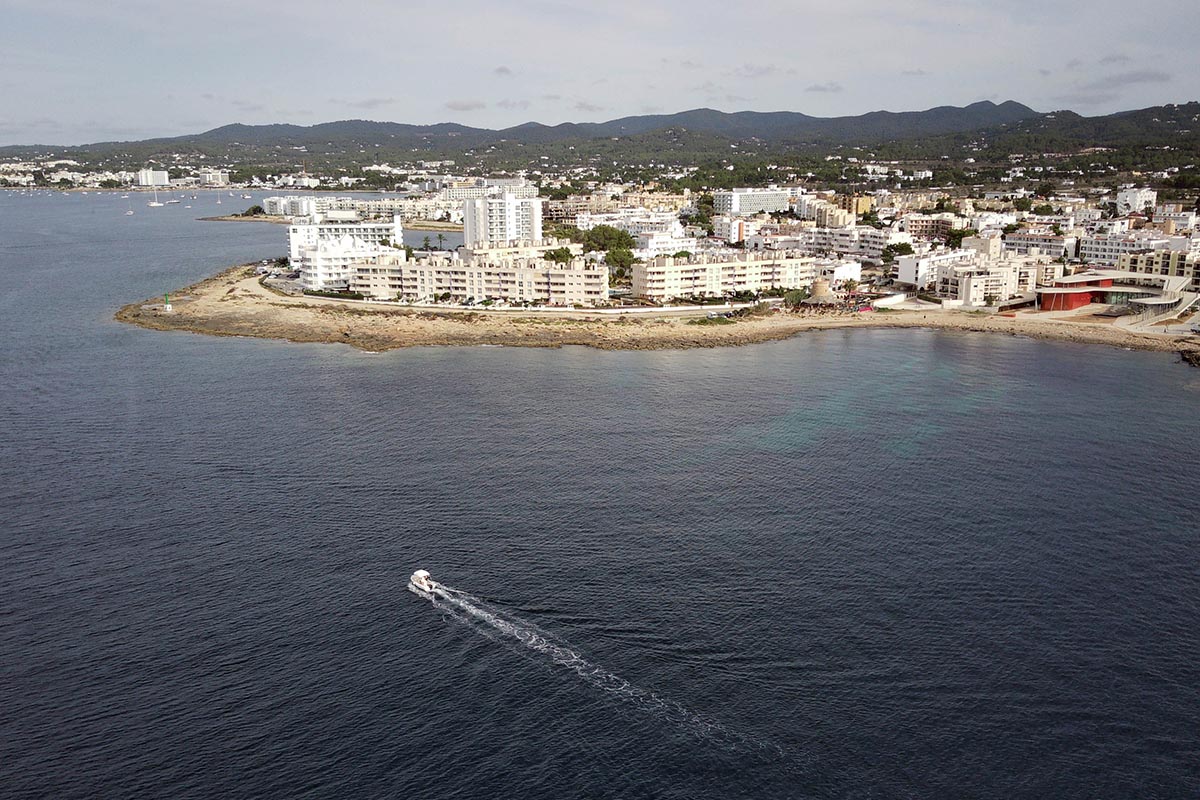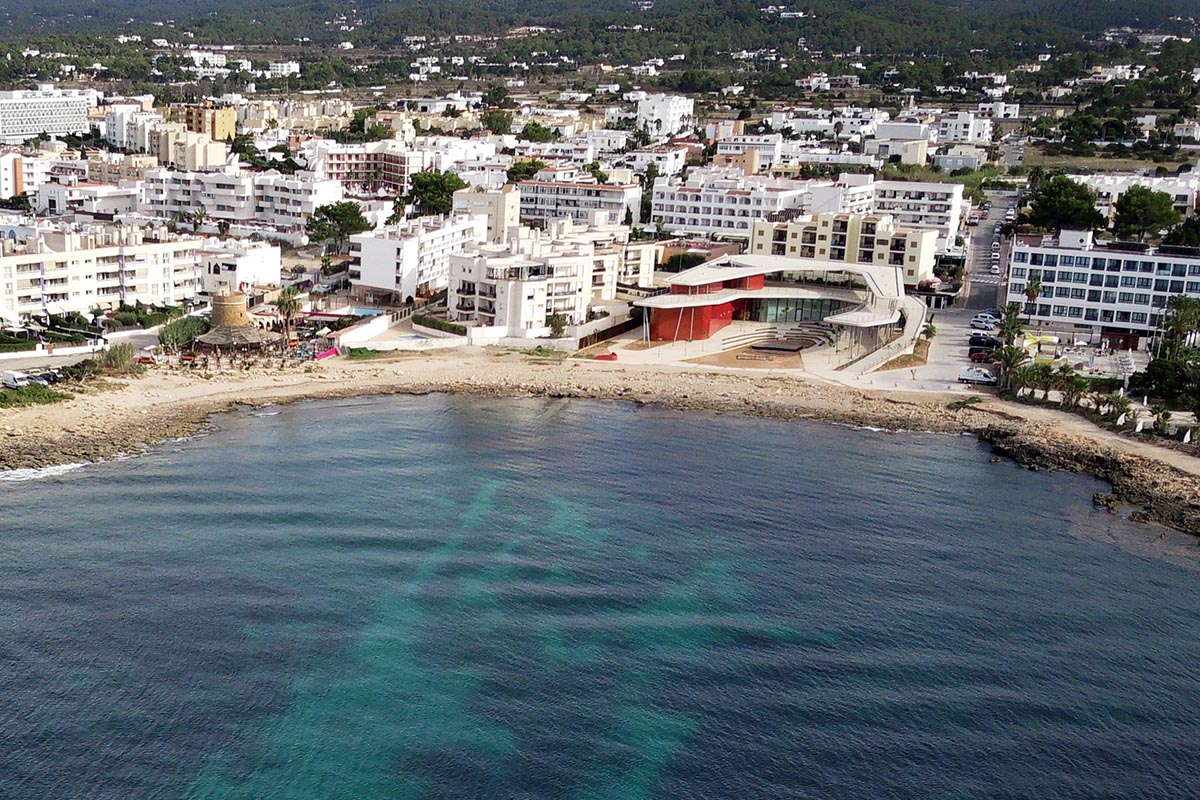Sant Josep de sa Talaia is one of the most interesting municipalities for discovering the natural and cultural heritage of the island of Ibiza. This is thanks to such unique places as Sa Caleta as well as the sea prairies of Posidonia Oceanica, an important species within the marine ecosystem and the predominant type of flora on the Ibizan seabed. These are two of the island’s precious treasures that, along with the old city of Dalt Vila and the necropolis of Puig des Molins, were declared World Heritage Sites by UNESCO in 1999 under the title of “Ibiza, Biodiversity and Culture”.
The Posidonia Oceanica
The Mediterranean Sea contains species of incalculable ecological value, and within this richness and diversity, we may highlight the vast Posidonia Oceanica sea meadows that grow throughout the underwater territory of the Pitiusan islands. At first glance it may seem like just another sea plant, but in fact it is an essential part of the Mediterranean marine ecosystem, as it supports many other lifeforms.
One of the first things to note about Posidonia Oceanica, also known as Neptune Grass, is that it is not a simple algae as many think. It has roots, stems and leaves which bloom in autumn, bear fruit in spring and perform the function of photosynthesis, features that classify it as an underwater plant. Thanks to its process of photosynthesis, it keeps the sea continuously oxygenated, providing cleaner waters and an ideal environment where a wide variety of species can thrive. We may say that this plant serves the same function as that of a tropical forest in that it is home to a rich biodiversity and the “lung” which provides oxygen to the surrounding fauna and flora. As a result, complex ecosystems are created, with Posidonia acting as a biomarker for gauging marine health.
Its importance is not only perceived underwater. Posidonia Oceanica also influences the formation of the coastal landscape. Without it, the beauty of the Pitiusan beaches would not be possible. Posidonia usually grows near the coast in shallow, sandy sea bottoms. This helps to purify the water sediments and keep the seabed and shoreline in place. in other words, it performs the same protective function as a coral reef would. Once the leaves of this plant wither, waves deposit them on the beach, which prevents the sea from eroding the coast and allows other related ecosystems to develop as is the case of the dune ecosystem and the pine and juniper coastal forests ecosystem. Therefore, we could say that the Posidonia Oceanica is the basis from which the other Pitiusan coastal ecosystems originate, a protective and purifying plant that enhances the wonderful beaches of Eivissa and Formentera.
In the old days, the inhabitants of the island were not familiar with all of the virtues that this marine plant has, and which today are vital to the preservation of Mediterranean natural values. But in fact, they did realize it was a natural resource of great utility that served not only as insulation for the roofs of traditional island houses, but also as a natural fertilizer for the fields. Neptune Grass, without a doubt, is a marine species with many qualities and utilities.
Posidonia Oceanica predominates throughout the Mediterranean but in the area of Ibiza and Formentera is probably the biggest protagonist of the sea. Without it we would not be able to conceive the landscape of the islands as it is. Its importance is so great that in 1999 UNESCO conferred World Heritage status on it, the first natural good in the Mediterranean to receive this award recognizing its beauty and uniqueness. The declaration of Ses Salines of Eivissa and Formentera as a Natural Park in 2001, also marked an important step for its preservation as more than 13,000 hectares of seabed, where the Posidonia Oceanica predominates, were also included within this protection. A curious fact is that within this perimeter, in 2006, one of the most important specimens of this species was discovered, an area over eight kilometers long and 100,000 years old.
In short, the Posidonia Oceanica is essential in understanding the Pitiusan marine environment, and appreciating where all the life one sees on its shores begins. Without it, we would not be able to enjoy the wonderful Mediterranean beaches with their crystal clear waters. Therefore, today the conservation of this species is vital in keeping this landscape as we presently know it



